CELEBRATING 40 YEARS





New Zealand rally car driver Hayden Paddon is teaming up with Caltex New Zealand this year to put its market-leading Caltex Havoline engine oil to the test.
Hayden is New Zealand’s most successful rally driver, nationally and internationally. In 2011, he became the first person in the southern hemisphere to ever win a World Rally Championship and since then has graced the World Rally Championship and New Zealand Rally Championship podiums on several occasions.
After a successful 2024 season, the 2025 season marks a new era for Hayden and his motorsport team, Paddon Rallysport
Group (PRG), as they continue to build their strength locally and embark on more international competitions.
To help Hayden and his team on their quests to victories this year, Hayden and PRG have partnered with Caltex to maximise vehicle performance with Caltex oil.
The partnership between Hayden and Caltex New Zealand seemed like a natural fit for the rally car driver, having watched New Zealand rally legend Possum Bourne partner with the brand many years ago.
“As a kid, I remember vividly Possum in the Caltex Havoline colours – something that was synonymous with rallying in the early 2000s. To now have our team
representing Caltex Havoline is a proud moment and it is helping us with products to keep our cars performing at a high level,” says Hayden.
Caltex’s Havoline oil will be put to the test by PRG this year in a double rally campaign, involving a full rally championship in both New Zealand and Australia, something that has never been done by any team.
“To help us win on the stages, we need the best of everything and the range of Havoline products we are now using in our Hyundai Rally2 car complements our whole programme,” says Hayden.

“To help us win on the stages, we need the best of everything and the range of Havoline products we are now using in our Hyundai Rally2 car complements our whole programme,” – Hayden Paddon



With New Zealand Trucking magazine celebrating 40 years, it made Caltex reflect on its oil evolution over that time.
Caltex Delo – likely the more known product range by truck and heavy fleet drivers – is the premium oil used by thousands of trucks across the country. Since its introduction in 1971, Caltex Delo 400 Multigrade SAE 15W-40 has set a high standard for engine oil performance. It was the first product to address the lubrication needs of both diesel and petrol engines, establishing itself as a universal solution for a rapidly growing automotive industry.
Over the decades, Delo has continuously evolved to meet the demands of modern engines, culminating in the development of the advanced Delo 400 SLK SAE 15W-40 that is now sold to customers.
In response to the growing demand for improved emissions compliance, fuel efficiency, and advanced engine protection, Chevron introduced the Delo 400 SLK SAE 15W-40 under the Caltex brand in the Asia-Pacific region. This next-generation oil embodies the company’s commitment to continuous innovation, incorporating advancements in lubricant technology.
Caltex is a market leader in engine oils, and with distributors around the country the products are easily accessible and used by thousands of customers.
To find out more about the product range scan the code or visit: www.caltex.co.nz/for-businesses/about-lubricants




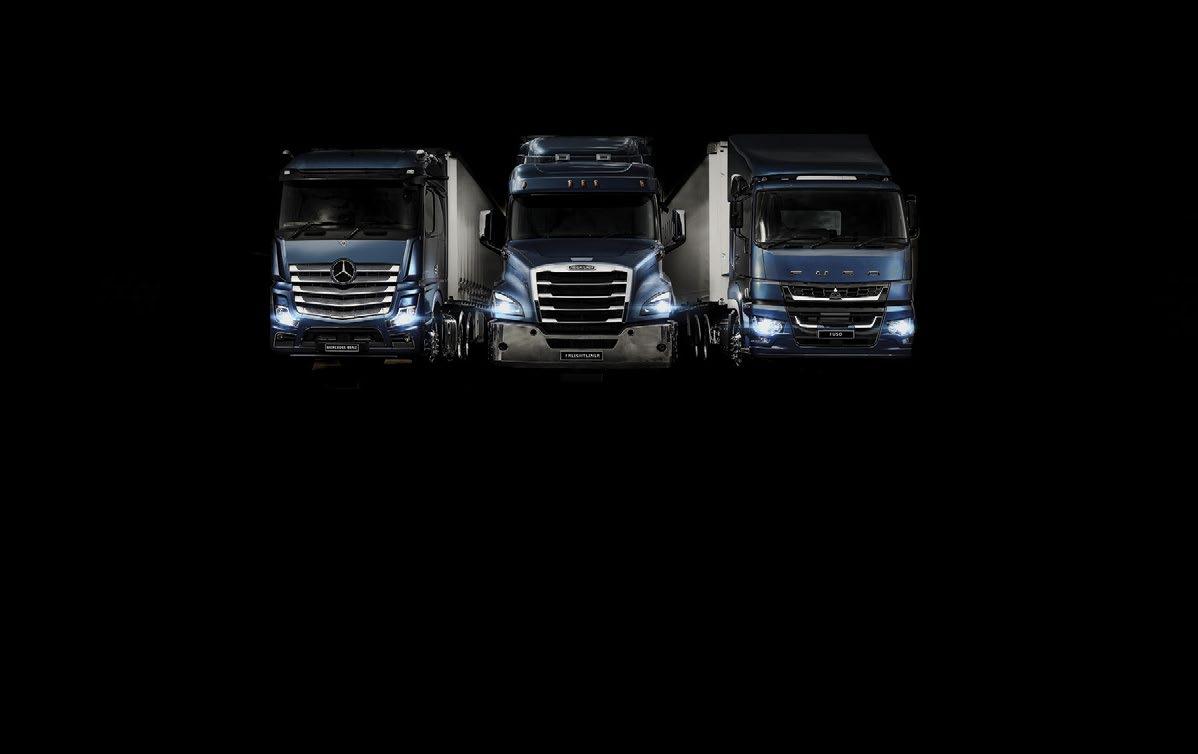



DIRECTOR
Margaret Murphy
EDITORIAL DIRECTOR
Dave McCoid
027 492 5601
dave@nztrucking.com
EDITOR
Gavin Myers 027 660 6608 gavin@nztrucking.com
For all advertising enquiries:
ADVERTISING MANAGER
Pav Warren 027 201 4001 pav@nztrucking.co.nz
Mike Devon 027 332 4127
mike.devon@nztrucking.co.nz
Maddy McCoid 027 336 6811 maddy@nztrucking.co.nz
SUB
021 182 4803 shannon@nztrucking.co.nz


Craig
Niels
Tim

New Zealand Trucking magazine is published by Long Haul Publications Ltd. The contents are copyright and may not be reproduced without the consent of the editor. Unsolicited editorial material may be submitted, but should include a stamped, self-addressed envelope. While every care is taken, no responsibility is accepted for material submitted. Opinions expressed by contributors are not necessarily those of New Zealand Trucking or Long Haul Publishing Ltd. All rights reserved. This magazine is subject to the New Zealand Press Council. Complaints are to be first directed to: editor@nztrucking.co.nz with “Press Council Complaint” in the subject line. If unsatisfied, the complaint may be referred to the Press Council, PO Box 10 879, The Terrace, Wellington 6143 or by email at info@presscouncil.org.nz
Further details and online complaints at www.presscouncil.org.nz
6 months (6 issues) $70
One year (11 issues)
1 Year Australia (11 issues)
1 Year digital (11 issues) $45

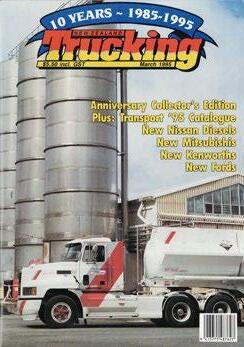



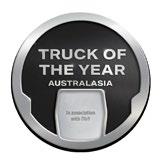









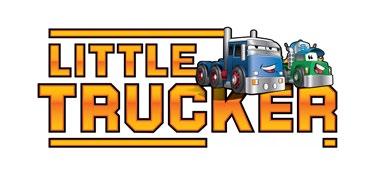
In September 2000, I had a pivotal experience. I’d just turned 12, and for my birthday, a good family friend gifted me a subscription to Car Magazine – ‘The motoring journal of Southern Africa’, as it was tagged at the time.
Being mad about anything with wheels and an engine –especially cars – I devoured every word and image on every page for the next decade and then some. Over time, I added to the collection with past issues going as far back as I could find and read those, too. My enthusiasm for reading each issue cover to cover only really abated once I’d had a few years of writing for a living. Funny how that works.
The pivotal bit? That subscription put me on a path to a career in magazines. By 15, I knew what I wanted to do with my life; I wanted to be editor of Car
I didn’t realise that ambition. But I did become motoring editor of a newspaper and work my way up to editor of three individual magazines – two of
Adecade has passed since I first sat in the editorial office at Fairfax Media on the two-month journey to my first solo magazine – the June 2015 issue (magazine months remember, not calendar).
I’d contributed to the magazine from not long into its life – thank you Jon Addison for taking the punt on a bunch of truck-crazed young blokes from within the industry. But the hot seat was a different world entirely, the learning curve beyond vertical.
Why did I take it on? There were two reasons. One, I’d been mildly critical of our old ‘bible’ in the preceding year or so,
which were truck magazines, one of them being the title you’re reading right now.
Even then, as I finished school and began my journalism studies, people questioned the decision to go into print. The internet was on the rise, rapidly.
But, Car is still going and only a couple of years away from its 70th anniversary, and despite being well settled in New Zealand, I maintain a subscription. I’m sentimental like that…
Likewise, New Zealand Trucking celebrates 40 years of publication this month, and it’s still going strong. It’s nothing short of an honour to be a part of the magazine at this point in its history, as No.7 in the editor’s hot seat, driving content.
Having paged through our archive of past issues to compile some of the historical content you’ll see beginning (by chance) on page 40, it’s clear that it hasn’t changed a bit in some ways, while in others, it’s changed a lot. The foundations are still all there – great content, editorial
which put me in an interesting position. I’ve witnessed drivers over the years criticise ops guys, yet decline the opportunity to take control of the phone, RT, and dairy. I therefore had no choice if I was to hold to principle.
Two; I wanted to prove that one of us could look after our own magazine in the event we needed to. I wanted to do the driving community proud.
I’m still terribly starstruck when meeting and interacting with those in the industry I consider heroes, especially when they ring me, their name and number lights up on the phone – ‘Is this for real?’ I think.
In my 10 years at the helm,

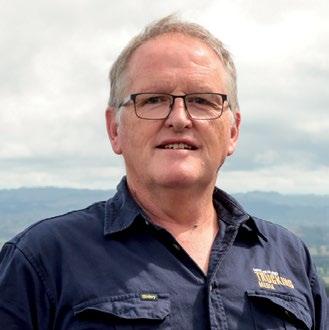
integrity, a passionate team and dedicated writers. Of course, over four decades, it’s been necessary to keep up with the times … much of the content published then would never fly today, and much of today’s content wouldn’t have appeared in even the most creative pieces then.
That gift subscription created a genuine passion in me for magazine media. And in an increasingly digital world, I derive real joy in seeing a publication thrive, especially when so many others have been lost. Is it a tougher environment than 20, even 10 years ago? Unquestionably. And a far cry from the glory days of the 1980s and 1990s.
But they’re funny things, magazines. Despite all the moves to digital, with its instant access to any content you could want and the ability to consume it in
I’ve got to see, photograph, write about and interact with every corner of an industry I have been passionate about from the time I saw my first truck. It’s always been trucks … when life has derailed me, it’s trucks that have re-railed me.
Then there are the people I’ve met within, those I worked for, and those who have worked with me – partners and co-workers. Every day, I underserve those who devote their work lives to making New Zealand Trucking Media’s content vehicles the best they can be. They’re an incredible group of inspirational people, utterly dedicated, and I can’t do enough to try and do better by

moments, magazines are still the most highly regarded. They’re still the authoritative media. They’re tangible. Permanent. There’s real value in that and we know people only part with their hard-earned cash for things they value. We never forget you could just as easily choose to get your trucking content for free elsewhere, which is why we’re driven to improve New Zealand Trucking magazine, year after year, decade after decade. Thank you for being a part of our journey. I hope you’ll truck along with us for the next four decades and more.
Gavin Myers Editor
them. To them I say, it has been one of the honours of my life to be part of yours.
Lastly, the two names that are the reason all of us are here.
The two blokes who took a deep breath and launched a magazine in March 1985 where nothing had been before. They changed the course of their lives and ours. To Trevor and Jon, every single one of us will be eternally grateful. Here’s to 40 fabulous years that’s been, and hopefully 40 fabulous years ahead.
Dave McCoid Editorial Director






















Enquire about our new van refrigeration package
Enquire about our new van refrigeration package
Enquire about our new van refrigeration package




Enquire about our new van refrigeration package Enquire about our
New range of HE (High Efficiency) fridge product due out on Truck and Trailer
New range of HE (High Efficiency) fridge product due out on Truck and Trailer
New range of HE (High Efficiency) fridge product due out on Truck and Trailer
New range of HE (High Efficiency) fridge product due out on Truck and Trailer
Enquire about our service and safety check packages on all the Dhollandia tail lifts
Enquire about our service and safety check packages on all the Dhollandia tail lifts




Volvo Trucks has made the all-new fuel-saving Aero range available in the New Zealand market.
After debuting in Europe in early 2024, the FH Aero range showed efficiency improvements of up to 5% in testing.
The FH Aero will be available in New Zealand with a choice of 13L and 17L Euro-6 ICE





powerplants, as well as Volvo’s heavy-duty electric driveline.
Operational results show that the ultimate fuel saver will be the FH Aero with I-Save. This turbo compound unit is rated at 372kW (500hp) yet punches out 2800Nm of torque.
The proven 13L 402kW (540hp) also remains an option for Aero, as does the new D17 powerplant in ratings from (447kW) 600hp and 3000Nm up to 581kW (780hp) and 3800nm. Aero cab options span sleeper, Globetrotter XL and Globetrotter XXL options.
The aerodynamic improvements of the Aero range have been attained by extending the front of the existing FH cab by 240mm, allowing for a smoother, more rounded cab front. This is shown to reduce drag and, as a result, energy consumption.
“We’re pleased to be launching the Aero range in New Zealand. This truck represents another great improvement from Volvo to progress sustainable transport, with the added benefit of lowering running costs for operators,” said Scott Robinson, national sales manager, Volvo Trucks New Zealand.
Volvo’s newly launched Camera Monitor System (CMS)
also comes as standard on FH Aero. CMS features a zoom-out function, automatic panning that tracks the vehicle’s rear while negotiating intersections, fixed reverse panning, and an infra-red mode for low-light conditions. CMS drastically improves the driver’s field of view around the truck.
The system’s camera lenses are heated and automatically activate depending on the outside temperature to ensure a clear view in all weather conditions.
“The drive experience of this vehicle is very impressive. The performance of our new generation I-Shift transmission, Euro-6 engine range and powerful electric drivetrain, and the range of powerplant, including the new D17, provides options that allow operators to tailor the Aero perfectly for their application,” said Robinson.
“It’s remarkably smooth and quiet to drive. Given that safety is a primary focus for Volvo, the Aero comes with the added driver support features like Pilot Assist and Front Short Range Assist to detect vulnerable road users, available across the Volvo heavy-duty range.”
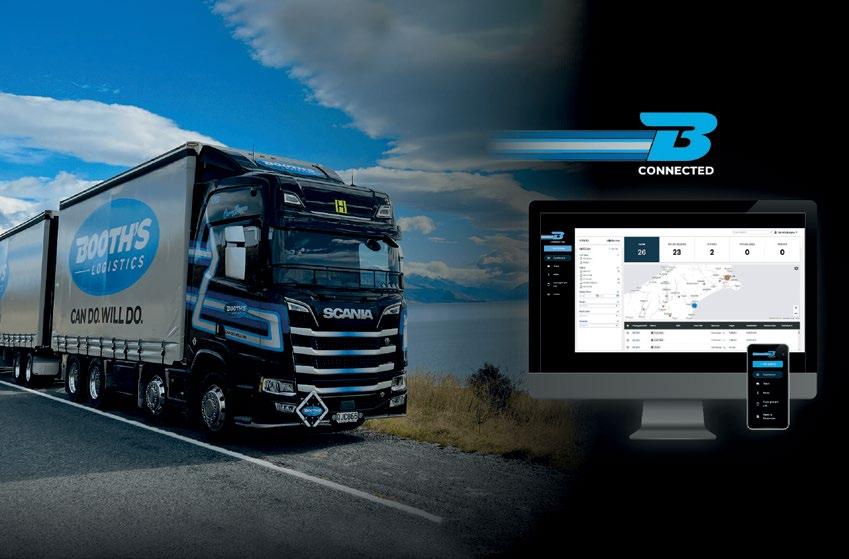
Booth’s Logistics has announced the public release of B CONNECTED, a next-generation customer portal designed to transform how businesses manage their freight and logistics.
Available now for all existing and new Booth’s customers, the stage one release of B CONNECTED provides public track and trace functionality for all general freight and container movements available at booths.co.nz.
In addition to this, all Booth’s Logistics customers now have access to their own customer portal, designed to provide them with one central port of information for all their general freight and container movements.
“B CONNECTED offers you, your team, and your customers real-time data and makes available all the mission-critical customer tools when and where you need them,” said Dallas Vince, Booth’s Logistics CEO.
Inside B CONNECTED, customers can submit and book new freight jobs, including accessing estimates for quoting, get track and
trace visibility on the status of all freight consignments, subscribe to SMS or email notification for tracking and delivery events, submit enquiries regarding all freight jobs, get details about freight and transport rates, see network status updates, including any weather disruptions, ferry delays, and so on, see a fully embedded reporting suite of logistics services and carbon emissions.
Booth’s Logistics has an ambitious roadmap for B CONNECTED, with intentions to integrate warehousing, health and safety, finance, and even carbon emissions reporting.
The rollout of B CONNECTED has received a strong response, with over 500 companies and 1000 users onboarded over the past few months.
To help streamline the onboarding process, Booth’s has also created an online training hub. This includes an overview video, a series of FAQs, a user manual, and stepby-step how-to guides to help ensure a smooth experience for all existing and new clients using the portal.

Trust Ixom and SCR for dependable AdBlue supply in NZ. Contact us at sales@scrsolutions. co.nz or 0800 145676 for all your bulk, packaged, and dispensing equipment needs. Reliable, secure solutions when you need them 24/7.


Rotorua’s Mills-Tui has just completed its 50th medium water tanker for Fire and Emergency New Zealand.
The truck is a Hino FG1628 AT SPRING and features a 280hp engine, Allison automatic transmission, vehicle stability control and alloy wheels.
Mills-Tui specialises in designing and manufacturing a full range of heavy transport truck and trailer units, fire-fighting and other related emergency vehicles. It

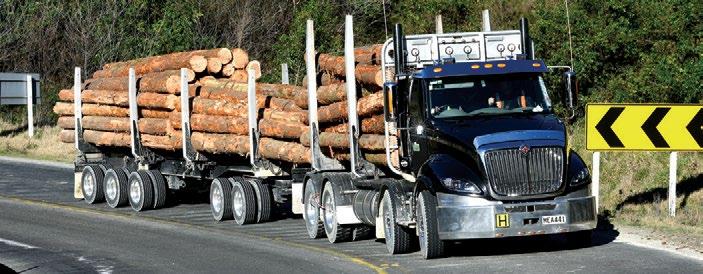







communities, as well as defence applications. Its water tankers support fire appliances where water supply is an issue.
The company’s medium water tankers are now nationwide, working to help protect rural New Zealand communities, including eight incident support vehicles
Penske Australia & New Zealand has made two new appointments to its executive leadership team. Gary Bone has joined the
leader with a strong track record of achievement, Gary will utilise his comprehensive industry experience in managing our onand off-highway operations.
leadership that will hold him in good stead as he brings a fresh approach to this newly created role.”
Most recently, Gary held


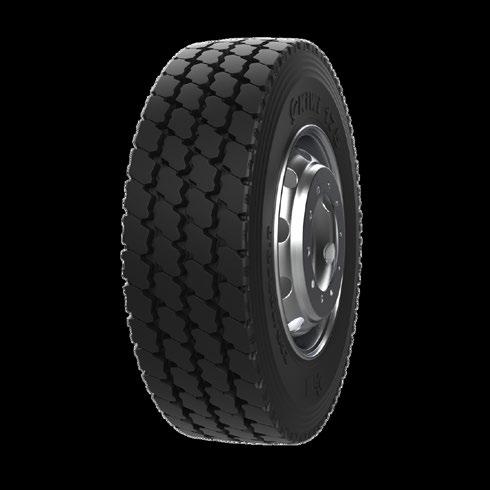



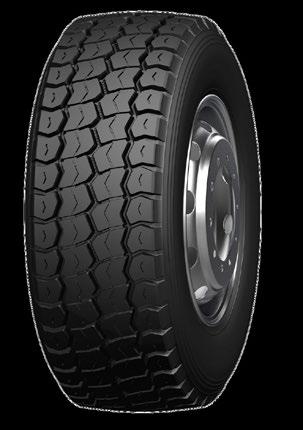








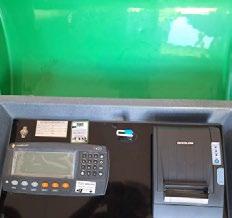
Following the sale of Hyster New Zealand to Adaptalift Group Australia on 28 February, general manager Mike Rule stayed within the Sime Motors group, taking on the role of general manager, Hino Distributors NZ.
Over the past eight years, Mike has worked across three Sime Motors New Zealand businesses, gaining extensive knowledge of the commercial transport
industry. Before joining Hyster NZ in 2022, he filled senior roles at TWL and Truckstops.
“Mike has consistently displayed a collaborative, handson leadership style that adds operational value while building a strong team,” said general manager for Sime Motors Commercial, Michael Doeg.
“Most recently, he has successfully worked with the Hyster team and Adaptalift to deliver positive outcomes for both businesses. After rising to the top of the list in a competitive recruitment process, we are delighted that Mike’s chosen to stay within the group.”
Hino Distributors NZ imported the first Hino trucks from Japan in 1964. The Sime Motors NZ Group (formerly Sime Darby Motors NZ) bought the distributorship in 2004.
“I’m looking forward to working with another world-class brand,” said Mike.
“My focus will be on supporting the team to ensure Hino is represented to its full potential in the New Zealand market. With Sime Motors’ backing, I’m excited to be in a position to lead the team and grow market share through the delivery of a great customer experience.”
On 31 January, Sime Motors NZ announced it has entered into an unconditional sale and purchase agreement to sell its Hyster New Zealand business to Adaptalift Group. Adaptalift has been the sole dealer for Hyster Yale in Australia since 2009 and opened its first New Zealand branch in East Tāmaki two years ago.
“When our parent company, Sime Darby Berhad, acquired Toyota forklifts as part of the global purchase of UMW at the end of 2023, it had a downstream impact on our dealership agreement with Hyster Yale in New Zealand,” explained Michael Doeg, general manager Sime Commercial Sales NZ. “We invested a lot of time selecting the right business to take Hyster New Zealand forward, with a key focus on offering attractive terms of employment for employees and a clear vision for the future. Adaptalift was the right fit on both counts.”
“Hyster New Zealand is a strong business with deep customer relationships, great technical expertise and a nationwide footprint. Our initial focus is on supporting business continuity, working closely with the team and customers to ensure service levels are maintained and optimised,” said Steven Taylor, Adaptalift CEO.





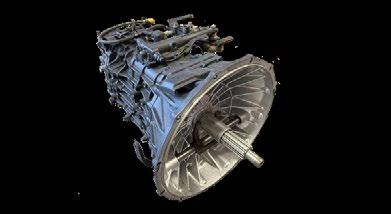
Scania New Zealand has achieved remarkable success by securing the No.1 position in market share for heavy trucks for the fifth consecutive year in 2024.
The brand gained a market share of 22.9% and registered 646 heavy trucks in 2024.
In addition, Scania is ranked among the top five brands for all new trucks and buses over 3500kg, with 649 registrations. This underscores the company’s strong presence in the overall market while focusing on heavy trucks above 16,000kg.
This accomplishment comes despite challenges in the current economic environment, as highlighted by managing director Victor Carvalho.
“I’m incredibly proud of our team here at Scania New

Zealand – to be No.1 for five consecutive years is a fabulous achievement.
“We also have the largest 10-year rolling fleet in the country, so these achievements are not only a testament to the
team but also to the loyalty of our valued customers, who have contributed to a successful year in what has been a challenging and competitive landscape,” said Carvahlo.
Scania NZ has appointed Thomas McDonagh as its new dealer director north.
McDonagh comes from his previous branch manager role at Scania Rotorua, which he held for nearly four years, and replaces Mark Wright in the dealer director north position.
The role is responsible for managing the four Scania branch managers at Whangārei, Auckland, Waikato and Rotorua and ensuring the branch network has the resources required to deliver Scania’s premium customerfocus on parts and servicing.
“I am very motivated about my new leadership role within the Scania NZ team.

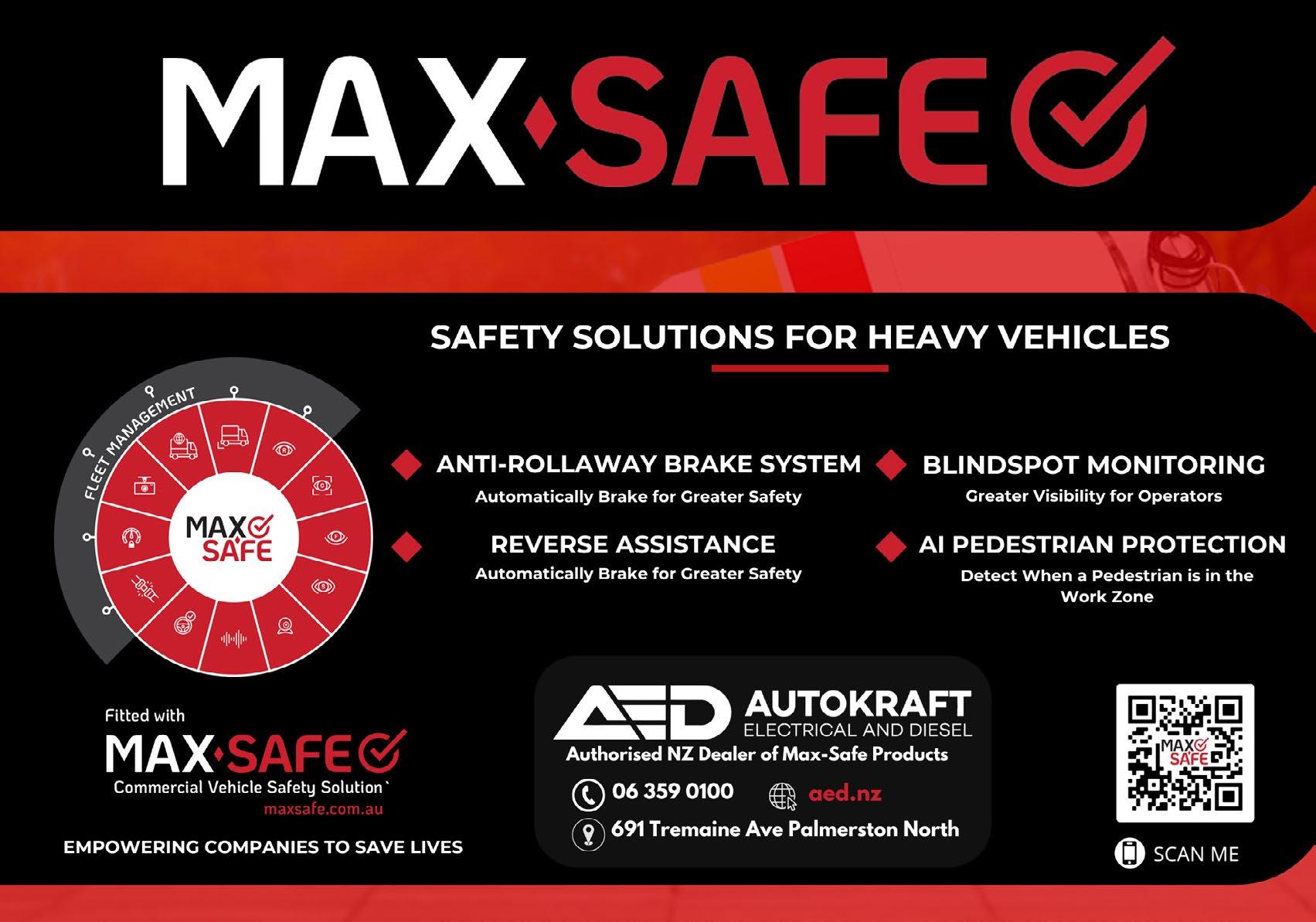


The good thing is after working alongside the branch managers for a number of years, I’m very familiar with the dynamics of the team, and I look forward to getting the very best out of my high-quality colleagues so we can continue to do our very best for our clients,” said Thomas.
Scania NZ has one other dealer director role (dealer director south) held by Kelly Henshaw, who covers the remaining five branches located across southern and central New Zealand.
Dealer directors are part of Scania NZ’s executive management team, reporting directly to managing director Victor Carvalho.

The International Truck of the Year (ITOY) Group has announced that Florian Engel, ITOY member for Austria, and Fabien Calvet, ITOY member for France, have been elected chair and vice chair of the Truck of the Year organisation, respectively.
Gianenrico Griffini, who has been chair for the past 16 years, will become the chair’s special advisor.
Florian Engel, Fabien Calvet and Gianenrico Griffini will work closely further to develop the organisation’s initiatives and international presence.
The ITOY Group is also pleased to announce that Joseph P. Howard, vice president and executive editor of Transport Topics, has been appointed ITOY Associate Member for the US, joining a team of 35 commercial vehicle journalists
and trade publications with a combined readership of more than 1.2 million truck operators worldwide.
From us at New Zealand’s Associate Member publication, welcome to Joseph and Transport Topics and a heartfelt congratulations to Florian and Fabien. Gianenrico’s tenure at the helm has left big shoes to fill. We look forward to working with you all in the coming years.


Southern Automobiles dealer principal Michelle Findlater is the 2025 recipient of the Janet Lane MNZM Scholarship, awarded by MITO and the Inspiring Futures Foundation in their annual scholarship awards. Michelle will use this scholarship to complete the Harvard Division of Continuing Education’s Certificate of Leadership Excellence in Strategy and Innovation.
The Janet Lane MNZM Scholarship is awarded to a single individual each year to support an intensive and comprehensive course of management and leadership study. Named to honour MITO’s former longstanding chief executive, Janet Lane, the scholarship is designed to enhance and accelerate opportunities for individuals
whose development of leadership capabilities will have a significant impact on the performance, productivity and profitability of their sector.
Michelle Findlater, who has over 20 years’ experience in the automotive sector, is just such an individual.
Before joining Southern Automobiles in 2024, she held senior roles at Scania NZ and GWD Motor Group and has a demonstrated commitment to governance and leadership. She has also shown an exceptional dedication to continued learning, having completed bachelor’s and master’s degrees in applied management alongside her employment.
Earlier in her career, Michelle completed MITO’s Certificate in Automotive Electrical Engineering and Certificate in Business (First Line
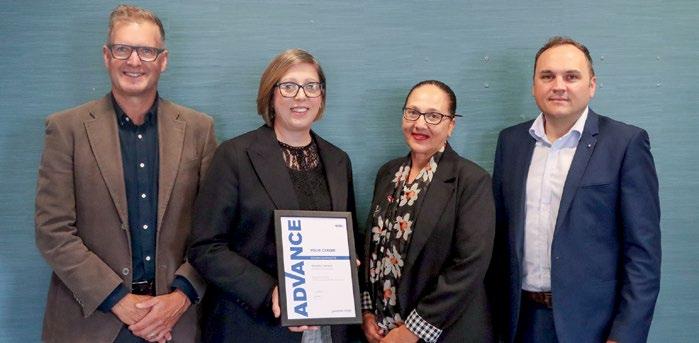

Management). In 2016, she won the Motor Trade Association’s Female Achievement in the Motor Industry Award, and in 2021, she completed the MTA’s Aspiring Directors programme.
“This opportunity represents a critical step in my academic and professional journey, and I look forward to the possibility of learning from and contributing to the esteemed Harvard

- 32 Hastie Avenue, Māngere Bridge, Ph: 09 634 8500 Hamilton - 38a Maui Street, Ph: 07 849 5128 Tauranga - 12/45 Kaweroa Drive, Tauriko, Ph: (07) 282 9910 Palmerston North - 25 Bisley Street, Ph: 06 355 9033 Christchurch - 38a Parkhouse Road, Ph: 03 343 6814
community with the support of MITO and the Inspiring Futures Foundation,” said Michelle.
The certificate programme will take a year to 18 months to complete and Michelle, who, as a condition of the scholarship, has already registered with and been accepted by the Harvard Division of Continuing Education, will begin her studies immediately.





MODEL: JH6-T6HR

5th wheel included
3 YEAR, UNLIMITED Km WARRANTY
BRIEF SPECS: JH6 6x4 High Roof, Flat Floor Sleeper Tractor
ENGINE: FAW CA6DM3: 550hp | 1917 ft/lb Peak Torque
TRANSMISSION: ZF AMT 12 Spd | Manual Mode Selection
Intarder with 4 Stage Brake Selection
BRAKE SYSTEM: Disc Brakes, Knorr Bremse | Wabco System
FRONT AXLE: Rated 7.7T, Parabolic 3 Leaf Springs
REAR AXLES: Rated 26T, Diff Locks, Inter-axle Lock
REAR SUSP: ECAS | 8 Bag with Shocks and Stabalisers
SAFETY FEATURES: AEBS, LDW, ESC, FCW, EBS, 360d Camera Display
CAB SPECS: 4 Bag Cab Suspension | 1.95m Ceiling height
760mm Wide Bunk | Fold-away Upper Bunk
ISRI Seats with Fridge Drawer under bunk
10” Display Multiple Function Touch Screen
FRAME RAILS: 700 MPA Tensile Strength | 300 x 80 x 8mm
MODEL RATINGS: GVM 25,500kg | GCM 70,000kg (90T on application)
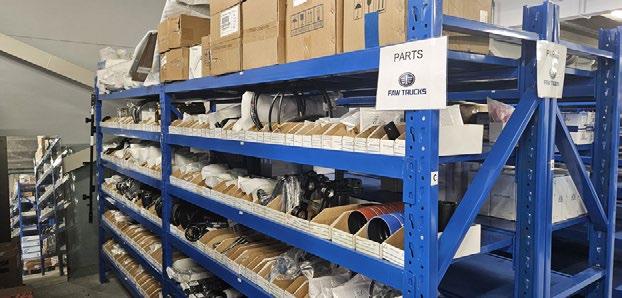

SOLID BUSINESS REASONS to BUY a FAW:
● Intertruck is an Experienced and Trusted Importer with PARTS Stock in New Zealand
● FAW is backed by 21 Nationwide Dealers and Service Centres in New Zealand.
● Lower Cost of your new Fleet Asset allows Growth in other areas of your Business.
● JH6-T6 leads South Africa in Fuel Economy.
● Over 500kg LIGHTER than Euro Brands.
● FAW is a well known and Respected Brand in 80 Countries Worldwide.
Excluding GST, Includes ORC, no trade: $221,000 8160kg +/- 1% TARE Premium Interior Layout

Napier-based electric vehicle charging startup
Kwetta has closed an oversubscribed $17.5 million series A funding round.
The company said the milestone would help address one of the biggest bottlenecks in EV adoption – unlocking the electricity grid, especially for applications like heavy transport, fleets and large-scale charging hubs.
Kwetta was founded in 2021 and has rapidly expanded its footprint in New Zealand’s charging infrastructure with 39 high-powered charging outlets, with more on the way.
“At Kwetta, we’re electrifying
transport for a more sustainable future,” the company said.
“When we started in 2021, our vision was clear: create technology that enables largescale electrification without the usual roadblocks for customers of high costs and delays.
“Today, the Prime Grid Gateway, our grid-first innovation, is turning that vision into reality by unlocking grid capacity for ultra-fast EV charging without expensive upgrades or batteries. This funding allows us to take that mission global, scaling faster and innovating further.”
The new funding, led by Blackbird Ventures and

supported by Virescent Ventures (backed by the Clean Energy Finance Corporation), Icehouse Ventures and others, will enable Kwetta to expand into new markets like Europe and Australia.
“Heavy transport is electrifying faster than anyone
expected, and the demand for solutions like ours is exponentially growing,” the company said.
“Thanks to our team’s hard work and our partners’ confidence, we’re ready to help fleets, trucks, and buses electrify while keeping the grid intact.”







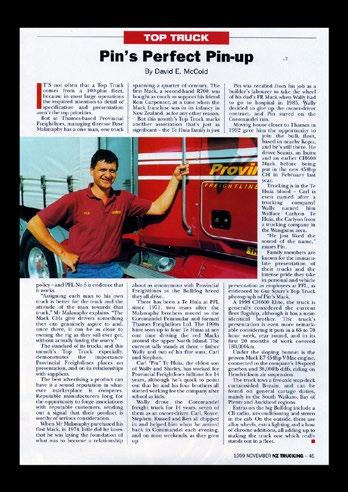



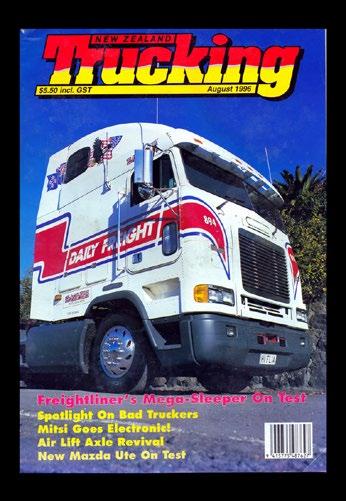


The first issue of New Zealand Trucking magazine hit the shelves with a blue R-Model Mack from the Waikato adorning the cover. The truck’s name was Torquing Bulldog and it was owned by the magazine’s co-founder, Trevor Woolston, a contractor to Dibble Independent Transport at the time. Forty years to the month, we wanted a blue Mack from the Waikato on the cover again. Holy cow! Did we hit the nail on the head with the truck(s) we chose and the story behind the incredibly humble family who owns them.


One of the neatest things about my time at New Zealand Trucking magazine has been the ability to unlock many personal mysteries. Take Hanes Engineering, the wee forklift business on the side of SH1 Te Rapa – on Hamilton’s northern approaches. Ha ha, I hear you, but phrasing it that way was an intentional time stamp because that’s when the mystery started for me: riding in stock trucks to the neighbouring Horotiu freezing works, and then years later, rolling by in the MH Mack with a load of sawn timber for somewhere in Hamilton’s interior. It was a place bound to invoke an inquisitive reaction from any diesel- or machine-head passing by, posing far more questions than its humble presence could ever hope to answer. It always seemed there was more going on.
And now, decades later, here I am, sitting in a room at that very site, with current patriarch Chris Hanes. There are detailed answers to every question I’ve ever pondered and a confirmation that this is far more than a building and an eclectic collection of

used forklifts … all available to industry at a price sealed with a handshake.
Of course, the increasing presence of the company’s road fleet in recent years does more than hint at a hidden complexity. I was right! There was more going on. Four Top Trucks in New Zealand Trucking magazine also points to someone amid it all for whom trucks are more than Trojans of utility, serving to tell the world a little about the pride you have in what previous generations of your name have achieved. And that brings us to the question …
Other than a blue Mack form the Waikato, we had sort of hoped for, but realised it would be a little unlikely, a company celebrating a birthday. This is, of course, our 40th birthday issue and Rudd Transport, which owns the bedazzling Kenworth K200 gracing the poster in this issue (page 48), is 40 this year also. “Hmmm?’, we thought. ‘A birthday hat-trick? Is that even possible?’

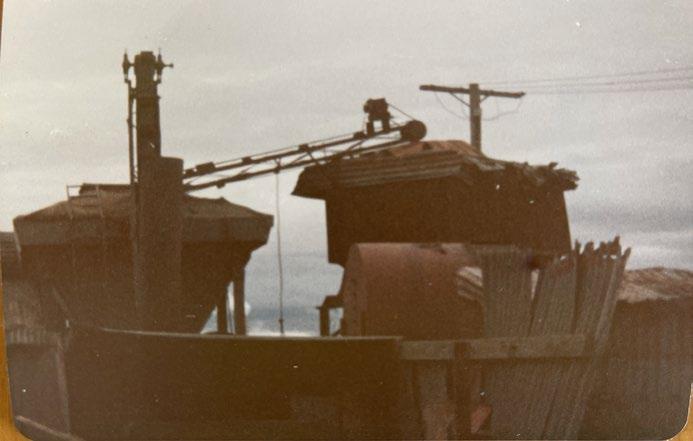
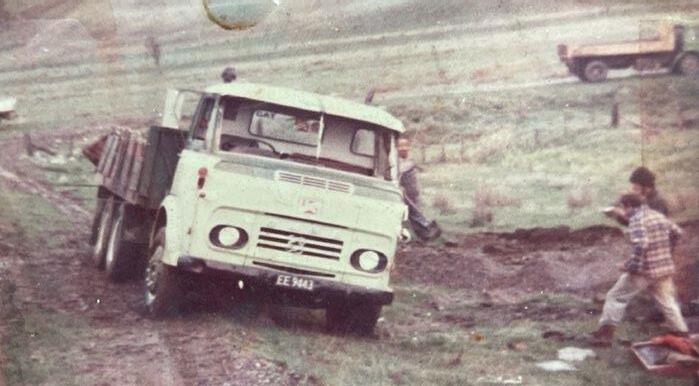
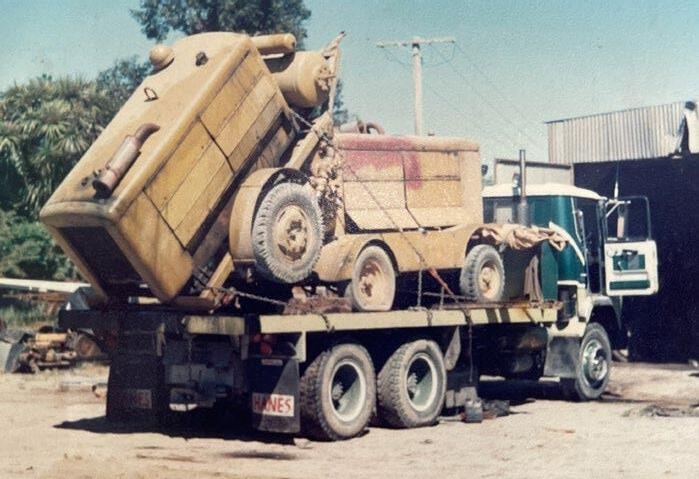


Although we weren’t going to attempt the full OCD with three companies turning exactly 40 –one of whom just happened to be based in the Waikato with a recently purchased blue Mack – we did feel we’d won Lotto when the Hanes name popped back up on our radar. They had the truck, you couldn’t get any more Waikato-based if you tried, and last year, the business turned 70! Plus, they’re an old friend, always willing when we call, so that was kind of nice, too. In fact, they support either publication when they call, so hats off for that to them, too.
It was early summer when I popped in, and Deb Hanes (wife of Simon – generation three) greeted me. “Simon’s away overseas, but I reckon he’ll be up for that, for sure! Call him when he’s back.” We did … he was … bingo!
Let’s not forget either, that any small local business that had been trading for over a decade when Neil Armstrong took one giant leap, saw JFK’s worst day, witnessed Norm Kirk pass away in office, Muldoon’s downfall, has survived the oil shocks of the early 1970s, the stock market collapse of the mid-1980s, the GFC, a pandemic (good grief!) … that firm has something to teach us all – and now would be a good time, all things considered.
One big lesson we’re retaught at Hanes is hierarchy. I ask Chris what his position is to get a fix
on where he and the two of his four sons in the business, Simon and Christopher, mesh. Chris stares back across the table, contemplative, with almost a baffled look. “I’m generation two, and Simon and Christopher are three – Carter is four. Well, I’m still here,” he chuckles, “so I guess, I suppose I’m … um.”
And there it was, right there in that moment – leadership is about the respect you’ve earned, not the label you slap on your chest plate, and believe me that respect walked in and out of the office all interview long. Anyone and everyone felt comfortable wandering in, and they were there simply to update Chris on what was going on, or seek a snippet of wisdom that would contribute to a decision they were making – not one being made for them. Let good people do what you trust them to do. The style is endemic through generation three also, and like so many long-standing businesses of their ilk, the hardest game to play in the dayto-day operation at Horotiu is ‘spot the Hanes’.
The other interpretation of the question points to the company’s activities. Walk through the gates at Horotiu and it appears the answer is ‘everything’. There are sheds and trucks, cleaning bays, engineering shops, painting bays, all buzzing with people here, there and everywhere. It’s largely container sheds and well-established portacoms, and Simon says to a greater extent


1) The original sand drying and screening plant at Horotiu. 2) The Commer shortly after it was stood up post mishap. She was all good … on we go. 3) The Nissan Diesel Tasker with a typical return load from a buying trip. 4) The Bedford TM with a hopper Chris took to Wairoa. “We had to jack it up to clear some bridges.” 5) The Fiat arrived in the same era as the TM. An ex-Shell tanker, Chris said it was a good machine to them. 6 & 7) Although the Fiat ended up in the blue livery, the ERFs were the real pioneers of eye-catching trucks at Hanes. 8) The TM in all her glory and almost ready for Wheels at Wanaka 2025.
that’s a zoning thing as much as an expediency thing – there are other facilities elsewhere.
The deck/smoko room combo typifies the camaraderie that appears woven into the company’s DNA, a place where everyone goes to chill and chat.
Where does it all start then?
The engineering shed out at the roadside recently adorned with the 70-year logo, still the family engineering firm today. That shed, and Chris’s father Ivan Hanes … Well, sort of.
“We hail from Gisborne originally, my mother Elaine was
a Huntly girl. Dad came to the Waikato to work for his uncle Vesti Thomas who had Hamilton Engineers and Traders, and between he and my grandfather they sort of got Dad established.
“My grandfather Charles Herbert Hanes was an only child and New Zealand-born in 1896. Neither of those two things were overly common for the era,” says Chris. “It was Charles’ predecessors who immigrated, 1844 I think it was. Carter and his generation are actually the fifth New Zealand-born generation.”
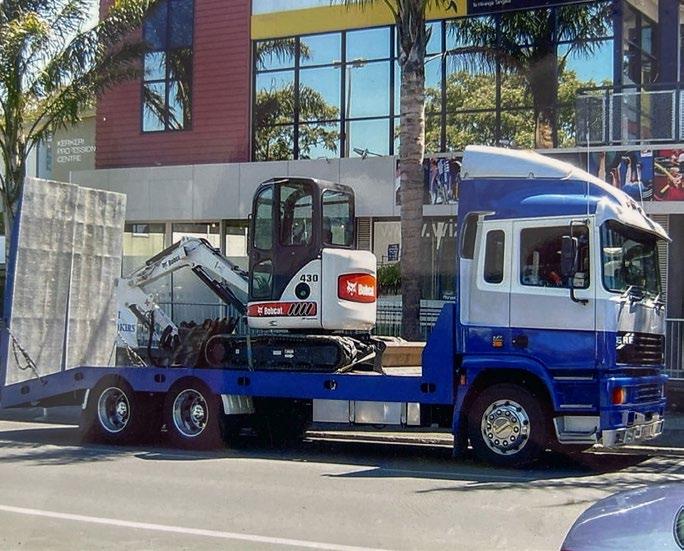
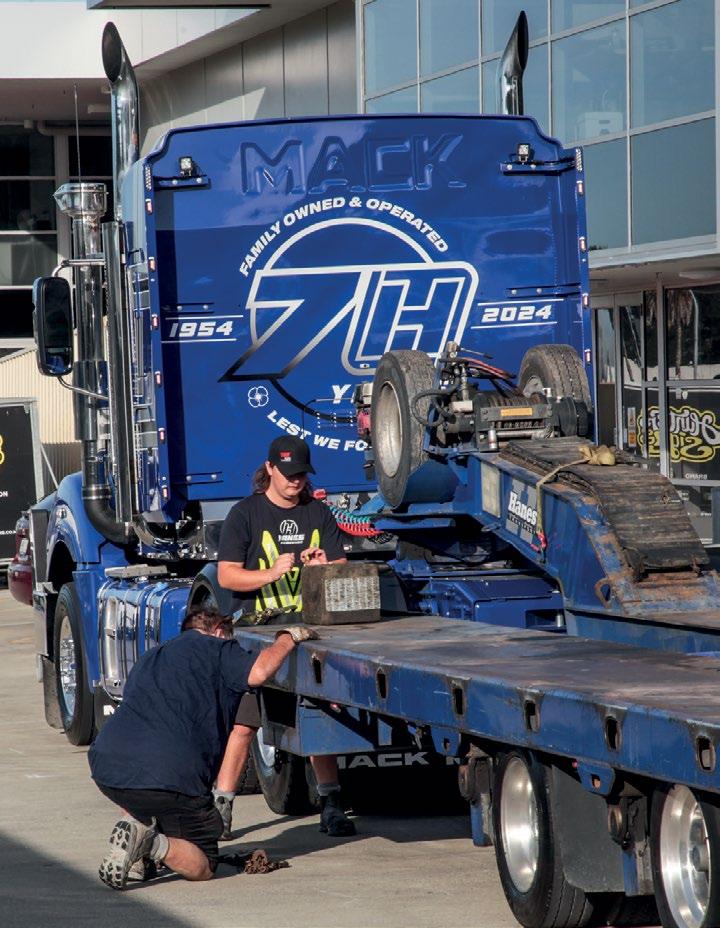
A World War I veteran, Charles worked for the New Zealand Loan and Mercantile Agency Company in Gisborne, that company eventually merging with Dalgety & Co in 1961 to become Dalgety and New Zealand Loan. “He eventually ended up the New Zealand boss for Dalgetys, and it was he who helped Dad with the seed money for Hanes Engineering. Charles lived to 102, passing away in 1997, so I knew him very well.”
Chris was one when the family relocated to Horotiu
from the one-room shed they’d rented off Dick Wymer down by his sandpit on River Road in Hamilton. With his new shed up, Ivan was in business on 24 June 1954, taking on whatever needed building or re-engineering. In time, the lastever Keith Hay house moved from Auckland to Hamilton arrived also – the Hanes was established!
As a subcontractor to Clyde Engineering, he was heavily involved in the truck repowering era so prevalent in the wider region post-war, up to the

early 1970s. The big Americans were still a way away and the demand for more capable trucks was insatiable on the back of exploding regional growth, forestry, and infrastructure projects. “Perkins 6354s, Caterpillars, and 6V53 GMs all into Commers were common. Mahons, the circus people, they liked Cats in their Commers. John Mahon has still got one in his shed,” says Chris.
“It was different then. When I said he’d do anything, that meant anything to make ends meet, and that might mean digging drains if the engineering was slow. Although we still have a dedicated engineering business, and always will, it was his willingness to do anything in the early days that resulted in what we have today.
“Dad died in 2008 aged 80. We only had the one truck then and he said, ‘You know, I can see the day where we’ll have six trucks.’ I wonder what he’d think of it today with 11 in the fleet.” Visibly emotional, Chris says, “When he was close to passing, I remember him telling me, ‘Don’t

forget where you come from.’ I’ve held that close ever since.”
Aside from the engine conversion work, road cleaners built on S Bedford chassis for Dick Wymer, coal carrying decks for Watt Brothers in Ngāruawāhia, and reconfiguring NZCDC TK Bedford 4x2 tractors for their second life on-farm or elsewhere, were all part of the Hanes’ work profile.
As the business grew, Ivan chose not to keep up with the emerging mass-produced structural market – sheds and barns, etc. “Dad could see it was an area of growth, but too competitive and low margin. Although we did a lot of structural engineering, it was all quoted jobs.”
Growing up in and around the business was Chris’ life, and he remembers his early involvement in the truck work. He followed the family path, qualifying as a fitter turner and fitter welder, and in time, worked on some of the biggest jobs, like welding in the foundation sections of the
Huntly Power Station chimneys, welding on the sheet piles during the building of the first shore-to-ship slurry pipeline at Taharoa, and tank assembly at Wiri Oil Services.
Innovation and opportunity can pop up when there’s a dearth of key materials in an economy buzzing with big projects. By the early 1970s, one of those key materials was blasting sand.
“The demand for dry, clean, and multi-grade blasting sands was increasing and at the same time, there was a move away from silica-based sands, mainly for health reasons. Going to places like Whiritoa on the Coromandel, or Roose’s up the road for our sand was out of the question.
“We sought and were awarded a mining licence on the West Coast north of Te Akau at Matira. I’d been out there looking and it was really good stuff – I had it analysed at the DSIR [Dept of Scientific and Industrial Research] and it was 98% iron, it was the best in the country.”
The plan was to cart it back
to Horotiu in the business’ trusty Commer, where it would be screened and then put through a dryer Ivan had built from an old rail concrete mixer ex the Turangi power project, heated using a Cat D8 injector pump and atomiser fed with waste oil. From there, it was cooled in a series of large hoppers. “Cooling it was the problem; once it was through the kilns you couldn’t get the heat out of it; it would stay hot for weeks. You couldn’t bag it due to heat and weight. At times, we had trouble carting it because it would melt the covers on the truck.
“Of course, access to and from the mine was the issue, you had to cross private farmland and the locals weren’t too excited about trucks on the terrible roads west of Te Akau village. Permission to access was a contingency of the licence and therefore the mine’s location. Luckily, we found a willing farmer who saw huge personal value in the access road we would develop from his place, out to the coast proper. Another condition was no trailer, truck only, even though local stock Over size coming through.

trucks ran trailers.”
With a Ruston-Bucyrus RB10 dragline on site and ready to go, the Commer TS3 with a 6354 Perkins repower set forth on cartage duties, a young Chris at the wheel most of the time. Having 120hp (90kW) on tap, a five-speed transmission and two-speed diff, it was no real match for the access road, or the rural roads that led away from the farm for that matter.
“The first hill away from the load-out was a big one. If it ran out of power before the top, I’d simply roll back and take some off … then have another go. The days we had three loads to do were long, I can tell you.
“We only had one ‘oops’. I laid it over on the access track. Dad came out and the farmer helped us. We winched the deck back into place on its side so the ram wasn’t damaged, stood it up, chucked the popped windscreen in the cab next to me, and off I went. You just sorted stuff in those days. Now there’d be all sorts of people out there, probably a helicopter, goodness knows what.”
With more than enough product to meet their own
requirements, word soon got around and before they knew it the Haneses had an additional enterprise on their hands.
“We carted to Rotorua, you’ve got no idea how long it took to get there in the Commer …” Chris says with laugh, shaking his head. “Three and a half to four hours.”
The Commer was replaced in time with a Nissan Tasker 6x2 they converted to 6x4. The truck’s four-cylinder, twostroke engine was buggered and replaced with a 6V71 GM at 250hp, backed up with a 10-speed Roadranger.
“It was still truck-only out to the mine, although in time, we would sneak out with a trailer. We got away with it because we were never a threat. We’d be courteous on the road, and when asked about the chance of bringing a load of metal out, we would always deflect the request away to ‘Skin’ Henry, or Te Akau Transport.”
Marsden Point, Taranaki, Rotorua, Ōhāki, Wiri, they were all destinations for the Tasker.
“If you looked over the sides, it looked like you had nothing on the deck. I remember being
pulled into a weighbridge on the way up north once – I was often pulled up but never weighed. The cop asked if I had much on and I said no, of course. He looked over the side and said, ‘Oh hell no, that’s nothing, off you go.’ I was close to 50 tonne when I got there! It was 98% iron, you see. It looked nothing!
“The sand wasn’t a daily thing you realise. I did an Auckland load weekly, but the rest was as required by the customer,” Chris adds.
By the late 1990s, the blasting sand business was succumbing to a combination of a drop-off in the Think Big projects and bigger players in the sand and aggregate supply businesses moving in on the action.
It was the late 1980s when Ivan was down at the pub one night and did a deal to buy Gene Horne’s 661 Machinery Centre located on the Te Rapa straight where The Base shopping centre is now. Gene dealt in forklifts and all manner of machinery, purchasing, wrecking, on-selling.
He had the contract to purchase New Zealand Forest Products’ excess forklifts, it was a good business.
“I had to get the truck and go down and cart it all back here. That was the start of the forklift wrecking, parts and refurb business, still a core in the Hanes business today. It’s diversified a lot, but that was the start.”
The 661 purchase got the Tasker involved in a whole new world of cartage – linehaul!
“We were always travelling to auctions and sales – still do – to bring back stock we could strip for parts, reconfigure, or tidy up and on-sell. We modified a twoaxle tilt deck trailer to carry the forklifts, fitting hydraulics and a winch to carry forklifts, to go behind the Tasker.”
Chris remembers one memorable trip to Whanganui for a railways auction. “Me, Fergus King and a very young Simon left Horotiu at 2am and headed down through the Paraparas. I bought a couple of F20 forklifts – they’re 14 tonne each – plus a bunch of stuff, compressors and the like. By the time we loaded it and headed for home it was about
eight or nine at night. We ran out of power on one of the hills in the middle of the Paraparas somewhere. I kept the engine running and held the brakes while Fergus headed off into the night to find help. He came back with a farmer and a D-Series Ford and we managed to get going. The farmer offered to follow us through to the end in case we got stranded on the last climb just before Raetihi. We crested the top under our own steam at about 1000rpm; she was dropping off real quick. We syphoned diesel out of the forklifts to get us home on that trip. In those days, it was all cheques and often places wouldn’t take a cheque for fuel from an outsider, so we’d often carry fuel in case we needed it. We arrived home about lunchtime on Sunday, I think. Yeah, I’ve had a few horsepower issues over the years.”
Dealing with the constabulary in the pre-deregulation era proved eventful and timewasting on occasions also. In those days Hanes only carted its own product, but Chris recalls one occasion on a weighbridge near Levin where the Queen’s representative took some convincing. “Dad had to drive down from Horotiu with the paperwork before I could move!” (Who said emails and texts were a pain in the arse?)
“We’ve bought lots of stuff over the years. Three AvelingBarford dump trucks from Wanganui Road [Marton] – I brought them home on the Commer, two stripped down and one whole. One of them was turned into a forklift. World War II dump trucks reconfigured to forklifts for Delta Timber here in Ngāruawāhia. People don’t realise it now; you just couldn’t get forklifts back then.”
The truck fleet has increased steadily from that time on the back of growth and diversification in the core modern-era businesses –engineering and forklifts. The venerable Tasker was replaced
with an ex-Shell Fiat 619 tractor set up to cart forklifts, with a new Rawhiti Farms three-axle transporter on air suspension allowing the rear to drop down. “That was a good truck, 260hp with a Roadranger. Everyone knocked the shit out of me for having the air suspension on a transporter, but they didn’t understand our needs. Forklifts are a very specialist item to move – they’re high, point loading is huge, they need full decks, the ramp angles and all that. Most transporters are built to cart bulldozers and big gear. Our transport business was built on the back of no one wanting to move our forklifts.
“The Fiat was really the first truck we did outwork with on a regular basis. Simon has expanded the business as a specialist transporter of forklifts and scissor-lifts, the hard-to-cart materials-handling equipment.”
The Fiat was also the first truck to wear the Hanes blue livery. It was joined by a TM Bedford and trombone semi, the trailer obviously a support to the engineering business also. The TM is still in the company’s keep, recently undergoing a full restoration for the up coming Wheels at Wanaka 2025.
Truck brands at Hanes have been a mixed bag over the years. An R-Model Mack, ERF EC10s ex the UK, Freightliners in bonneted and cabover guise, IVECOs, they’ve all contributed to the wider business and materials-handling transport story. Today, the fleet reflects that evolution with highprofile units like Volvo FHs and Scanias pulling purposebuilt B-trains, and an IVECO S-Way semi combination, each encompassing everything learned over four decades in the business of hauling materialshandling equipment. The technology available in modern trailer systems has certainly played its part also.
Then there are the two big Macks set up in a more traditional vein for bigger, brutish loads. “Nick Kale at MTD has been great to deal with on the Mack purchases,” says Simon.
“He’s super passionate about the Mack product and it shows.”
Trailers are varied in terms of brand also, says Simon. “We have units from both local suppliers, and find TRT is great for the hi-tech stuff with the smarts it builds into the trailers, and MTE fits the big, heavy role really well.”
In classic Hanes style, the culture fostered around the trucking side of the distribution work celebrates the individual discipline, evidenced by not just the four Top Truck posters on the roll of honour, but most recently the Best Fleet Award at this year’s Bombay Truck Show.
“One man, one truck, and we’re now able to give them really good equipment. Plus, it is challenging work at times and that appeals to the good operators who like to be tested.”
The entrance to the Hanes business today still belies the activity and operations encompassed therein. The traditional cornerstones of engineering and all things forklift comprise the bulk of daily toing and froing, but it’s a case of how far can you take an idea.
“The distribution of OEM forklifts works really well with the parts and refurb business because we can often take traded stock off them,” says Simon. “With the exception of the Manforce off-road forklift, we don’t sell new. It just keeps us out of everyone’s way.”
(Shades of not treading on the
local carriers toes in the sand recovery days.)
“We do some storage of inventory. We have the room so we’re able to help; there’s a lot going on all the time. I just go where I’m told.
“Every aspect of what we do is specialised. Our ethos is we chase customers, not work. We don’t go looking for work, we look for commercial relationships and we focus on looking after them – we can offer a lot more than merely cartage. Many of our clients have been with us for a long time.”
Big, little, on- and offshore, there’s nothing this humble operation and its people won’t have a go at building, fabricating or moving.
“Our people are everything,” says Chris, always turning the limelight away from himself. “All our engineering boys are ticketed, and we do stainless. We’ve just completed a big cooling tower project. Last year we built a boutique meat plant in Central Otago, and we help with maintenance and shut work next door at AFFCO Horotiu.
“Greg Belk runs the engineering division. The Belk family has worked with us a long time – three of Greg’s sons work in the business and Greg’s late uncle Kevin also worked here for many years. They are wonderful craftspeople and a





Much easier to change lanes on the expressway when the trailer is narrowed up...

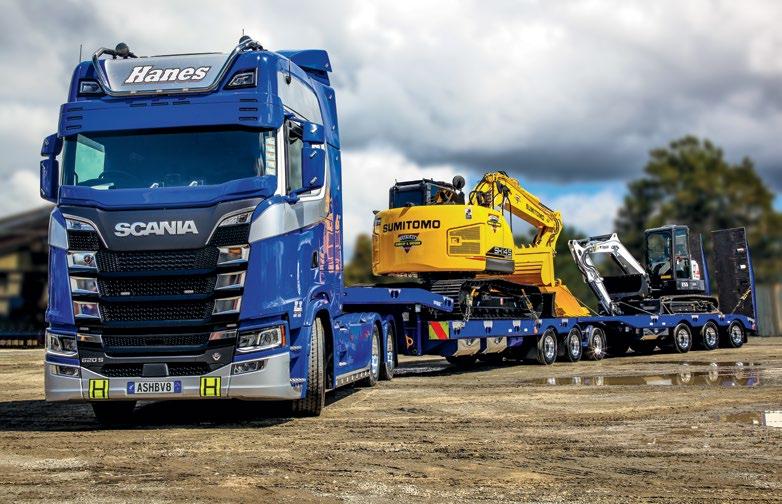



November 2015 / April 2021
Two of the four Hanes Top Trucks to have featured over the years.
wonderful family; we would do anything for them.
“Dave McGrath in the transport operations does a wonderful job for us. He despatches and pilots, and knows where everything is and what’s happening.”
In terms of succession, it looks like the incredible Hanes story is far from over. “There are four boys. Simon and Chris work in the business. Simon is taking over from me, and his wife Debbie handles a lot of the commercial arm. Christopher manages all the technical and compliance side of things. Their brother Karl works in law enforcement in Queensland and Mark is CEO at the Huntly Power Station, says Chris.”
Generation four is also present with Carter (21), currently driving the SuperLiner, and a diesel mechanic in his own right. Like all great family businesses, there’s no coercion or pressure on each generation to pick up the banner – but with engineering, machines and trucking all vocational occupations, it’s oddson someone’s going to grow up wanting to get involved from the moment their eyes can focus.
In a lovely touch to round out this part of the story, we end at the beginning recalling Ivan’s counsel to his son about never forgetting where you come from. On the day I interviewed Chris, I had to wait a few moments before we could sit down and start yarning. Chris was doing a deal on a forklift with John Mahon, current generation at Ngāruawāhiabased Mahons Amusements, a firm so entrenched in the fairground business in New Zealand, it almost qualifies as Kiwiana. Here, amid the hustle and bustle of the 2025 business, was a customer/supplier relationship as old as the Hanes business itself, with the two patriarchs having a yarn over a machine, a yarn that ended with a handshake.
“We’re turning into our fathers,” John said, laughing. “We can’t throw anything away!”

Enthusiastic and happy to chat, always up to tackling a challenge, and individualistically old-school, 49-year-old Mark Dennis is the type of driver who fits an operation the style of Hanes like a glove.
Having grown up in Morrinsville, Mark’s parents bought a farm near Tauranga before he finished school, which he did at Tauranga Boys’. Like many, growing up on farms meant an interest in machinery that naturally morphed into a career driving.
“I’ve been driving since I was 18; this is all I’ve done,” he says. Mark’s first job was driving an eight-wheel Leader for Renco in Tauranga, and only a couple of years later, he graduated to long haul with Regal Haulage.
“I saw an ad for this company near Hamilton that went all over the country. So I shifted over and stayed with my sister in Hamilton. I was with Regals for five or six years, and came back later for a couple of years. I loved it there as a young fella.”
Mark started interisland work in 1996 on an old drop-side International T-Line with Regals, taking a load of NZ Woman’s Weekly magazines from Auckland to Christchurch. “None of those trucks had power; it was a slow trip!” he says.
The bulk of his driving work has been on curtainside flatdecks or transporters – he’s been driving for Hanes full-time for six years, on heavy haul, but has been associated with the company for about two decades.
“I worked for LCL (pre-Altranz) and Hanes had one transporter when Simon had his ERF; we were subcontracted to do all the extra work. I enjoy this. Sure, you get your moments when it gets stagnant and you do your smaller loads or have three weeks of runs into Auckland, but I’ve never liked doing the same old repetitive work. That’s why I’ve never been into general freight, I can’t be bothered with it.”
Brought up on Macks and Kenworths – “I’ve always been a Mack fan, but Kenworth are good
gear” – Mark’s personal truck-owning history includes an Argosy and an MAN, a truck he rates highly.
“In 2015, I went to buy this Aussie-import Western Star at Penske in Auckland, but the truck was actually at another branch. The salesman suggested I take their MAN demonstrator for a drive, and I really liked it. It was something different, I’d never driven auto and never had all that tech. The newest truck I had was the Argosy from 2002.
“So he talked me into it and I bought a new tractor unit. I had it for four years and did about 400,000km, and out of all the trucks I’ve driven that was one of the better trucks I had. It held its own with only 540hp, and it was dangerously fast with its intarder … You’d go downhill at 50t and not touch the brakes once. It was a good truck; I really rated it. Never had an issue with it other than it chewed tyres.”
It was with this truck Mark taught the youngest of his two daughters (now 23 and 21) to drive off the wash bay at the age of 12, and passing on his knowledge to the younger generation is something he sees huge value in. “My girls didn’t follow me into the industry, but that’s okay. I try to coach the young fellas – that’s why we come in on Saturdays. It’s all about doing tyre pressures, fixing marker lights, all that,” he says.
Having enjoyed a life of driving, Mark’s kept a record of his travels in one of the coolest ways we’ve heard about. “I’m old school. I used to always buy the old AA maps at the service stations, and I’ve kept all of my old AA maps from around the country. I don’t go and buy them now obviously, but I’ve got a huge map on the wall at home, which I mark with a felt pen every time I drive a new road. That’s interesting! The whole map’s covered. It’s cool, too, because I get to mark the spots I want to holiday. I have a bad habit of not taking holidays. So when I do, it’s good to pick the cool spots!”

PART 2
Story by Gavin Myers

orklifts. When we think of these wonders of 20th century industrial equipment, the first to come to mind would likely be your typical counterbalanced unit zipping around a yard or warehouse moving pallets of goods from point to point. But look up types of forklifts and these plus everything from the simplest pallet jacks to truckmounted side loaders, and reach stackers to container handlers, is included in the definition.
And, as you’d have read in part 1, Hanes Engineering has specialised in selling, hiring, fixing and moving them all countrywide for decades. Well, maybe not the humble pallet
jack, but certainly the motorised types. Today, we’re at the larger end of the scale, shifting the second of three Hyster 48-16CH container handlers for KiwiRail from a rail siding yard in Frankton, Hamilton, to the KiwiRail Southdown terminal on Nielson Street, Onehunga, Auckland.
With any normal truck, this would be a roughly 120km journey straight up SH1, taking about two hours with a clear run. Today, though, we’re carrying about 45 tonnes of machine and grossing out at just over 75 tonne, meaning that once we get to Ararimu Road, Ramarama, we need to zigzag our way along the heavy-haul
route, which follows Great South Road through Drury and Auckland’s southern suburbs.
“The Super-Liner picked up all the attachments yesterday. It takes six loads altogether to move the three handlers,” explains Simon Hanes when we meet him, Dave McGrath (dispatcher/operations), and Mack Titan driver Mark Dennis at the Kent Street siding yard at 8am.
This work is all about time – and taking as much of it as you need, whether loading up or threading through morning urban traffic … taking it slow, thinking, checking and doublechecking, leaving plenty up your sleeve to deal with issues
and get the job done without incident. Though the oversize load can’t hit the road before 9am, the men already have the Hyster positioned and chained to the MTE three-rows-of-eight (and clip-on) Linkwing widening low loader.
With nothing to do but wait, it’s the perfect opportunity to take it all in and learn about the job. To accommodate ‘big yellow’, a fourth-row clip-on is attached, though we’re running without a dolly. “It would look impressive for the photos, but it’s not really needed for this job. This trailer does the job well with the clip-on,” says Simon, adding Hanes runs MTE on the heavy-haul trailers.








1) Door card continues the theme of chunky interior fittings. 2&3) In-house-made lockers, guards and other bits add a touch of individuality and showcase the Hanes capability.

The business currently has a fleet of 11 trucks and eight full-time drivers, with Mark’s Titan and [Simon’s son] Carter’s Super-Liner specced for the heavy lifting. We say “Mark’s” and “Carter’s” because Hanes generally follows a ‘one truck, one driver’ policy. “We try to keep it that way if possible. Some of the guys still have the delivery plastic on parts of their cabs!” says Simon.
“They treat the trucks as their own, and I treat it that way, too. But Dave and I will still jump in if needed. We have a couple of small round-town trucks for local deliveries, and even the long-haul drivers will jump in those if they’re hanging around with nothing to do.”
“It reminds them where they came from and how good they get it the rest of the week,” Dave says with a laugh.


“Yeah, it’s good to have drivers for whom nothing’s a problem,” Simon continues.
“You’ve got to be careful asking them if they can do stuff, though, because they’ll say yes regardless. They could be going to their own wedding and they’ll still say yes!”
Considering what we learnt in part 1 of the Hanes Engineering story, we wouldn’t be at all surprised to learn there’s a hint of truth behind that comment.
Like most other sectors, the digger and forklift markets began 2025 in a bit of a lull. “Diggers have crashed lately across the board, not even the little two- or three-tonne ones are moving, and a lot of those that are are just going into storage,” says Simon. Forklifts have slowed







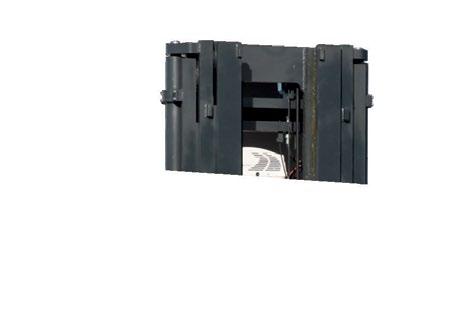
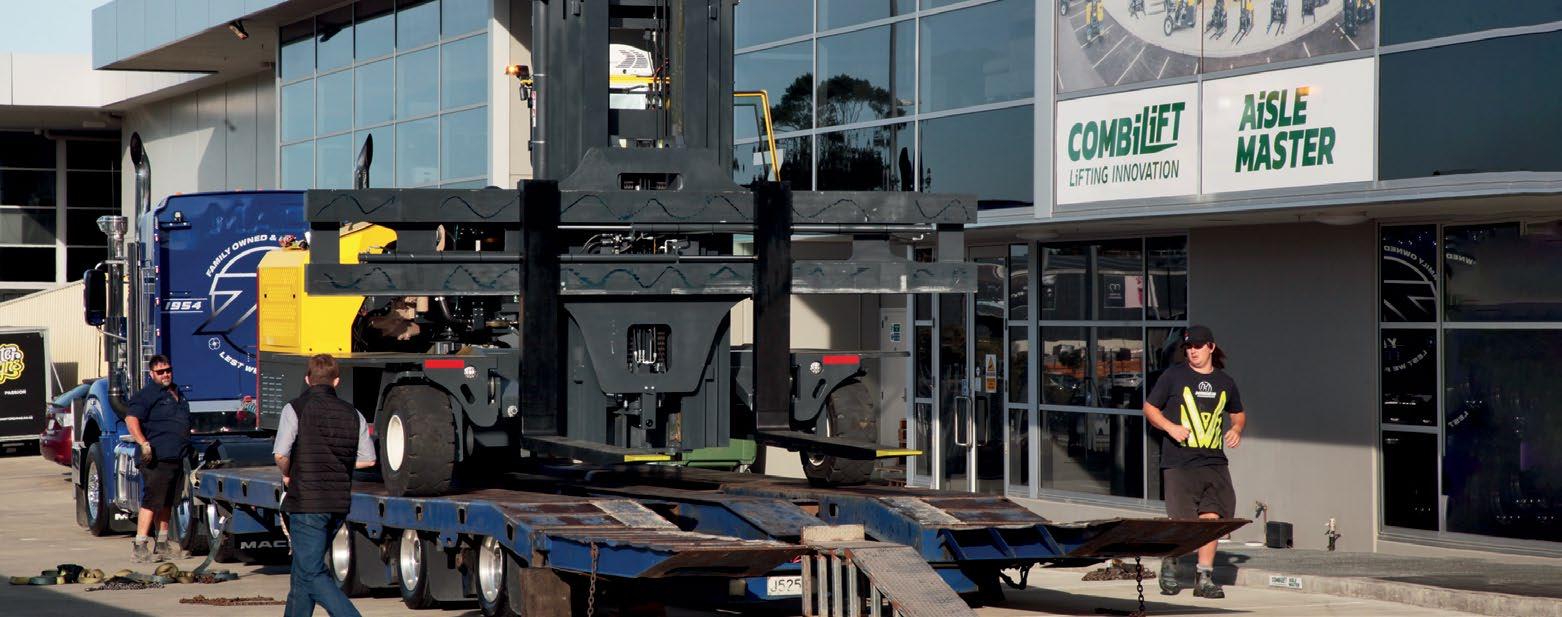
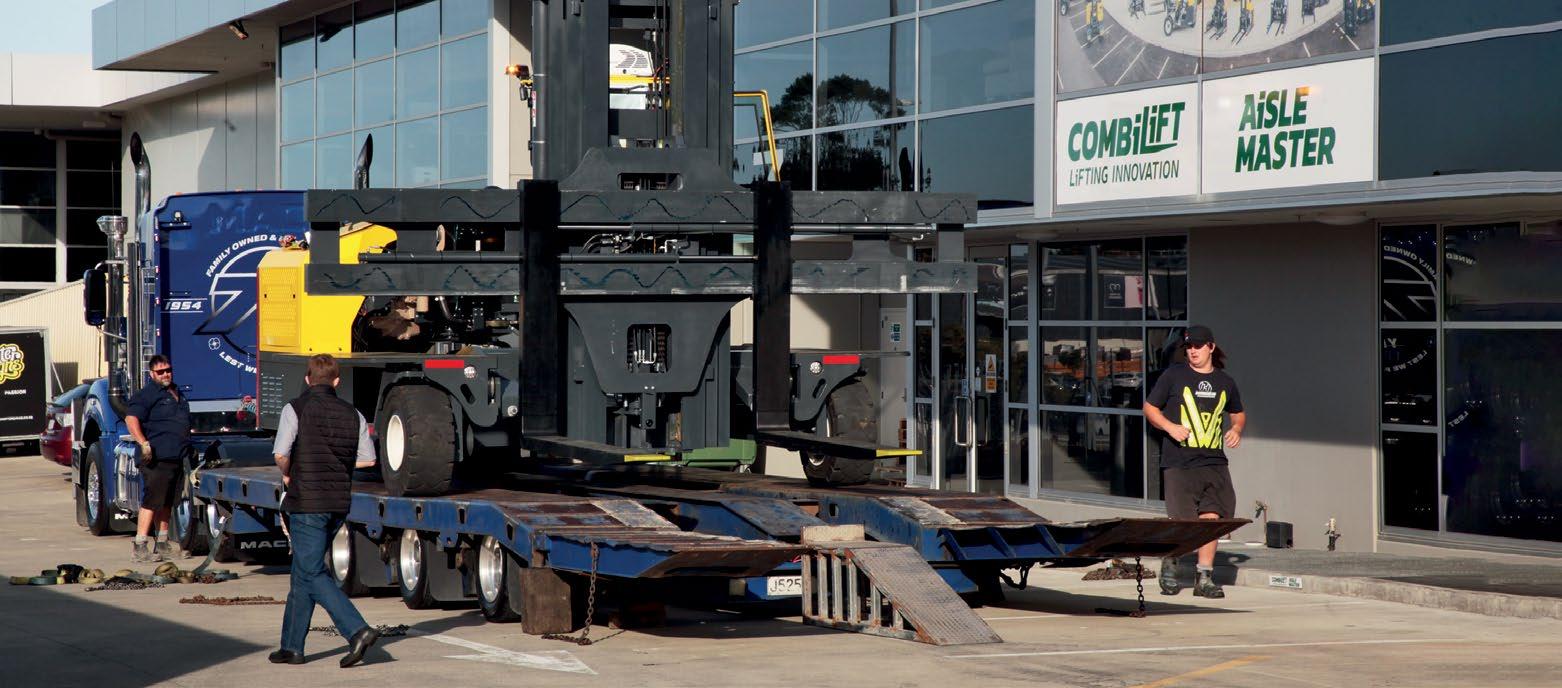
Interested in a classic Hanes masterpiece where looks can be incredibly deceiving?
Look no further than this doozy. On a clear summer morning in East Tamaki, we’re at the premises of Aisle Master New Zealand, the local agent for the incredibly versatile Combilift range of material handlers.
For those who thought Combilift’s Multi Directional fortklifts were not a ‘big’ deal, meet
It takes a team: Simon, Carter and Aisle Master’s operations manager Mitchell Corliss guide the 3.51m-wide C14000JD Combilift onto the Super-Liner’s MTE three rows of eight.
the C14000JD – a real Combilift monster.
This brand new machine, headed for a customer in Mt Wellington, will be one of only two of its kind in the country. With its wide backrest, it tips the scales at just over 20 tonne, which, in heavy-haul parlance, doesn’t fire anyone up … but, oh, the awkwardness. A tad over 3.51m wide at the chassis with a 3.19m track, the tricycle design
means there’s a centre wheel that needs accommodating, not ideal when you start to widen a transporter. Unbelievably, it was well over-height too, and that’s an optical illusion if there was ever one!

Aisle Master’s operations manager Mitchell Corliss was on hand, and on the job from Hanes were Simon Hanes, Dave McGrath on piloting duties and, at the wheel of the

suburbs.

Super-Liner, Simon’s son Carter. “If it’s a tricky one, I’ll always go along to support,” said Simon. “There’s nothing nice or easy about these. You could easily fit it on sideways – it’d be 2.55m wide and all the wheels would have a wide pad to sit on – but with the mast retracted and down, it would be horribly lopsided weightwise, so that’s out.”
The MTE transporter has a solid central catwalk just for this type of beast, although care has to be taken with steering as the machine comes on. The drive system means gradeability on this model is also limited, so

ramp angles need to be considered.
“When you know what you’re doing, it looks easy, but you’ve got to keep your wits about you, there are so many traps with these.”
It took about an hour from arrival to departure by the time lashings were in place and all the marker points highlighting the dimensions to the motoring public were accounted for. The three men work in perfect synchrony and Carter’s 21 years on the planet belie the experience and approach he demonstrates. This young man has grown up in the business, just like his dad and grandfather – he not only understands the job, but also relationships … chatty, convivial, mature.
Height and width meant the route was a little convoluted, working our way to Mt Wellington via Highbrook to Ōtāhuhu, down Great South Road to the top of Mt Richmond, right into Panama, left into Carbine and then Gabador Place on the right, and the destination was just down the road.
There’s no point in discussing how a Mack Super-Liner 685 handles a payload in the low 20s tonnage-wise, but the lighter weight does certainly mean Carter can concentrate on working his way through Auckland traffic and deal with motorists who simply don’t mentally process what’s coming towards them.
Dave appears at the intersection of Great South and Panama. It’s a tricky 90° right-hander with recalcitrant trees and kerbside cars narrowing available road width. He shoots down the road and stops traffic, allowing Carter the full width through the intersection. It’s all over in a blur –the Mack pulls away like a car.
Although rated to 120 tonne, the bulk of Carter’s work is single semi – this kind of thing.
Carter backs the big Bulldog into the customer site and the three men have the Combilift unlashed, allowing Aisle Master’s David Edmonds to proudly drive it off and commence the handover to another happy customer.
down, but are at least still moving, he adds.
“We’ve seen forklifts die down before too, but we’re lucky it’s keeping moving at the moment,” he says, adding that bigger corporate companies haven’t stopped moving forklifts.
“But the cheap brands have slowed right up,” adds Dave. “The good brands are bought by operators who follow replacement cycles. No one who buys cheap is replacing those units.”
“It’s just the way the market goes,” says Simon. “We just have to sit tight and wait till it comes right again.”
With that bit of market insight, the clock strikes nine and we’re into it. Mark’s driven for Hanes fulltime for the past six years and has been on the Titan since new; about 15 months and 100,000km now. We jump in with him straight away for the trip out of Hamilton and partway up the expressway. Simon’s on pilot duties, with Dave playing wingman through Hamilton to help ease progress through the morning traffic.
Immediately, the radios light up and Simon and Dave help clear the way. Approaching our first intersection at Hall Street, Mark stops well back from the intersection and calls the leftturning trucks through. With the pilots holding traffic, he turns right into the right-hand lanes as there’s a traffic island playing obstacle to the combination’s path. Manoeuvre successful, Mark puts the boot into it and climbs the Massey Hall Overbridge, the 510kW (685hp) MP10 lighting up with enthusiastic turbo whistle and the 14-speed mDRIVE sharply ushering in a few more ratios.
We turn right onto Lincoln Street, SH1C, and begin our run north out of Hamilton. It’s a relatively short, direct run from here to the Waikato Expressway, but it’s always interesting to watch pilots work from the cab of a heavy-haul truck. Simon and Dave may have been holding traffic at one of the roundabouts, for example, but that didn’t stop some motorists still entering only to stand on the brakes when they eventually registered the very large Silverado with its ‘Wide Load’ signs blocking their way.
“It’s every man for himself, eh,” says Mark. “People are oblivious. Once you get used to it, though, you just accept it. But dealing with traffic really doesn’t worry me. If you can’t deal with traffic, you shouldn’t be a truck driver. I’ll just sit in the queue and go with the flow. I don’t let that shit stress me.”
No doubt the pilots also develop a feel for what motorists are going to do. Regardless, it’s clear motorists could do a bit better to make the heavy-haul job a little easier.
Reaching the expressway, Dave peels off to the Hanes Horotiu yard and the Titan settles into an easy cruise, Auckland bound. Mark explains it was added to the fleet in replacement of an old T409 Kenworth.
“I liked the Kenworth, it was a good, sound truck. But, it was very old, it was ex-Australia and had already done its life there towing road trains before we got it. In this job, we have to have reliable trucks and be reliable for our customers, but it was getting a little harder to keep the Kenworth going. When

Simon asked me what I wanted to replace it with, I actually chose a Volvo …
“I drove our FH700 for a couple of years and I like the way they run; they’re a really well set up truck. But when we started speccing them for this sort of tonnage, it was too expensive. So that got squashed and Simon said, ‘Let’s look at a Mack.’ I grew up on Macks, I’ve driven plenty of
them, so that was okay with me.”
With its 11mm thick chassis and 150-tonne GCM, the Titan is well up to the task. Key specs are the aforementioned 16.1L MP10 outputting 3118Nm (2300lb/ft) coupled with the 14-speed Mack mDRIVE AMT with XHD deep reduction gearing, a 7.6-tonne front axle on parabolic springs, and 21-tonne hub-reduction rear axle on Mack Air Ride

suspension.
The run up the expressway is about as easy as it comes and the Titan lopes along with us sitting in comfort with an average 73db of noise intrusion in the cab. It’s a smooth, easy ride, the only challenges posed being the Huntly bypass and the Bombays. We’re onboard for the former, and the Titan takes it well in its stride at 55km/h
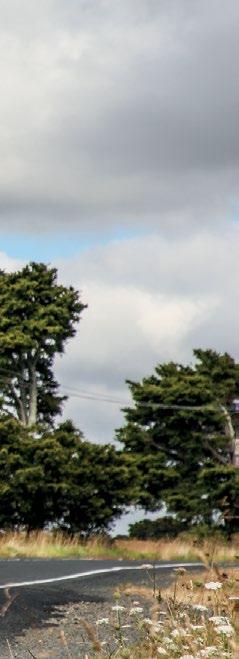

at 1850rpm in ninth, with the mDRIVE offering up smooth, quick, well-timed downshifts.
According to Mark, the heavier the load, the better the drivetrain responds.
“Mechanically, I think these will be good to us. It does the heavy stuff really well. The other day I did a load over the Napier-Taupō that was close to 100 tonne and it surprised me. It really gets into it up the hills; does it brilliantly at those weights.”
Mark says the heaviest load he’s moved so far was in the region of 115 tonne. Surprisingly, though, it’s with the lighter payloads that he finds the Titan to be a little less settled. “I find it can keep the revs too low, which I’m not a fan of. I’m a firm believer in keeping it hot in that sweet spot without being hard on the gas. I still can’t get used to that. It just doesn’t react the way I want it to react and driving it in manual is impractical because the mDRIVe’s control panel on the dash is hard to reach when driving.”
10am
Just over an hour later, we turn off at Ramarama and Mark and Simon make for the heavy-haul route. With the exception of some roadworks at Drury and the need to move off the main road to cross the motorway at Bremner Road, it’s a straightforward but slow run
through the southern suburbs.
And man, doesn’t the Titan look good doing it? There’s deceivingly little bling. With the truck featuring in-house painted tanks and guards, the King Bars bullbar, air intakes and stacks are the largest shiny bits, and the big Mack wears the Hanes blue, silver and grey livery smartly.
“I don’t like polishing,” Mark says with a laugh when we later walk around the truck, taking in all the details and in-houseengineered rear guards, centre plates and small stainless additions. Symmetry is the name of the game, with dual square tanks either side of the chassis broken by the AdBlue tank on the left and a covered exhaust cassette on the right. The front tanks hold 1000L of fuel, while the rear right holds the hydraulic fluid and the rear left 440L of water. That water tank is quite nifty, with an outlet between the drive wheels under the rear guards.
“We wanted it all to match, square and painted,” Mark says, before showing off the Hanesmade vertical lockers behind the cab [the talented Greg Belk at work]. An example of very neat, very clever engineering, these are packed with everything Mark would need for the job and to “get out of sticky situations”.
“It’s all there; you’ve got to have it to do the job properly,”
Tare: 12,300kg (load cert.)
GVM: 28,500kg (load cert.)
GCM: 150,000kg (load cert.)
Wheelbase: 5800mm
Engine: Mack MP10
Capacity: 16.1L
Power: 510kW (685hp)
Torque: 3118Nm (2300lb/ft)
Emissions: Euro-5 via SCR
Transmission: MACK TmD12AO23 mDRIVE, 14-speed AMT, XHD deep reduction gearing, multispeed reverse.
Chassis: 11mm with heavy-duty crossmember
Front axle: Mack FXL 16.5 with Unitised Hubs
Front-axle rating: 7500kg
Front suspension: Parabolic
Rear axle: Mack 2610B Hub Reduction 26T, 4.12:1
Rear-axle rating: 21,00kg
Rear suspension: Mack Air Ride, road-friendly
Brakes: Disk. Six-pole ABS
Auxiliary braking: Mack PowerLeash+ engine brake
Additional safety: Mack Road Stability Advantage. Traction control.
Additional productivity: Heavy-duty radiator, transmission oil cooler with high-performance oil. Extralarge propshaft. Telematics Gateway with 4G and WLAN. Driver-controlled diff locks – both rear axles. Pre-trip Assistant Diagnostics Inspection.
Fuel: 1000L
DEF tank: 150L
Wheels: Alcoa Dura-Bright
Tyres: 295/80 R22.5 (f), 11 R22.5 (r)
Electrical: 12V
Cab exterior: Side close-view mirror, heated and motorised exterior mirrors. Tinted window glass. 4.2m-height exhaust stacks. Stainless-steel nut covers. Bright finish grab handles and bonnet hood latch. Stainless-steel sun visor. Stainlesssteel air rams. Dual roof-mounted air horns. LED roof lamps. Bug screen. Three warning triangles. Outback Pack.
Cab interior: Remote central locking. Premium Grey interior trim. 460mm leather grip steering wheel with cruise control, radio and phone switches. Five-inch full-colour Driver Information Display. Auxiliary gauge pack (engine oil temp, trans oil temp, pyrometer, manifold pressure). Red ambient floor lighting. Electronic HVAC. ISRI Premium Big Boy driver seat, ISRI Premium Air passenger seat, Performance leather seat upholstery, driver and passenger seat arm rests. In-cab 2.5kg fire extinguisher.
says Mark. “I’ve got duplicate tools on both sides so I don’t have to run around or throw tools under the trailer. And it’s all been used. I’m going to
Invercargill tomorrow and if we have a blowout or something goes wrong, we can still keep going.”
another insight into the Hanes culture. “Many other companies don’t stock your toolboxes or allow you to change your own tyres on the road. But blowouts can happen on these trailers at these weights, and there’s the risk you could rip a hose from the brake pot. If it does, I’d rather just attend to it myself and get going again. If I have the pilot to help me, it’s a few minutes and job done – when you’re in the middle of nowhere you need to get into it and get it done.
“But this work is good fun, especially when you get dramas; I like the drama that can come with it. Changing tyres at the side of the road, fitting into spots you shouldn’t be able to … it’s good like that, it adds to the job, makes you think a bit.”
12pm
A little over three hours after leaving Hamilton, Mark rolls into the Southdown terminal, and within minutes, the big Hyster is offloaded and the Titan emerges back onto Nielson Street. With the trailer narrowed up, you really notice its length with the clip-on – 14m of deck space and 18m overall from the fifth wheel to the ramps.
There’s a small pick-up to be made in Highbrook before heading back to Horotiu, and Mark encounters one of those little ‘dramas’, having to back
the unit up the drive. “Yeah, the extra length of the trailer makes it a little more difficult to back in. It’s deceiving, but you get used to it,” he says as he ratchets down and measures the load.
“With this sort of work, we get jammed up in places and the trailers take a few knocks. Every couple of years, whoever wants to can put theirs in the sandblasting and paint sheds for a week, to keep the gear looking good.”
With that, we say our thanks and goodbyes, head for home down the Southern Motorway, and are left reflecting on an incredibly insightful morning. Hanes Engineering may be a comparatively small company when it comes to transport, but seven decades of history teaches a lot and entrenches a rich culture its employees are happy to buy into.
There’s no hierarchy or pecking order as such (though were told Dave is affectionately known as The Commander) and the camaraderie within the small team means relationships are built on working together to overcome any challenges and get the job done. Everyone understands the task, thinking it through and taking their time, treating the gear as their own and – most of all – enjoying the ride. As it was seven decades ago, and as it should be today.
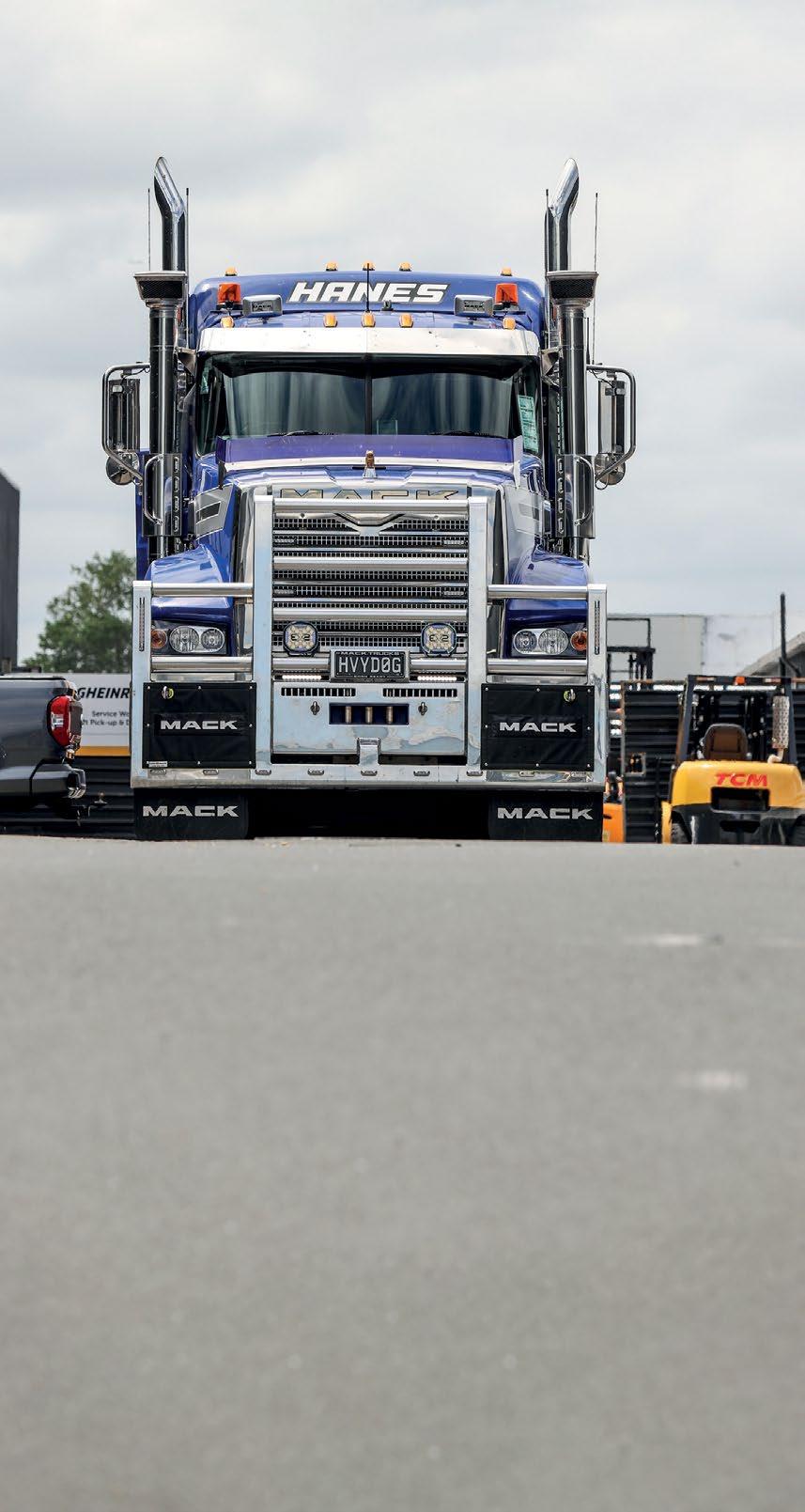
We couldn’t thank Chris and Simon Hanes, Dave McGrath and the Hanes crew enough for providing us not one but two extraordinary trucks to feature in this anniversary issue – and, of course, for telling the story of Hanes Engineering and all the lessons encompassed in it. We’ll be back for that podcast!
Thanks to Mark Dennis for your time, story and putting the Titan’s best foot forward. And to Carter Hanes, a pedigreed young operator fortunate to pedal a wonderful machine.
Finally, to Nick Kale at Mack Trucks NZ for the technical detail, and the team at Sime Motors NZ for your highly valued continual support of our publication.



it differently
Every cover truck holds a special place in the history of New Zealand Trucking magazine. We love to see where their road has taken them.

The Axor is still going strong for Carr & Haslam – this photo was taken in February as the truck returned to Auckland from a trip to Christchurch. “It is a very comfortable truck to drive, with full air suspension on every axle, truck and trailer. The Australian Anybody Commercial Coach Builders top-lift deck has been trouble-free,” says director Chris Carr.
IT’S HOW WE ROLLED!
Currently owned by: Carr & Haslam
Current odo reading: 824,000km
Mechanical work: Engine rebuilt and cab replaced following an accident in 2023.
Current work profile: Vehicle transport predominantly around Auckland, Waikato and the Bay of Plenty.
Currently driven by: Froilan Vinluan

Interesting facts: Original driver Phil Stout now drives a Carr & Haslam despatch desk.
Basic original spec: Mercedes-Benz OM926LA at 240kW (326hp), Mercedes-Benz G211-16 16-speed Telligent AMT, Mercedes-Benz H6 at 3.077:1.
What we said in 2014: “There are plenty of trucks that could do this job, but Mercedes’ proven track record and availability of the correct spec ex-factory makes the Axor ideally suited to the Carr & Haslam application.”
The 6x2 truck and two-axle semitrailer combination measured 22m but proved surprisingly manoeuvrable.
In this crazy world of compliance gone mad, we bring you a new photo section called It’s how we rolled!, with mages from the days when the only KPI was getting shit done, photographs that would turn today’s compliance zealots inside out. If you’re from another time and have some whacky cool images that fit the bill, send them in to editor@nztrucking.co.nz
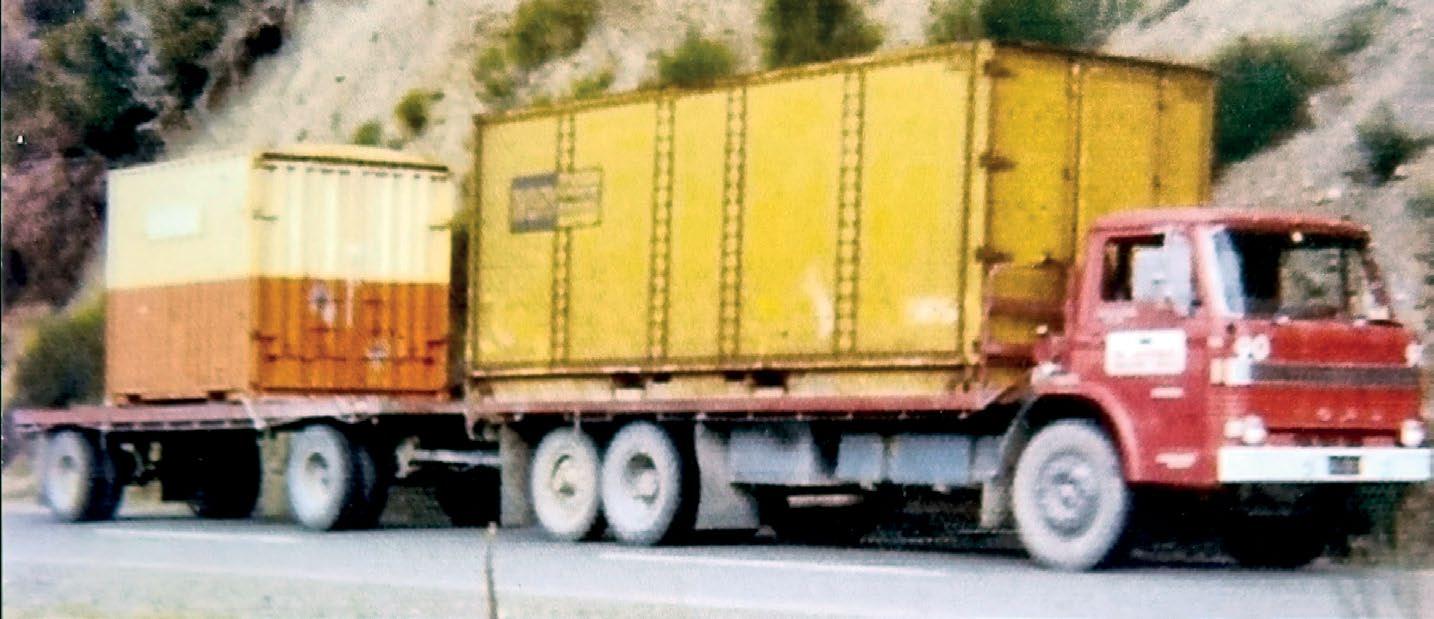
TWIST OR TO CHAIN?
Reader Kevin Ager sent in images of the 1973 Ford D1000 he drove from new for Mid-Canterbury Transport. He says this photo was taken when he carted containers from Christchurch to Springcreek, Blenheim, via the Lewis Pass, for New Zealand Railways after the railway line on the Kaikōura coast was washed out in 1973/74. “You’ll note the containers were just chained to the deck and not held on with twist locks,” he adds. Protranz has fully restored the truck, and it is now on show at Levels Museum, South Canterbury. Thanks for sharing, Kevin.
It all began in March 1985. Forty years and 441 issues later, New Zealand Trucking magazine celebrates four decades of continuous publication – not even Covid-19 could apply the Jakes. In that time, the global and Kiwi trucking industries have changed almost unrecognisably and experienced many significant events along the way. New Zealand Trucking magazine has been there to document it all for Kiwi truck operators and enthusiasts. Join us as we recount some highlights of the road transport story as told through these pages.

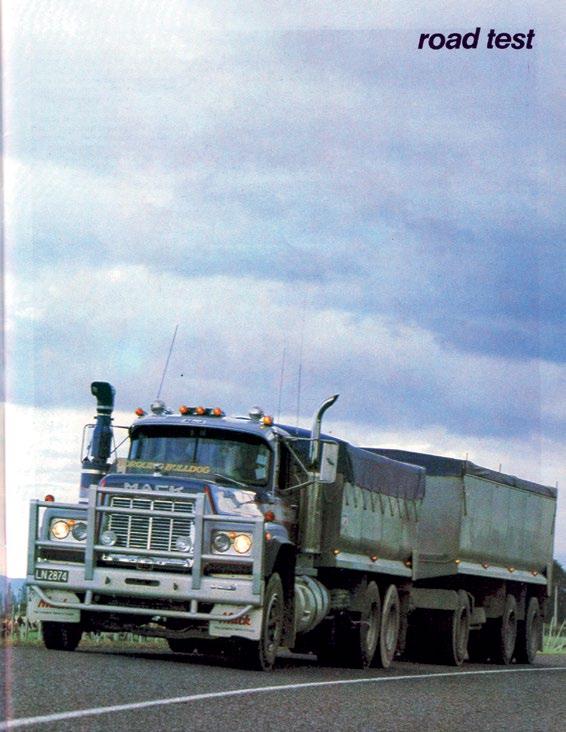



Above: Our first cover story featured Trevor Woolston’s Dibble Independent Transport Mack R688 RST truck and trailer. Right: The ‘Rigging Hubbos’ story was one of our first and most enduring features. At a time when this practice was rife, the article was not intended to be a how-to, but to show how easy it was for unscrupulous operators to beat RUCs and get one over their law-abiding counterparts.

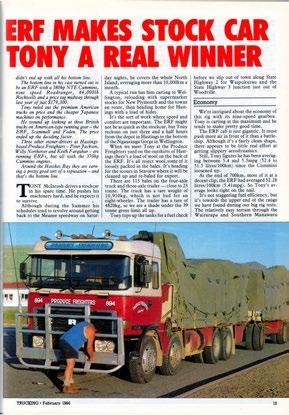

Be it an iconic truck, a classic cover photo or a notable issue, here are some of our favourite or most significant covers.
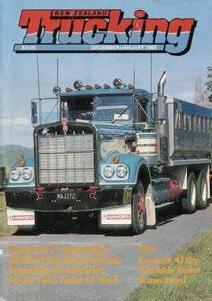
December 1985/ January 1986. Our first double issue featured RMD’s Kenworth W925AR, Easy Rider.


1987
Car Haulaways was one of the country’s earliest vehicle transport businesses.
The October 1987 test of its MCE Mack Magic Bus still stands out in the minds of long-time readers.
October 1992. Logging skids have always made for good photos. Covers like this were commonplace in the early 1990s.
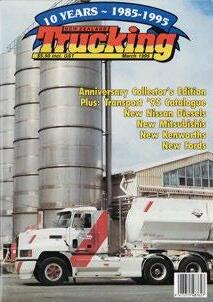
March 1995. Celebrating 10 years.

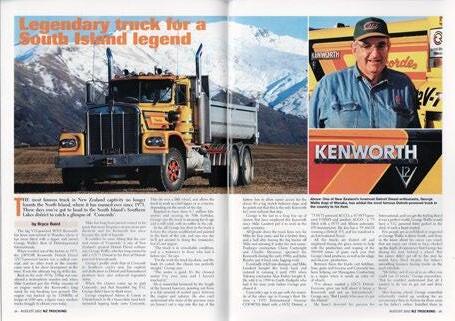
Concorde, the 12V71 LW Kenworth originally put on the road by Mike Lambert, is a fabled truck in New Zealand’s road transport story. We’ve followed its life over the years with its various owners.

1990
There’s never been a shortage of innovation in the logging industry, as epitomised by Marathon Trucking’s twin-engine, 900hp Pacific P510.



Back-country trucking has always had a certain appeal, a fact wellestablished when we joined Northern Southland as 13 of its trucks moved 707 beasts from the Mount Nicholas and Glen Echo stations to the Castlerock Saleyards in the middle of a South Island winter.
There was once a time when Japanese trucks were the new, unproven kids on the New Zealand roadtransport block. So, when New Zealand’s first Mitsi celebrated 20 years on the job, it was sure worth a visit.

Above: In 1995 US truck maker Marmon landed Down Under, coming to New Zealand in 1996 … By 1997, the 94-year-old company had ceased to exist. The last right-hand-drive unit, a P57, was sold to Brian and June Mulqueen of Rotorua.

Below: New Zealand’s only contemporary truck assembler, Intertruck Distributors, had its beginnings in mid-1995 as Central Pacific International.
October 1997. It’s not often the inside of a truck is highlighted on the cover, but Bryan Williams’ Olympic Cab ERF was a pretty big deal.

March 2000. New Zealand’s first Argosy put on the road by C.W. Nicholson Transport for Ansett Express.

September 2000. The Southern Alps, a braided riverbed and a Volvo FH12 460. Shades of Europe in Godzone.

1996
Following its 3070 predecessor, the International T-Line helped build many a successful Kiwi transport business during the 1980s and early-1990s. After 16 years and with about 850 units sold locally, the model bowed out at the end of 1996.

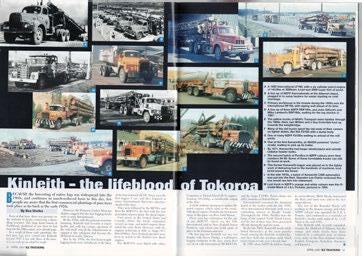
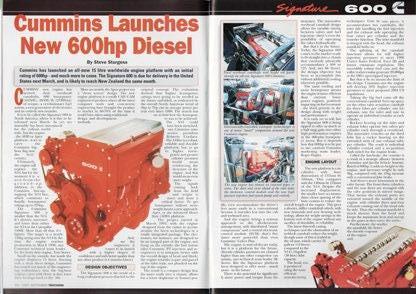

Left: There was NTC, N14 and, in 1997, Signature … The 15L Cummins had landed and with it a heady 600hp power figure.
Right: TR Group has always been a highly-valued supporter of the magazine. The behemoth that the company is today had humble beginnings in 1992 as Trailer Rentals, when Chep Trailer Hire was bought out. In 1997, it had turned five and had 200 trailers on the road.

Top left: Our first taste of the 8x4 Mack Qantum, three on the job with Masterton’s Herb Renall. Sadly, it was the last cabover Mack model to serve our market. Above left: Kinleith has played a big part in the North Island logging industry since the mid-century, with some incredible log trucks carting into it since the very beginning. Right: In 2001, we looked 25 years into the future … Now with less than a year to go, things clearly haven’t changed as much as we thought they would!

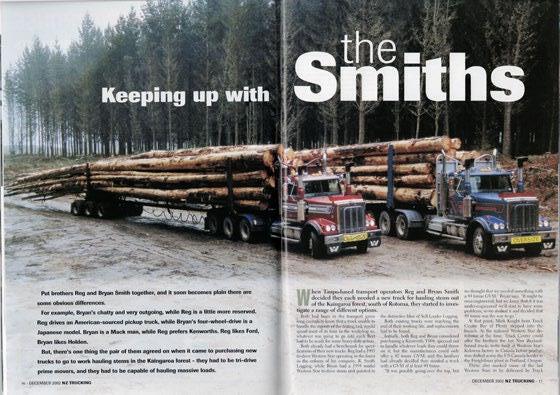

August 2002. Every now and then, two or even three, trucks have graced the cover – but usually not from different OEMs and in comparison with each other…
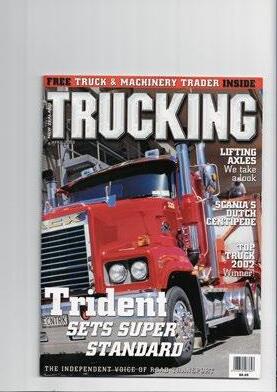
April 2003. A new direction in design and format for the magazine: the start of the “oversize” era.

The arrival of the ‘quadquad’ in the early 2000s was revolutionary for semi-trailer operators. So much so that we dedicated an eight-and-ahalf page cover story to it.
2002
Far left: Deep Cove, Doubtful Sound. There’s no part of the country trucks don’t go.
Left: A pair of tri-drive Western Stars hauling stems in the Kaingaroa … Not the first time we visited, nor the last.

March 2005. New Zealand Trucking magazine turns 20.

New Zealand’s first, and so far only, nationally coordinated trucking industry protest took place on Friday, 4 July 2008. About 4500 truckies made their voices heard over untenable RUC charges – and a review of the assessment of RUC followed.


Top: The inaugural NZ Road Transport Hall of Fame took place in 2012, rightfully honouring those who’ve played a part in the industry’s colourful history. Above: The HPMV revolution didn’t take long to find favour with operators, with combinations like ETL’s 62t, 11-axle B-train soon appearing.

November 2005. Uhlenberg Haulage’s Peterbilt 378 had us ‘greeeen with envy’.
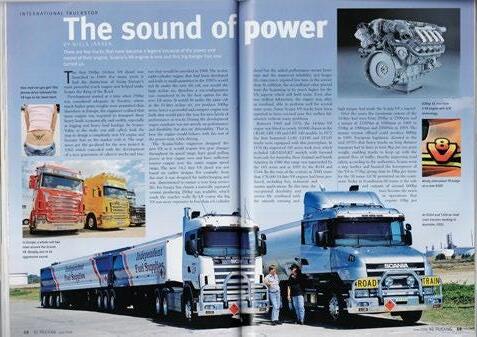

Left: The Scania V8 turned 40. Sixteen years later and in increasingly challenging times for internal combustion, it’s still at the top of the Scania tree. Right: Guy Spurr was a passionate contributor to the magazine since its inception, and a close friend of many in the industry. We commemorated the first anniversary of his passing with a Rig of the Month featuring the last set of photos he took.



It’s not often we come across an 8x6 in operation, but McCarthy Transport put this Scania G420 8x6 into operation in the early 2010s.
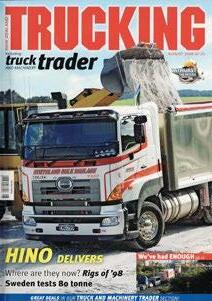
August 2008. After 13 years of being saddle stitched, the magazine is now perfect bound (hard spine) with more pages.
“The longest truck in New Zealand.”
The nine-axle, HPMV truck and trailer combination arrived in 2011. Guy Knowles was the first to put one on the road. Below left: Trucks were at the fore of recovery following the Christchurch Earthquake of 2011. Many of our cover trucks at the time were put on the road especially for the task.








2014/2024
In 2014, Kenworth celebrated 50 years in New Zealand with a gathering of 304 Kenworths at Tauranga’s Baypark. Ten years later, the marque’s 2023 centenary was celebrated by 756 K-whoppers gathering at Mystery Creek.

March 2015. Three decades supporting the industry.
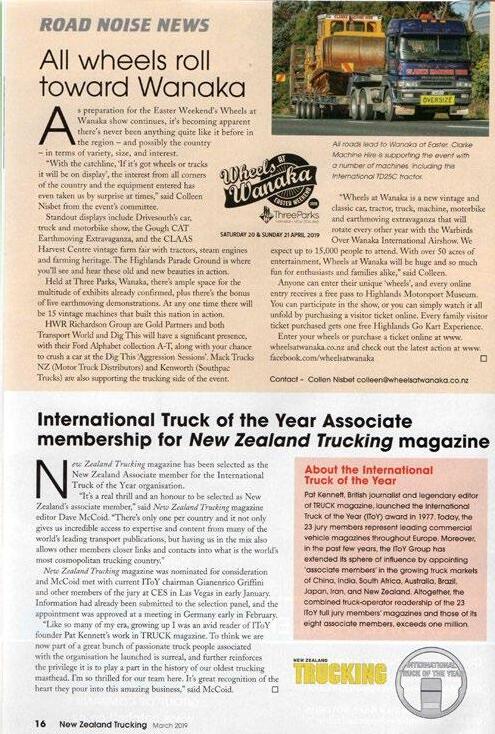

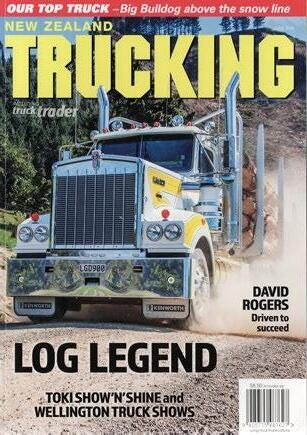
Kenworth Australia’s Legend models are, um, legendary. The T900 Legend was the second such truck but the first to come to New Zealand.

October 2022, Motor Truck Distributors celebrated 50 years of Mack Trucks in New Zealand with a gathering of 172 Macks at Manfield Racetrack, Feilding.
At the beginning of 2019, New Zealand Trucking was honoured with Associate Membership of the International Truck of the Year organisation. Only one representative per country can hold the position.




































































































In 2023, Christchurch-based trailer builder TMC celebrated 75 years in business, while Rotorua-based Patchell Trailers hit its half-centrury.
Our first taste of the Fuso Shogun in local operation was a doozey – the daily service run into Milford Sound with Northern Southland. Below left: The first Covid-19 lockdown was unprecedented for the country and the industry. It didn’t take long for the trucking industry to prove its worth and keep the country ticking while almost everything else shut down. We ran a special May 2020 Top Truck poster in its honour.
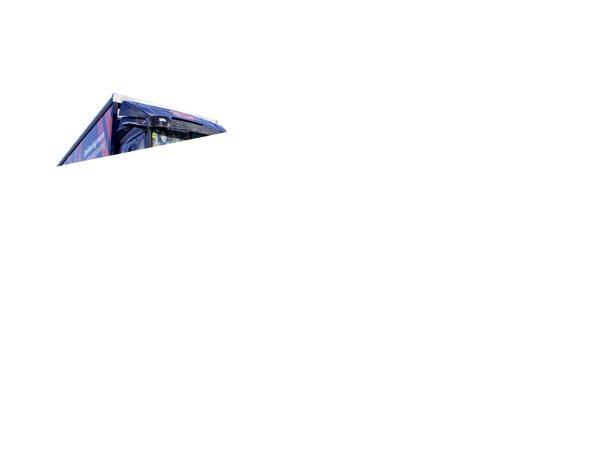
2024 NZ Post gave us the means to run our second cover feature of alternatively propelled vehicles, and the first to feature a hydrogen fuel-cell electric vehicle. Who knows what we’ll feature in the future…
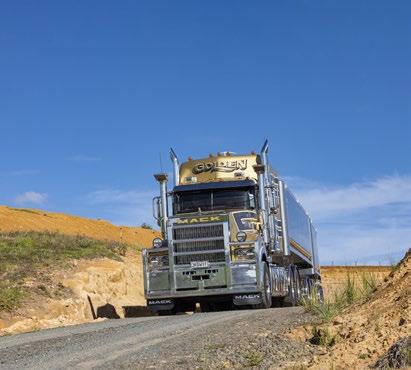
with Golden Contracting’s Centenary Mack Super-Liner as only the second truck to be both on the cover and poster.
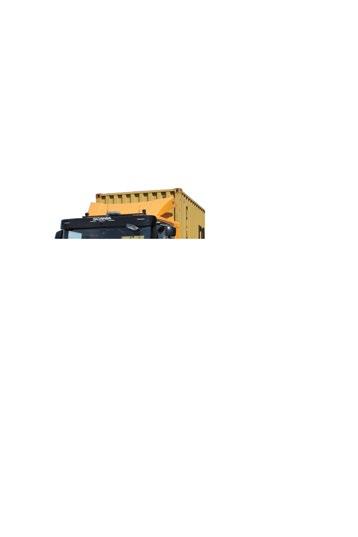
February Reliance Transport’s Scania 25P was the first electric truck to grace the cover.
One of, if not the, longestrunning contributors to New Zealand Trucking magazine is cartoonist extraordinaire David Healy. For more than three decades, he’s sublimely managed to capture the events of the day, or poke a bit of fun at the industry, with a single-panel illustration. With so many great cartoons to choose from, we almost had to pick at random to celebrate Dave’s great work.
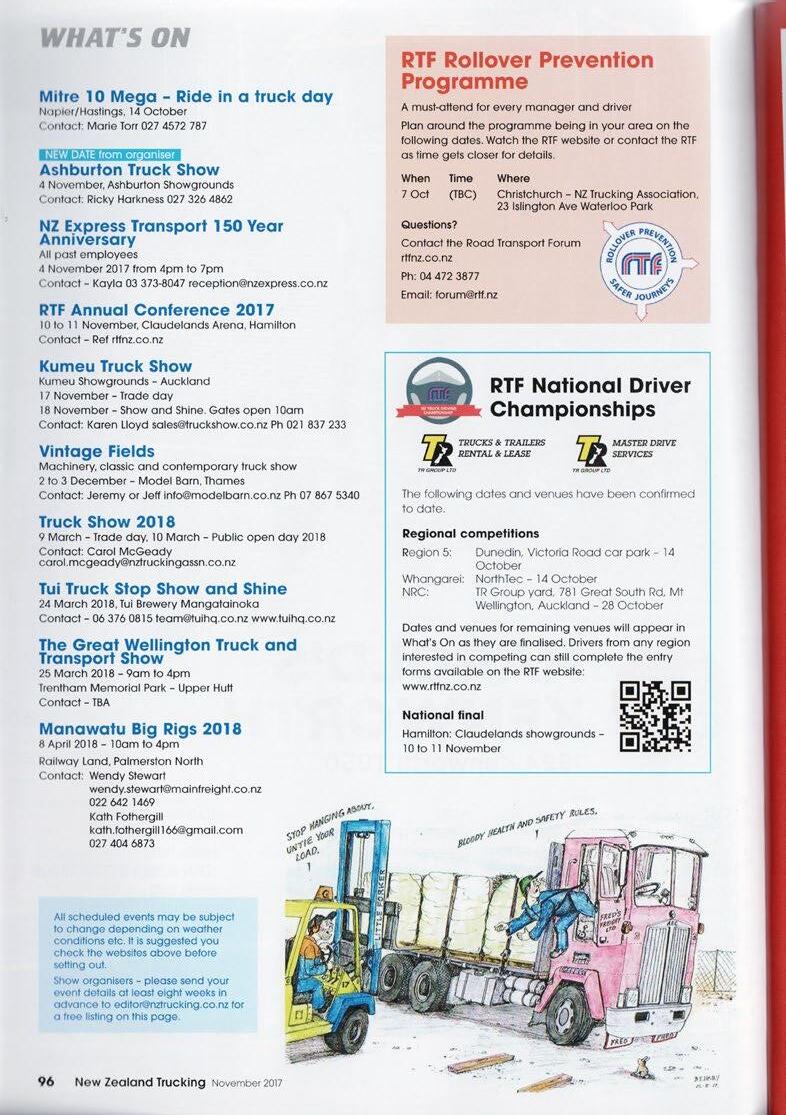
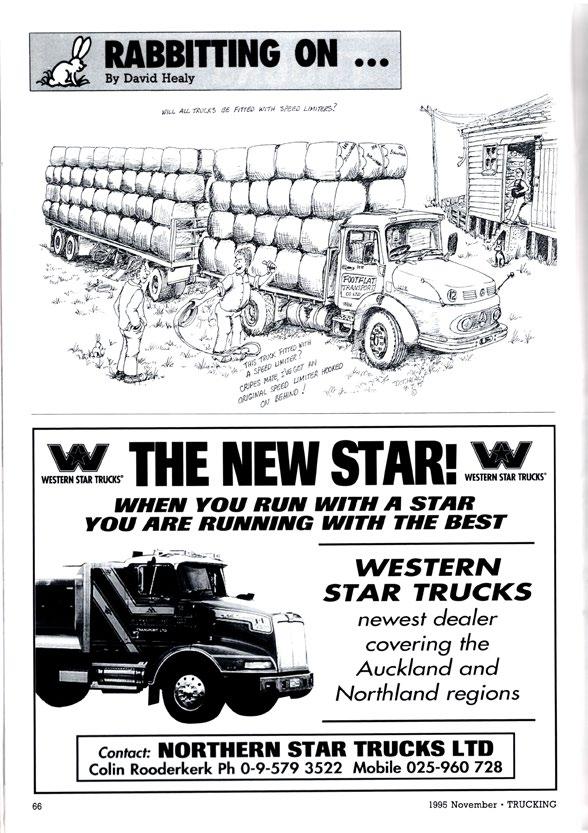
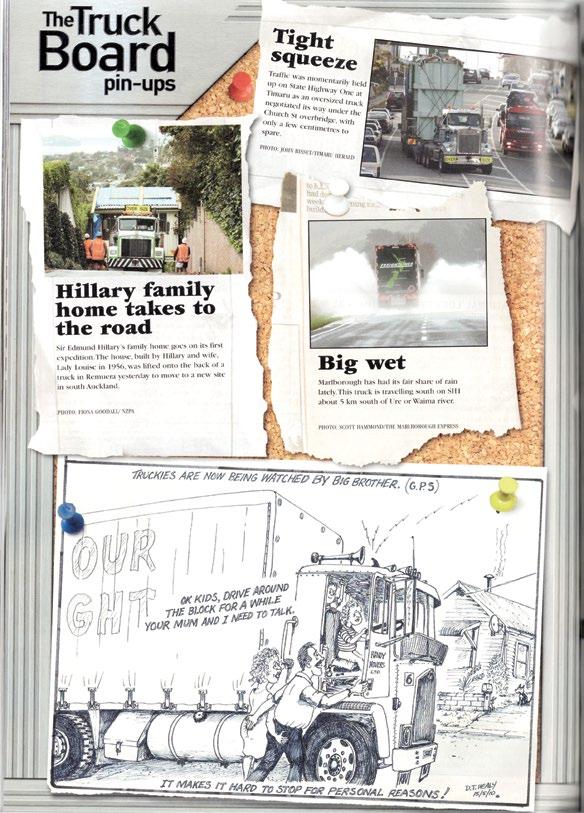



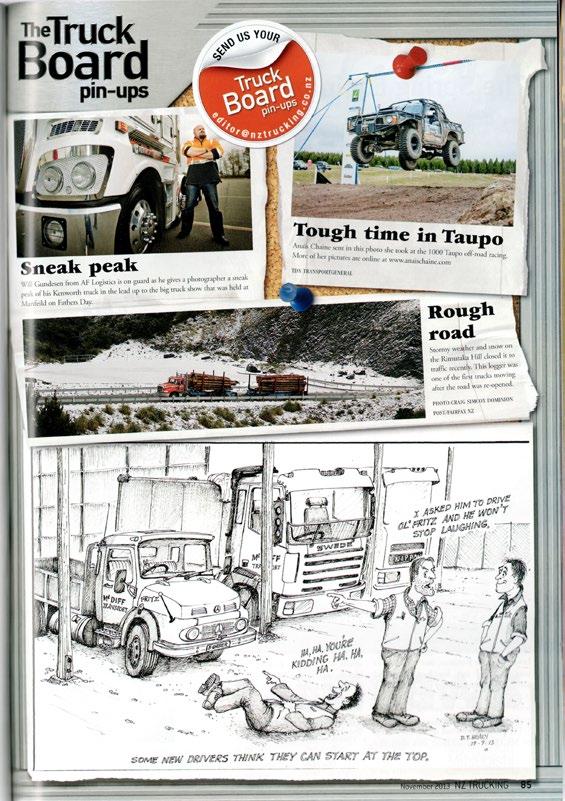
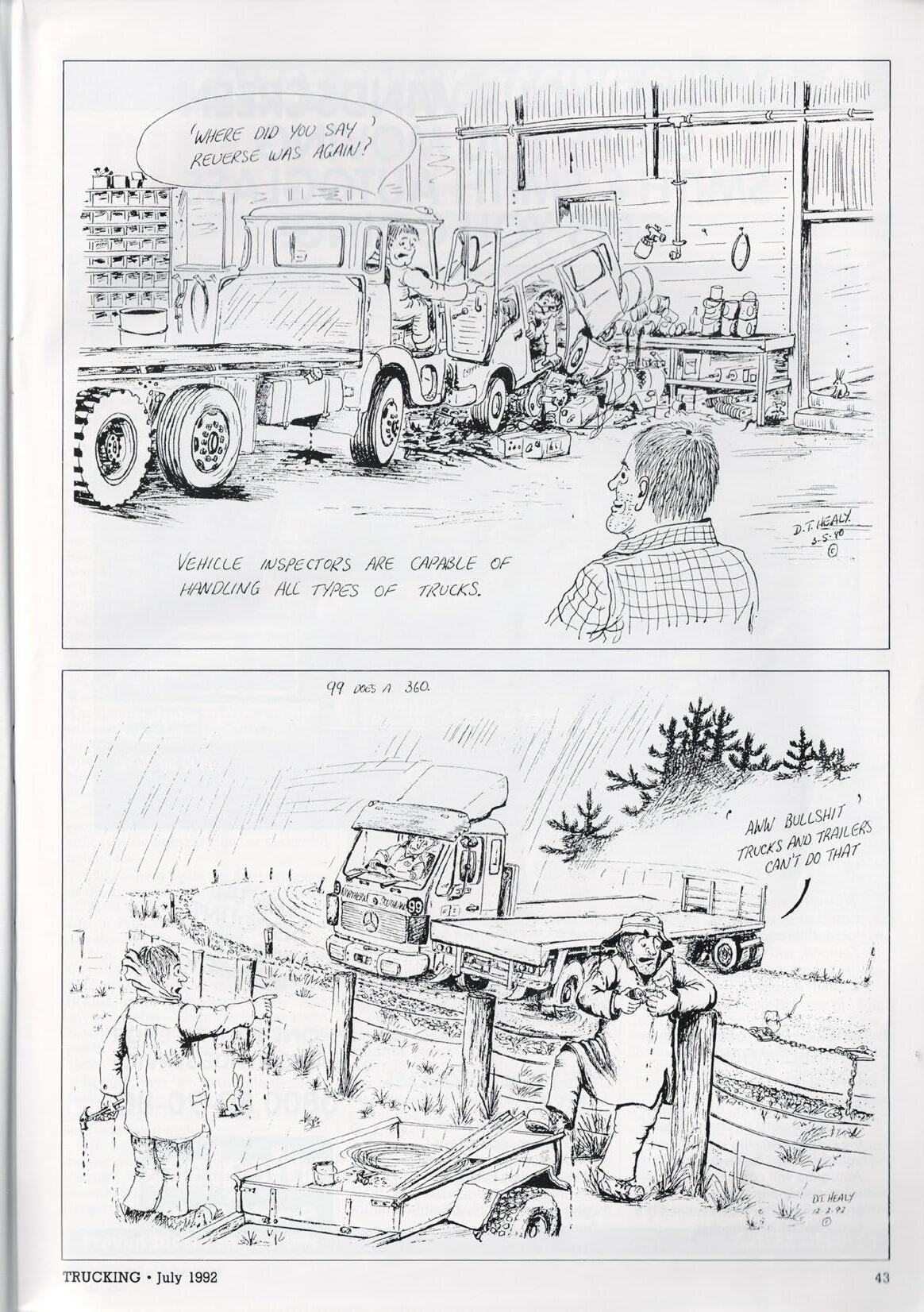

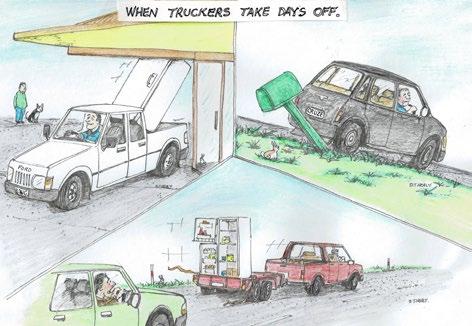

Sometimes what was once considered ‘acceptable for publication’ would not cut the mustard today, sometimes we’ve run left-field items that have made us chuckle, and sometimes an item has simply left us scratching our heads…
1985 While we don’t always get it right, we’d like to think some things have improved, like ensuring steering wheels are the right way around.
1992 Below: Yes, there was a time before safety gear… Below right: The CVIU is born.




2005



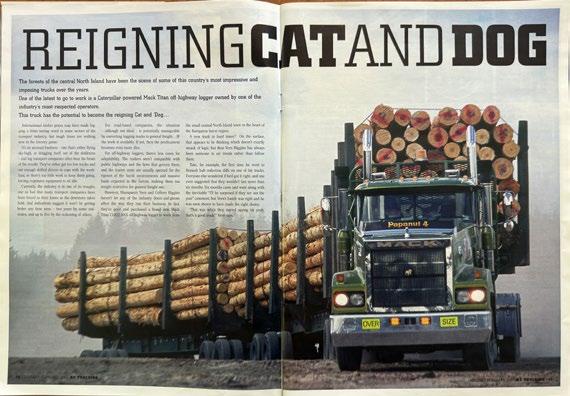
Nothing you’ve ever read in the magazine would be possible without the incredible support of our advertisers. But ads don’t only serve a marketing purpose, they can also be entertaining in their own right, and tell a story of their time.
Right: Scania’s upside-down back cover ads were a feature of the magazine in the late 1980s and early 1990s. Below: Times sure have changed … if only we could offer prizes like that today.
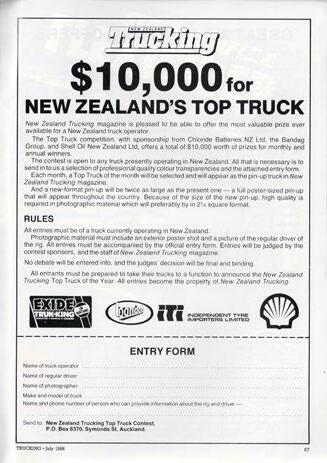
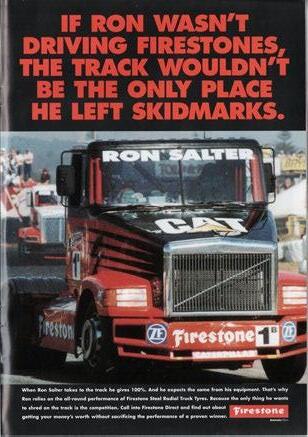





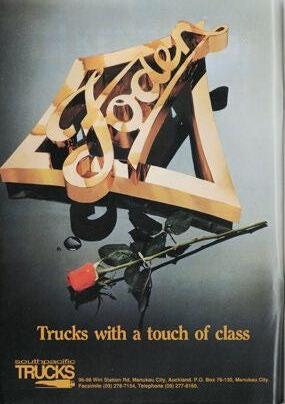



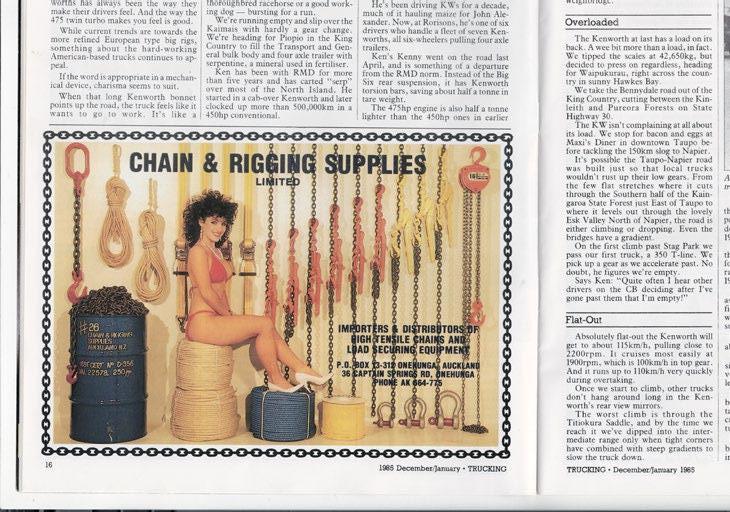



Story by Carl Kirkbeck
Photos by Gavin Myers and as credited
When a photo of this new K200 came across our desks, it had us all feeling a sense of déjà vu, stepping back nearly 40 years to 1986. After a leave of absence, this distinctive livery has come home and is now proudly pounding the highways of our fair nation again.
For those kicking around trucking during the mid 1980s, you may remember an article in the July 1986 issue of New Zealand Trucking magazine, covering a new International

T-Line for Rudd Transport, at the time owned and operated by Paul Rudd’s dad, John.
“They were fun times,” says Paul. “Dad was a builder by trade, and had a business manufacturing wooden pallets,
so he went through a huge amount of timber and had a lot of product to deliver. I had come into the business looking for a change and found myself behind the wheel of the TK Bedford delivery truck. As my passion for trucks and the transport industry grew, Dad said to me, ‘Well if you’re into them, then so am I,’ and that really was start of it.
“He purchased a new CK11 Nissan Diesel with a massive 110hp and I went to work in it picking up timber for the factory
and delivering the pallets for him. It is this start in business that Dad gave me back then, that 40 years later, I now look back on and am extremely grateful to him for.”
As time went by, the workload grew, and a larger truck was needed – enter the International T-Line.
“It’s funny, we learnt everything on the go. We just thought, ‘Get a truck, put a deck on it and go.’ We didn’t realise at the time that we needed horsepower to get the job done,



so the little 250hp 10L Cummins in that T-Line was working hard, especially when we hooked up an old four-axle trailer that we purchased off Dad’s good mate Bob Laing. Yeah, fully loaded with pallets, it was not too bad at about 14 tonne, but it was sweating hard coming home at 40 tonne from Rotorua loaded with timber for the pallet factory,” says Paul with a laugh.
“About a year later, we solved that issue though; we ended up ordering a second T-Line, this time a 400hp eight-wheeler, and hooked up the trailer to that, and that sorted it.”
It was with the arrival of the 250hp T-Line that the family decided the time was right to give Rudd Transport its own identity.
“A good schoolmate of mine, Gavin Curreen, was in the car-painting business, and suggested the red and yellow combination. It went on that first Inter, and then we ran with
those colours all the way up to 1996, when the bulk of the work and the trucks were sold off. I went back to just me and one truck, changed the name to Reliable Distributors, and the colour of the cab to plain silver.”
At the time, that would have been an extremely tough decision to make, removing an identity that you have worked so hard to establish. But with the arrival of the new addition to the fleet there is now reason for celebration. Paul’s wife, Maree, explains: “We had been wanting to bring back the colours and the name for some time, our three sons included – they love the retro look – but it is a huge task to change a company name, so I kept putting it off.
“Now, as we celebrate 40 years in operation for the company, and the arrival of the new K200, the time really was right to make it all happen, and it is a great feeling seeing the colours again. For me, it is sort
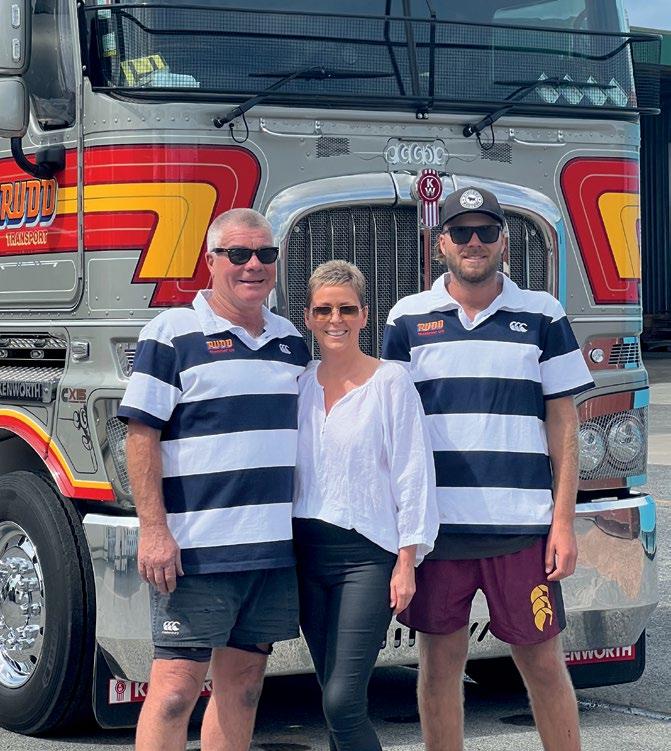

of like the family identity is finally coming back home.”
Paul agrees. “Dad knew the new K200 was on order, and also knew the fleet colours were coming back on it. Unfortunately, he passed away on his 84th birthday and didn’t get to see the finished project, but we sure do know that he would be extremely proud of it and smiling.”
Under the big Aerodyne cab of the Kenworth is the mighty Cummins X-15 set at 459kW (615hp) with a manual RTLO20918B Roadranger taking care of proceedings. Completing the driveline is a set of Meritor RT46160GP axles with full cross locks riding on Kenworth’s own Airglide 460 air suspension. The engineering of the custom deck for the truck was taken care of by the team at Chalky’s
Contractors of Pukekohe. Their attention to detail and level of finish is superb. You are not left wanting for tie-down points or storage, that’s for sure. The trailer is a refurbished five-axle unit that was already within the Rudd fleet, and finishes off the combination well.
When looking at this month’s Top Truck you would have to agree; the vibrant colours suit the Kenworth; they inspire a trip down memory lane, remembering fleets and liveries of days gone by. As with last month’s Top Truck, the IVECO S-Way of Maher Transport, it is pleasing to see some of these older liveries again plying our highways. With this in mind, we proudly say – from us all here at New Zealand Trucking – welcome home, Rudd Transport.


The engineering of the deck by Chalky’s Contractors in Pukekohe is crisp and clean, with an abundance of tie-down locations and well-thought-out storage. The classic round tanks complete the old-skool look.
John Rudd’s International T-Line T2670, wearing the original Rudd Transport livery. We joined Paul to see how the 250hp unit fared on its typical upper North Island pallet run for Pallet Supplies.

With the payload being only about 14 tonnes, we said, “It is already proving admirably suited to its application and is turning in extremely satisfactory service.”
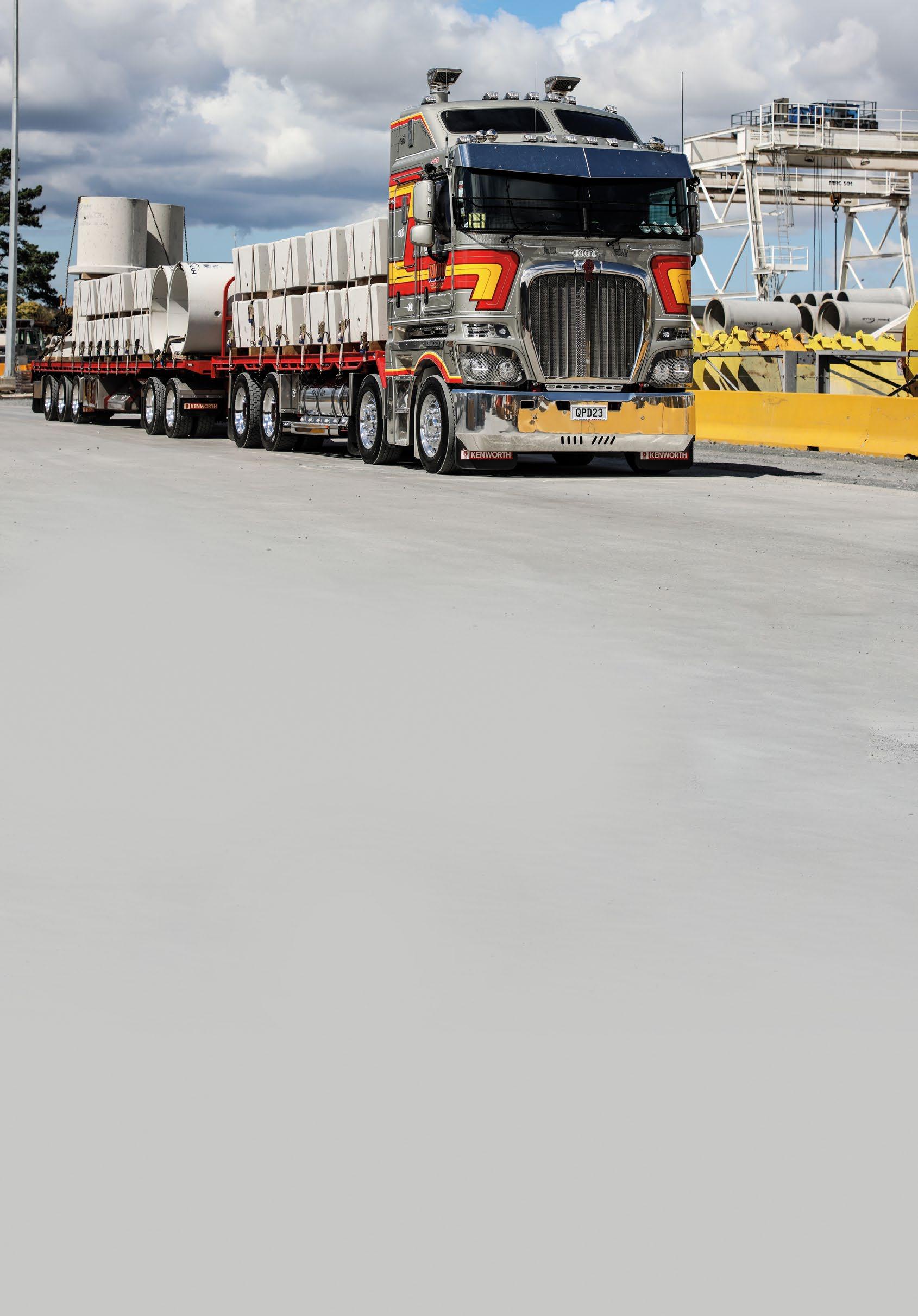




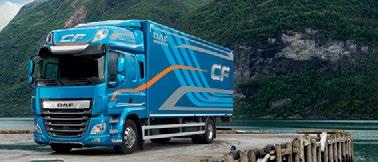

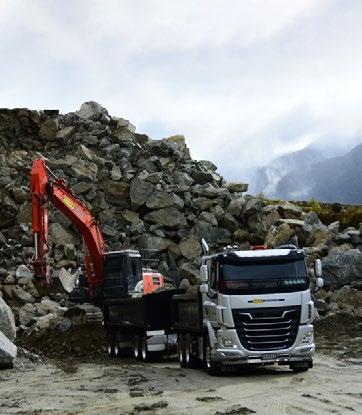
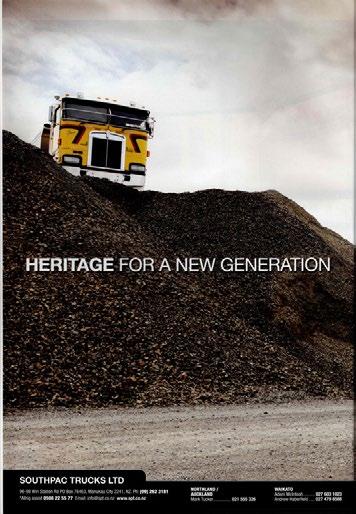




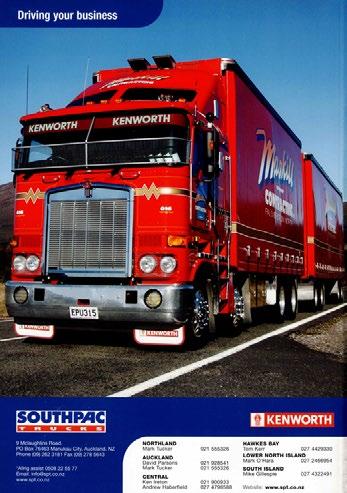





Greg Biggs
As Gavin Myers was passing the Z Truck Stop on Great South Road, Pōkeno, Greg Biggs was parked up for his break. One look at Greg’s Mack CH613 and Gavin knew he had to stop for a yarn.
GCA8
• Superior sidewall cut resistance.
• Long tread life, exceptional casing durability.
• Enhanced stability and riding comfort.
• The extra-deep tread patt designed for loaders.
Greg is an owner-driver for Aucklandbased Machinery Movers, a job he’s had for about the past four years. His job for the day was to shift some specialised concrete panels to Hamilton. “Our loads are quite often unusual shapes and sizes with this kind of work. We don’t often cart the same load more than once, which sometimes means we have to think about how we’re going to move it,” Greg says.
GCA8
•
•
•
•
• Excellent performance on extr rocky surfaces, in open pits, quarries, and underground mines.
GCA2
His career stretches 30 years, during which time he’s done “a few different things…”
• Non-directional deep tread pattern designed for muddy and soft surfaces.
• Excellent traction and floatation offer comfortable handling.
•
•
“I’ve done a fair bit of refrigerated work, tipping, flatdeck and general, bulk liquids, flour … a variety,” says Greg.
and
•
GCA2
• Non-directional deep tread pattern designed for muddy and soft surfaces.

GCA8
Even with about 1,900,000km on the clock, Greg’s CH is in mint condition overall. He explains this is the second time he’s

GCA8
Superior sidewall cut resistance. ceptional casing durability. Enhanced stability and riding comfort. The extra-deep tread pattern is specially designed for loaders. Excellent performance on extremely rocky surfaces, in open pits, quarries, and underground mines.
• Superior sidewall cut resistance.
• Long tread life, exceptional casing durability.
• Enhanced stability and riding comfort.
Non-directional deep tread pattern designed for muddy and soft surfaces.
Excellent traction and floatation offer comfortable handling.
• Excellent performance on extremely rocky surfaces, in open pits, quarries, and underground mines.
Superior long tread life and excellent puncture resistance.

Low rolling resistance and fuel economy
GCB5
• Articulated dumpers, rigid dumpers, loaders, graders.
• With excellent traction and buoyancy performance.
• Outstanding stability and operating comfort, with large pattern plate and long service life.



“It’s a good old truck. The Mack E-Tech 470 motor has been rebuilt, and it runs okay. It doesn’t keep up with all the new
• Excellent traction and floatation offer comfortable handling.
• Superior long tread life and excellent puncture resistance.
• Low rolling resistance and fuel economy.




GCA3


• Unique non-directional traction patterns ensure optimum traction and prolongs tread life.
• Superior sidewall cut resistance.
• Good self-cleaning with groove stone ejector
• The extra-deep tread pattern is specially designed for loaders.
GCA3
• Applications: Articulated dumper, dozer, loader, and graders.
• This deep tread is particularly suitable for loaders and dump trucks operating in quarries or mining.
• Non-directional traction and standard tread depth pattern design.
• Applications: Articulated dumper, dozer, loader, and graders.
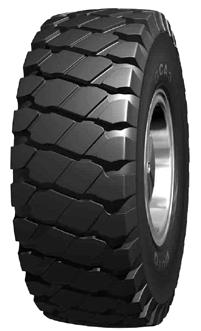
• Excellent performance supported with heat resistant compounds.
• Non-directional traction and standard tread depth pattern design.
• Primarily designed for mining, off the road, and muddy surfaces.

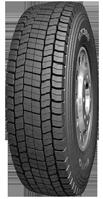




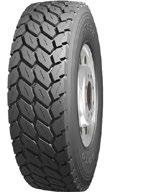
• Primarily designed for mining, off the road, and muddy surfaces. GCA7
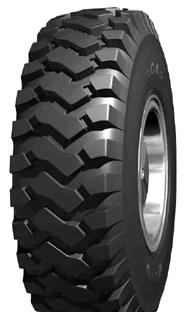
• Excellent performance supported with heat resistant compounds.
GCA2
• Non-directional deep tread pattern designed for muddy and soft surfaces.
• Excellent traction and floatation offer comfortable handling.
• Superior long tread life and excellent puncture resistance.
• Low rolling resistance and fuel economy.





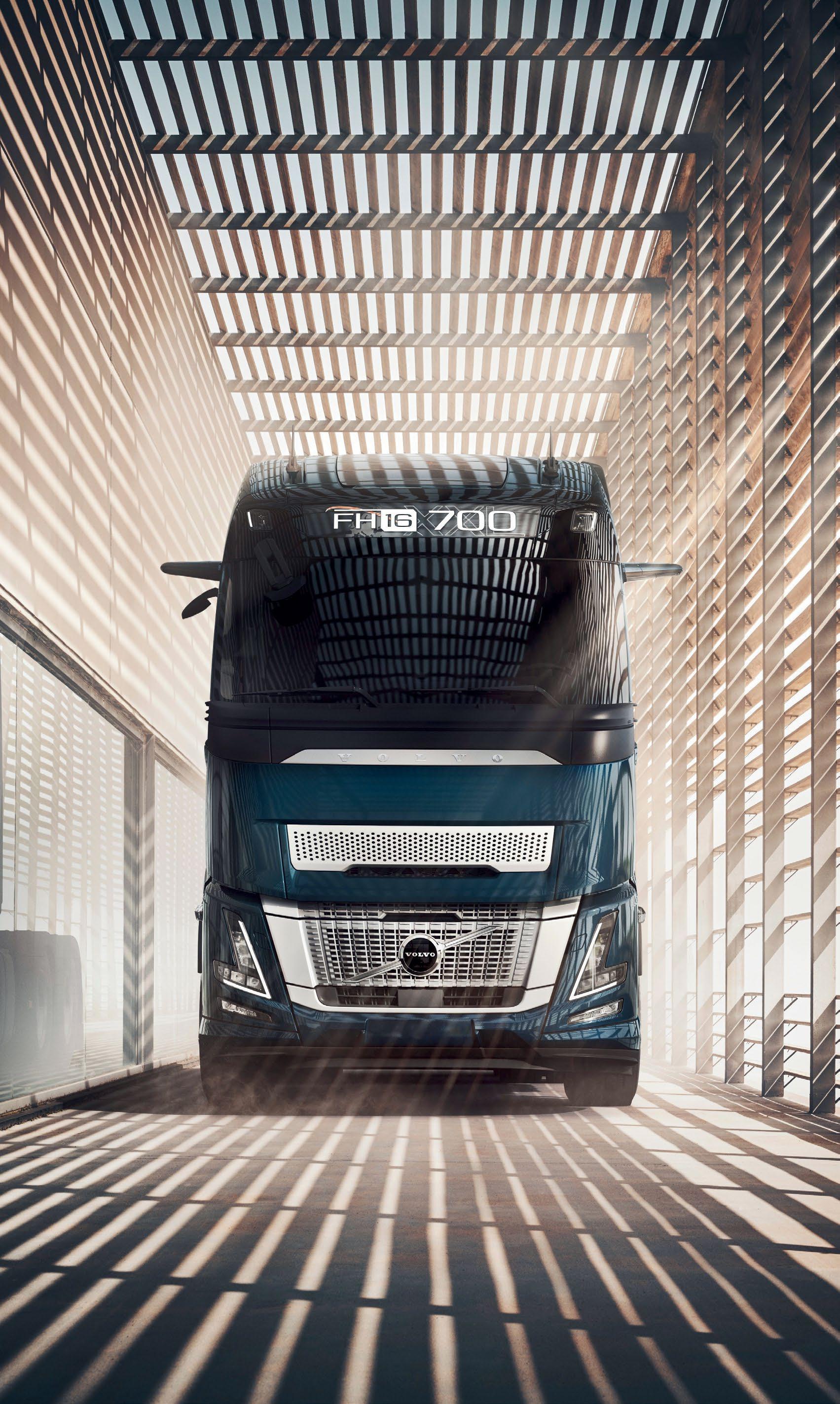



Your power and efficiency, extended.


Aerodynamic design for effortless cruising. Proven reduction in fuel consumption. Comfort and direct vision taken to a new level. This is Volvo Trucks power and efficiency, extended.
Volvo Trucks. Driving progress. volvotrucks.co.nz | 0800 683 683

Take a walk around.


We learn how Intertruck creates RHD Internationals for our market.
When we featured our first International RH in the August 2023 issue, we described how Intertruck had invested in configuring the model for the New Zealand market, which included developing its own right-hand drive (RHD) cab for production. While the RH had officially taken over from the ProStar, the remainder of the old ProStar dashboards and instrument panels (IP) carried over into the initial handful of units.
The cab shell arrives from the US as a left-hand drive. To better utilise container space, the left-hand-drive IP is partially installed into the shell for shipping. “We strip out everything,” says Clive. “We need the cab harness and body controller, as well as certain parts we carry over to complete the assembly process …”
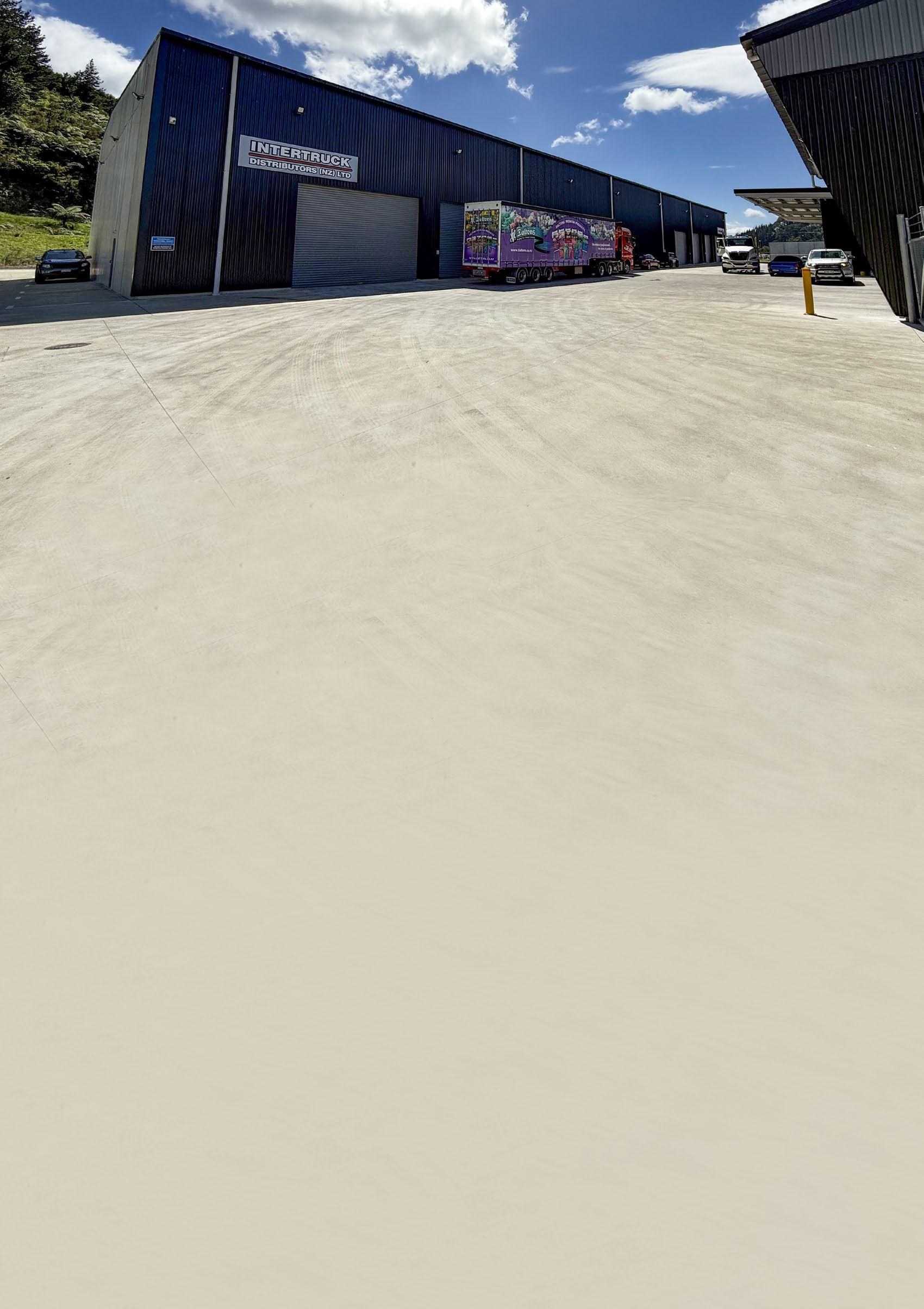
Development of the all-new dash and IP for our RHD market is now well and truly done, and Intertruck has the assembly process down to a fine art. With an extensive engineering background, Clive Anderson joined the Intertruck Assembly Plant as product development manager to develop the RHD dash for the RH. He walked us through that fascinating two-year process as we toured the vechile assembly line with him.
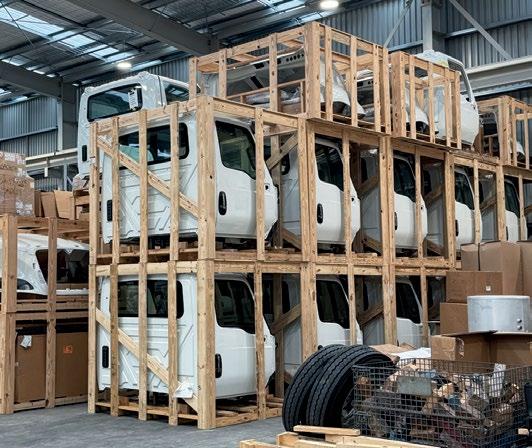


The heating and ventilation system had to be completely reengineered. The only bits retained were the main unit, housing the blower motor and servo motors, which

communicate with the body control unit, as well as the windscreen vents. Intertruck had pieces like the blower take-off 3D-printed and added new ducting. “Our concern was
how efficient the unit would be. We did a lot of testing, and the final production unit outperforms the left-hand-drive one with a better airflow to the driver,” says Clive.

Most of the development work went into the bits you can’t see. Here are some examples of the various stages of development for the 3D-scanning processes to get to final 3D-printed ventilation components.
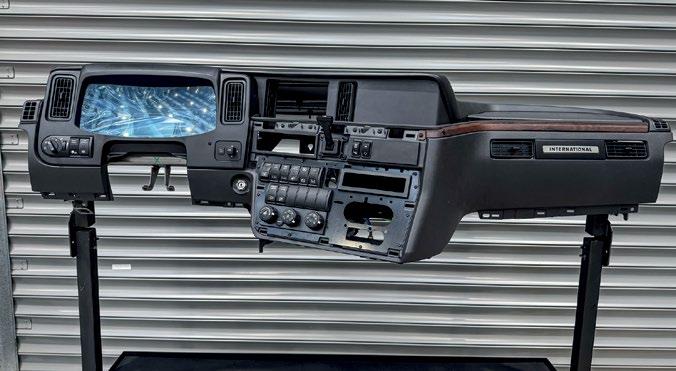

The RHD dash is injection-moulded and ready to accept the vents, switchgear and gauge cluster from the LHD version. “They’re all intelligent and speak to the body control unit to work together.
“The dash itself was the easiest part to replicate for RHD,” Clive says.


The cab wiring loom for the all-important body control unit also needs to be adapted, with wires lengthened and shortened where necessary. Unfortunately, it’s not just a case of taking it out and reinstalling it the other way around …
“It takes about four days to re-assemble the harness, and Intertruck developed a jig to do it. We’ll also wire in additional jumper harnesses for specific components, like beacon lights, to try mitigate a fitter cutting into the main harness. This is true customisation,” says Clive.


“Development of the all-new dash and IP for our RHD market is now well and truly done, and Intertruck has the assembly process down to a fine art.”
Production starts with the engineering division. The chassis rails are drilled according to the Authority to Build and componentry like boxes and brackets are fabricated for each build spec.
“Being NZ-built trucks means all components are built to suit NZ conditions,” says Clive.
Once drilled, the chassis rails are painted to prevent corrosion, and then placed on a jig to have the crossmembers added. An overhead crane lifts the unit so that componentry and brackets, for the likes of fuel tanks, can be added.
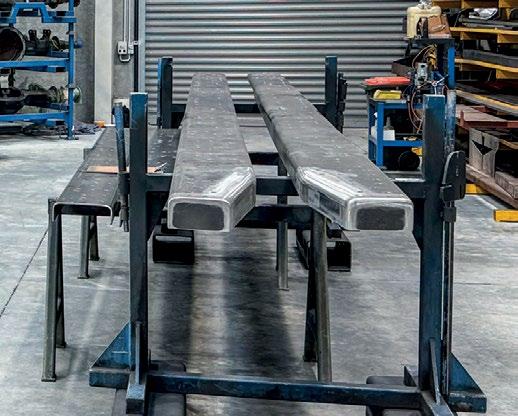


Axles are prepped according to the build spec, then placed onto rail trolleys to meet the chassis for trimming before going into the paint booth.
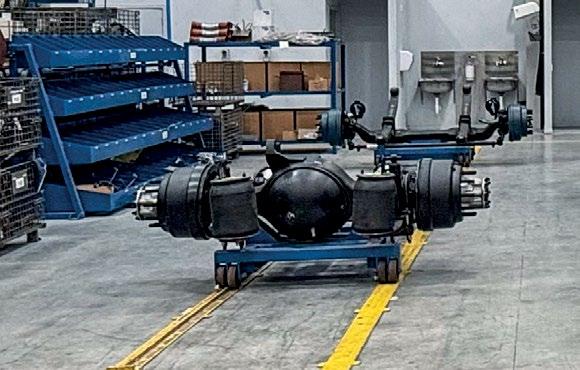

After paint, the chassis heads to one of four production lines, where the build is completed in situ, with plumbing and wiring, engine and gearbox, fully trimmed RHD cabs, and hundreds of other pieces finding their way onto the finished product.


A completed International RH ready to emerge into the sunshine.





REPEAT BUSINESS DEMONSTRATES NZ BUILT TRUCKS ALWAYS DELIVER, PROVIDING DRIVER APPEAL, SUPERB QUALITY and THE HIGHEST PAYLOAD












Though overall numbers were slightly down on last year, the 2025 Dunedin Truck Show was another successful event.
January 25 arrived with the sun shining and the birds chirping. The first trucks started arriving for the 2025 Dunedin Truck Show from about 7.30am onwards. Through the gate they entered – high, wide and handsome – and were all parked up by 9.45am, ready to join in with the annual A & P Society Show at Five Roads, Mosgiel.
On the dot at 10am, the gates opened for the public, who arrived in droves to take in all the attractions.
Forty-one trucks lined the walkways into the show, a huge effort by all concerned – the trucks were sparkling. The day kicked off with the three judges armed with clipboards, each challenged with the difficult job of judging them.
A massive thank you to all involved – you never fail to impress the committee judges and the public.
The King Rig Trophy went to Phil Taylor for his 2015 Volvo FH540 with a staggering 1,500,000km on the dial for Halls Cold Chain Logistics. Anyone who knows Phil will know that presentation is everything to him, and he showed that on the day. What a credit to him, he’s a worthy winner.
I received a call mid-year from Kim McLellan from McLellan Freight Balclutha asking if we would be keen on a memorial trophy for the late Alex McLellan, who sadly passed away almost a year ago. Last year, Alex was one of our judges; he was also a longtime friend of mine and many, many others. As a committee, we jumped at the chance and what an absolute privilege it is to have such a trophy. We decided to call it the Alex ‘Mac’ McLellan Memorial Trophy King Rig Dunedin Truck Show. What a wonderful gift from the McLellan family in memory of a much-loved husband, father, grandad, boss and friend to many in the transport industry.
A big thank you goes out to all our sponsors. In no particular order: Southpac Trucks, MTD, Roadmaster, Truckers Pride, Alan Combes Contracting, Keith Andrews Trucks, TMC, TWL, New Zealand Trucking magazine, Scania New Zealand, Monarch Wildlife Cruises, and many more.



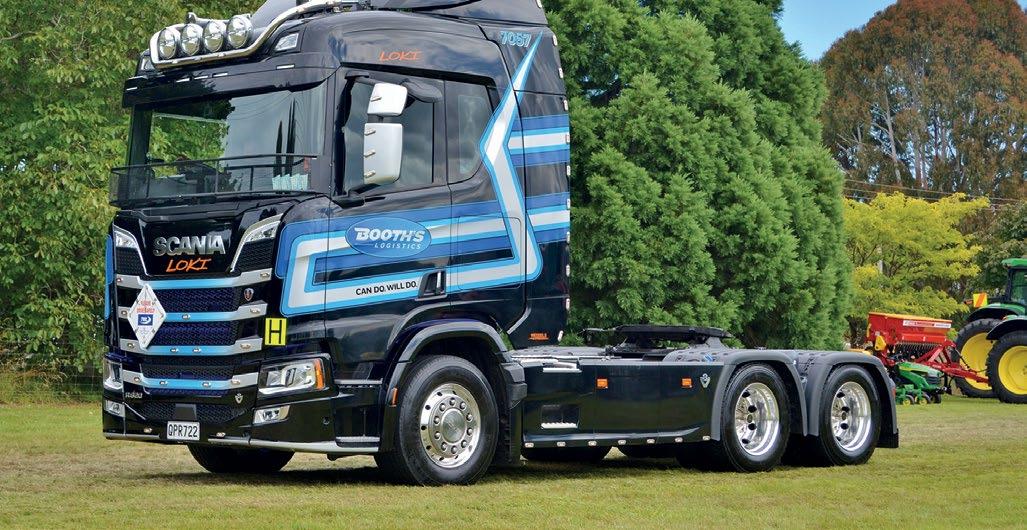




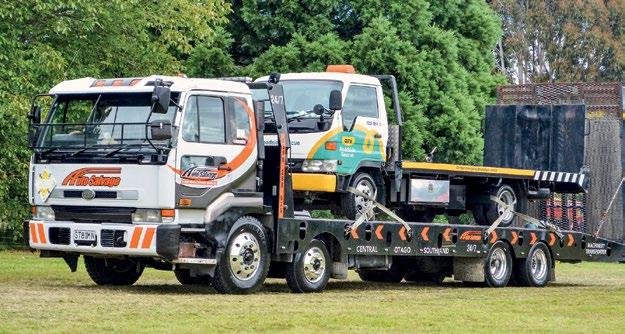



CATEGORY
Best Classic
Peter Dynes Dynes Transport
Best Curtainsider Jono Brenics
Best Logger Pumba McColl Scott Transport
Best Rigid Nic McEwan McEwan Haulage
Best Tractor Ben Overton (Bigmoe) Dynes Transport
Best 500,000km – 1,000,000km Damian Icon Logistics
Best Over 1,000,000km Ben Overton Dynes Transport
Best Iveco
Best International
Best Mercedes-Benz
Best Volvo
Ben Robertson Clearwater Civil
Isaiah McLellan McLellan Freight
Iain McLellan Fulton Hogan
Best Mack Stewart Homer Homer Contracting
Phil Taylor Halls Refrigeration
Best Nissan Steve Auto Salvage
Best Western Star
Best Scania
Best DAF
Carl Gardner Rohan Haulage
Best Freightliner Al Kiwi Road
Andrew Swaney Wessels Express
Daniel Mather Icon Logistics
Best Kenworth Nic McEwan McEwan Haulage
Best Chrome Ben Overton (Bigmoe) Dynes Transport
Best Fleet Scott Transport
Peoples Choice
Committee Choice
Sponsors Choice
King Rig
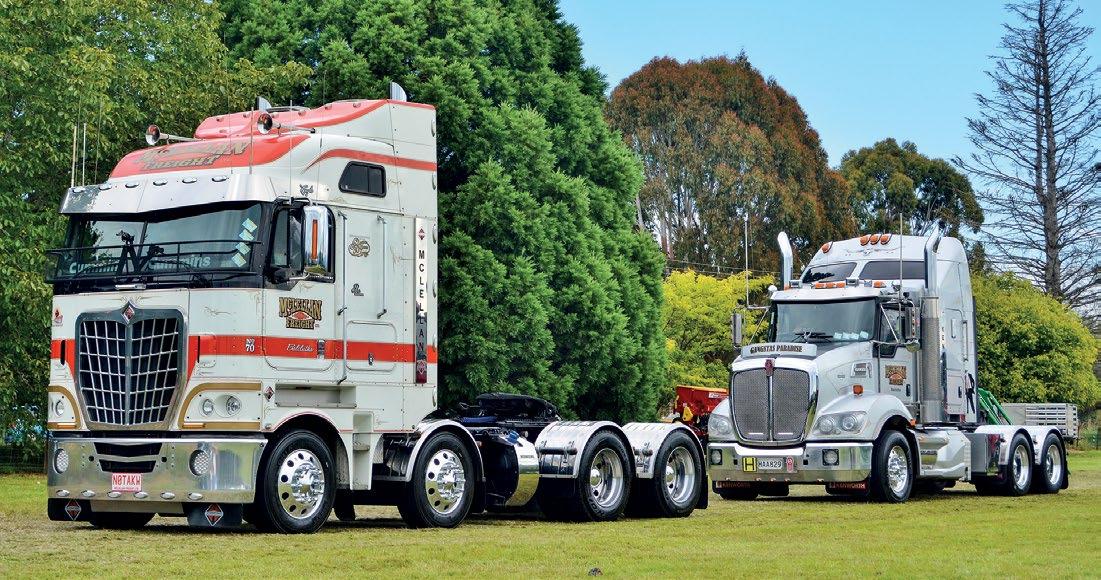
Andrew Swaney Wessels Express
Carl Gardner
Pumba McColl
Phil Taylor
Rohan Haulage
Scott Transport
Halls Cold Chain
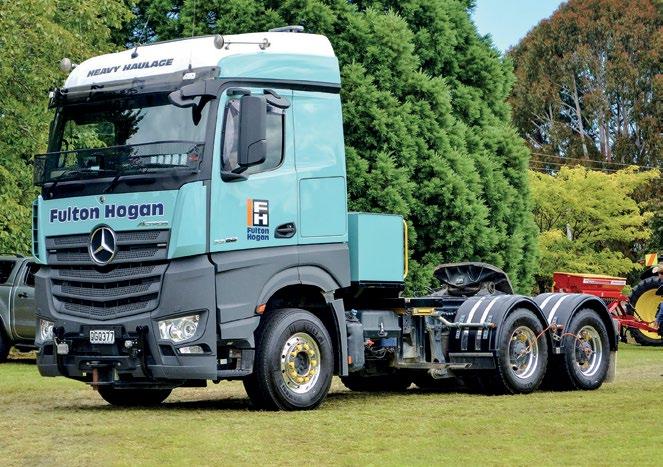

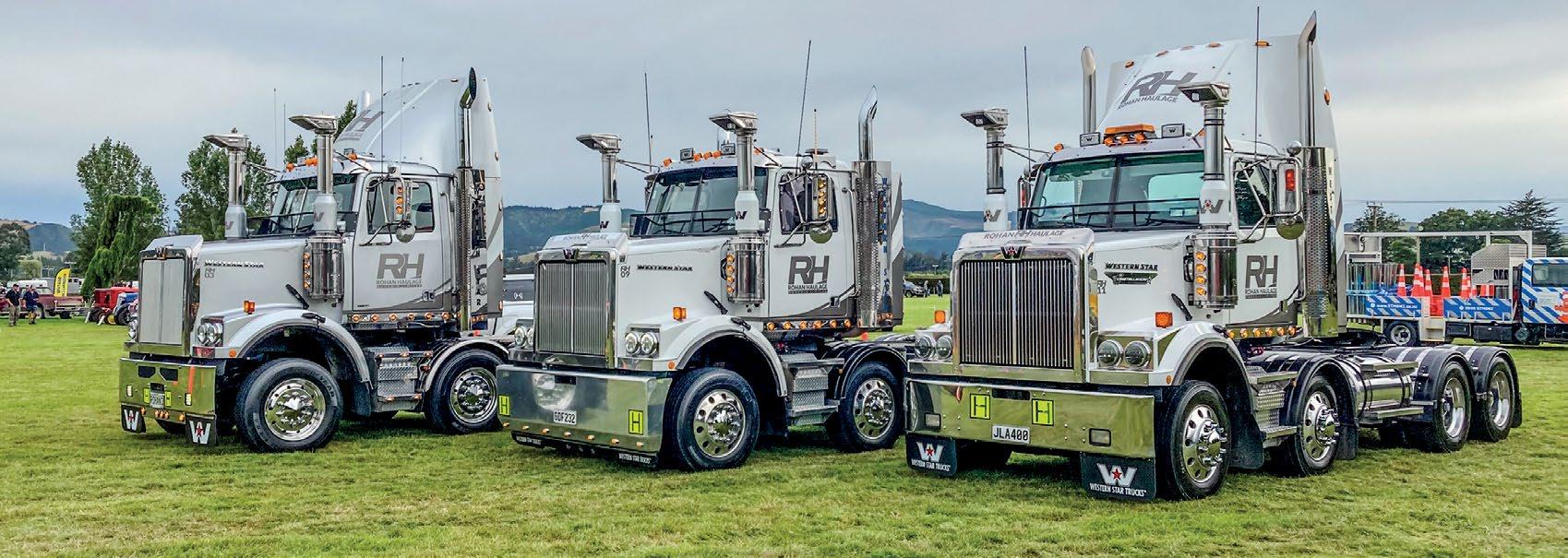


We’re incredibly proud to be voted #1 in safety in NZ Trucking magazine 2023 national trucking survey. From stronger cabs, to smart emergency brakes, to side-detection alerts, our focus is always on the best possible protection for our drivers and fellow road users.



& R Developments’

Story by Dave McCoid
Dave McCoid and as credited
If we needed a shot in the arm to get 2025 going after a less than salubrious 2024, the Bombay Truck Show 2025 was most certainly it. The organising team hit it out of the park – again!

There are four key things you need to make a truck show ‘hum’, and they were all there in spades at Bombay this year: trucks, people, a great mood, and the sun. Once again, those organising the Bombay Truck Show served us up a New Year’s treat, and on the fringes of the nation’s largest metropolis, thousands turned out to enjoy an event that has a country community feel.
The venue is superb, with fantastic views out over Pukekohe and the Manukau Harbour in the distance. The tiered nature means there’s always something interesting up here, down there, or just around the corner. Likewise, everyone’s catered for, with trade stalls, show and shine, classics, merch, models … you name it, it’s there.
Total truck attendance was 473, with an estimated crowd at about the 20,000 mark.
“Now that it’s done and we’ve had time to breathe out, I feel the same as you and everyone else, a great day and a huge success,” says organising committee member Marieka Morcombe.
Beneficiaries of the event are the Bombay Rugby Club, Leukaemia and Blood Cancer New Zealand and Franklin Hospice, with the proceeds split evenly. Marieka says final numbers won’t be available for another couple of weeks but early figures are looking at around $120,000 to be split three ways. The gate takings of $13,982.70 go to Bombay junior rugby and netball.


The Mainline Distribution Best Classic Award went to the Shayler family’s MW ERF (That’s the one on the right for the young people).
HEBs Mack Titan with bridgebeam transporter in tow. You’d be buggered if lost the instructions.
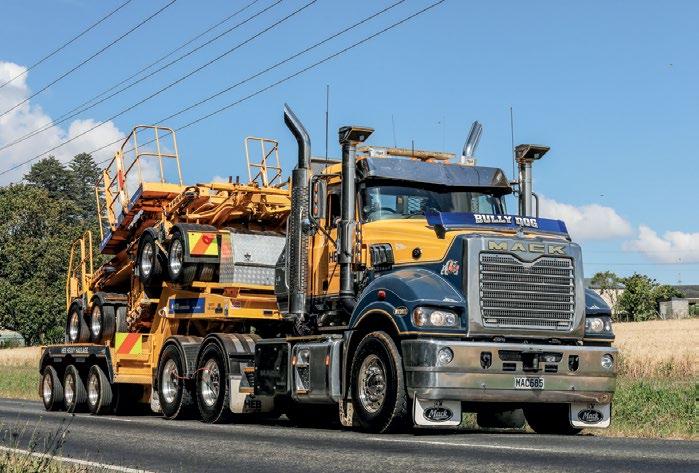
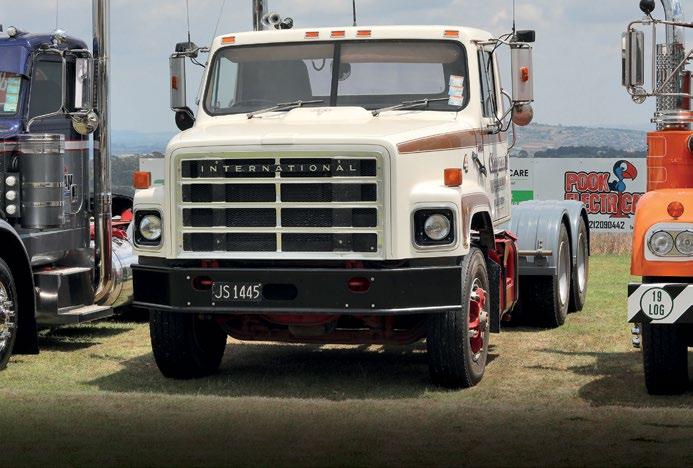
Some of us remember when S-Lines were at the front lines of the Pukekohe-based Chapman C.O.E.L. (Chapman Onion Export Ltd) business. What a superb example.
What will truck shows look like in 2040? The Windrose is popping up all over the place and is now looking very familiar on the New Zealand scene.



Still heavy metal – always will be. The resplendent Kenworth W924 belonging to Heavy Metal Haulage in Hamilton.
One of the stars of the show – no pun intended – was the restored International Transtar The Equalizer, belonging to Auckland’s LW Bonney & Son.



There’s not many LB or LK series Scanias left nowadays, and every one you do see is a real treat. H&D Smythe from Turua on the Hauraki Plains owned this truck from new in 1981. It’s recently moved into the keep of Pukekohe Hiabs. Watch this space we reckon.



Transport fleet
The RPC Logistics display was typical of the impressive turnout and support from local fleets, with company tent and bbq welcoming attendees.
Yes, certainly shades of the BP Truck Rodeo in Taupō during the mid-1980s.

Best
Best
There was a great display of race trucks at the show. We would say ‘Dave West, seen here unloading his Freightliner Argosy race truck’, but you wouldn’t know with Westy … he might be preparing to launch. Photo: Mike Beesley.

Best Kenworth Mainline Distribution XKWX Brett Marsh NFK40
Best DAF ORT QWQ53 Redman Hiabs MSB548
Best Japanese KT Cartage LIFTNV RPC Logistics HIABS
Best Western Star MC & Sons BDB415 Vernon Developments
Best International GT Freighters PBO811 Sorenson Transport QBK856
Best Scania Custom Trucks SCANIA North Trans QAU712
Best Mercedes-Benz Warren Arnet Ltd OMG899 Pukekohe Carriers MJL322
Best MAN Darkside Linehaul QPF89
Best Freightliner CJ Ahrens ROMPER
Best Iveco Hanes Engineering LOWVCO
Best Ford John Bailey
Bombay Truck Show Best Flat Deck/Skelly
Vernon Developments Best Transporter Award
Crane Sales Best Self-Loading Truck
Jackson Enterprises Best Stock Truck Award
Waitomo Best Tanker Award
Quicksilver Linings Best Tipper Award
Total Truck Glass Best New Truck Award
Kraft Best Logger Award
TRT Endless Award (oldest working truck)
Road Master Best Curtain Sider Award
Tyres 4 U Long Travel Award
Trenchmate MEC610
ACE MACKLT
Pukekohe Hiabs 622NV
Graeme Wright Carriers JSK819
Golden Bay R-Model GBC10 (Newey)
Michielsons QPR969
Kempthorne R660V8
Satherley Logging 4GD900
Collin Walter
BYB Freighters QHR849
Darkside Linehaul

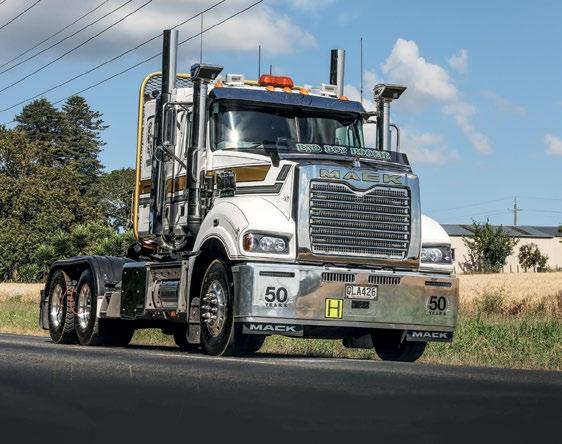
This town ‘ain’t big enough for the both of us’ is not the case when it comes to Pukekohe and W900SAR Legend series Kenworths. This immaculate N & J Wood example joins the Reddington unit, also resident in the district.
– We wish you a happy retirement (retired from driving the day of the show).
Dynes – The Long Haul from Invercargill.



I’ve been saving this bad boy for the last 2023 Wheels at Wānaka Memory. Firstly, the 2025 show celebrates 100 years of Caterpillar, so the Cat scraper 630B is a nice nod to that. Second, its W Stevenson and Sons livery is a cornerstone of the New Zealand earthmoving halls of honour. And third, its owner, Vic Draper, has moved so much dirt in his life that he’s likely to have single-handedly caused the need for several re-draws of the nation’s topographical map! Roll on Wheels at Wānaka 2025 we say!


McCarthy Transport has taken significant strides in upskilling its drivers through an in-house training system for MITO credentials.
Since 2011, the company has successfully completed 90 national certificates. And, in April last year, it introduced a structured learning programme for a group of drivers from the Napier area, equipping them with laptops to complete their MITO training.
Compliance manager
Shannon Crombie, now in her sixth year with the company, says last year marked a major step forward in their training efforts.
“Last year was kind of the real big start for us in terms of in-house MITO training,” she says.
“And while it is self-driven learning, between myself, the transport managers and our driver facilitators, we’ve helped get at least two completions.
“And from the end of last year, we have just four or five drivers waiting to do their last theory
segment and then practicals, which should hopefully be completed by April by our internal accessors.”
A key focus for the future of the programme has been ensuring that training is distributed across different business areas to minimise time off the road.
While the time commitment for learning can be significant, Shannon emphasises that the benefits outweigh the challenges.
“We use technology every day,

and the MITO programme is just another system our drivers need to learn.
“They all learn at different paces, so getting them through the first initial one or two modules to get the hang of it is where that time needs to be spent,” she says.
Despite the adjustment period, the staff have embraced the programme.
“The staff have all made efforts to learn the programme and are supportive of achieving something that also benefits the company.
“It’s a win-win situation for everyone. It’s quite an achievement for them once they’re finished.”
Shannon says the importance of formal training in the transport sector cannot be understated, particularly in an industry with inherent risks.
“Transport is a high-risk industry. These guys are skilled in their craft, and giving them a formal qualification reinforces the skills they already have,” she says.
Shannon also believes the training plays a role in changing perceptions of truck drivers.
“I think truck drivers often get unfairly stereotyped. While some may leave school early because the traditional system didn’t suit them, being a professional truck driver requires a high level of skill, responsibility, and expertise that not everyone possesses.”
With the continued success of its in-house MITO training, McCarthy Transport is not only investing in the professional development of its drivers but also reinforcing the expertise and dedication within the transport industry.

Take the next step in your career with the New Zealand Certificate in Business (First Line Management) (Level 4).
This programme is tailored for professionals in MITO’s industries—automotive, commercial road transport, extractives, gas, and logistics—who would like to progress their knowledge and skills in team management and development.
Scan the QR code or head to mito.nz/flm to enrol.


Mike Beesley is a veteran of the trucking industry in the North Island and a well-known truck photographer. He has amassed a collection of thousands of truck photos taken during a career of more than 50 years and is kindly sharing some of his favourites.

Never late in a V8 … On a wet day in May 1983, a Normans Transport Scania 141 V8 overtakes a Taylor Bros Transport Mitsubishi V8 heading up the Bombay Hills, SH1 – friendly wave and all.
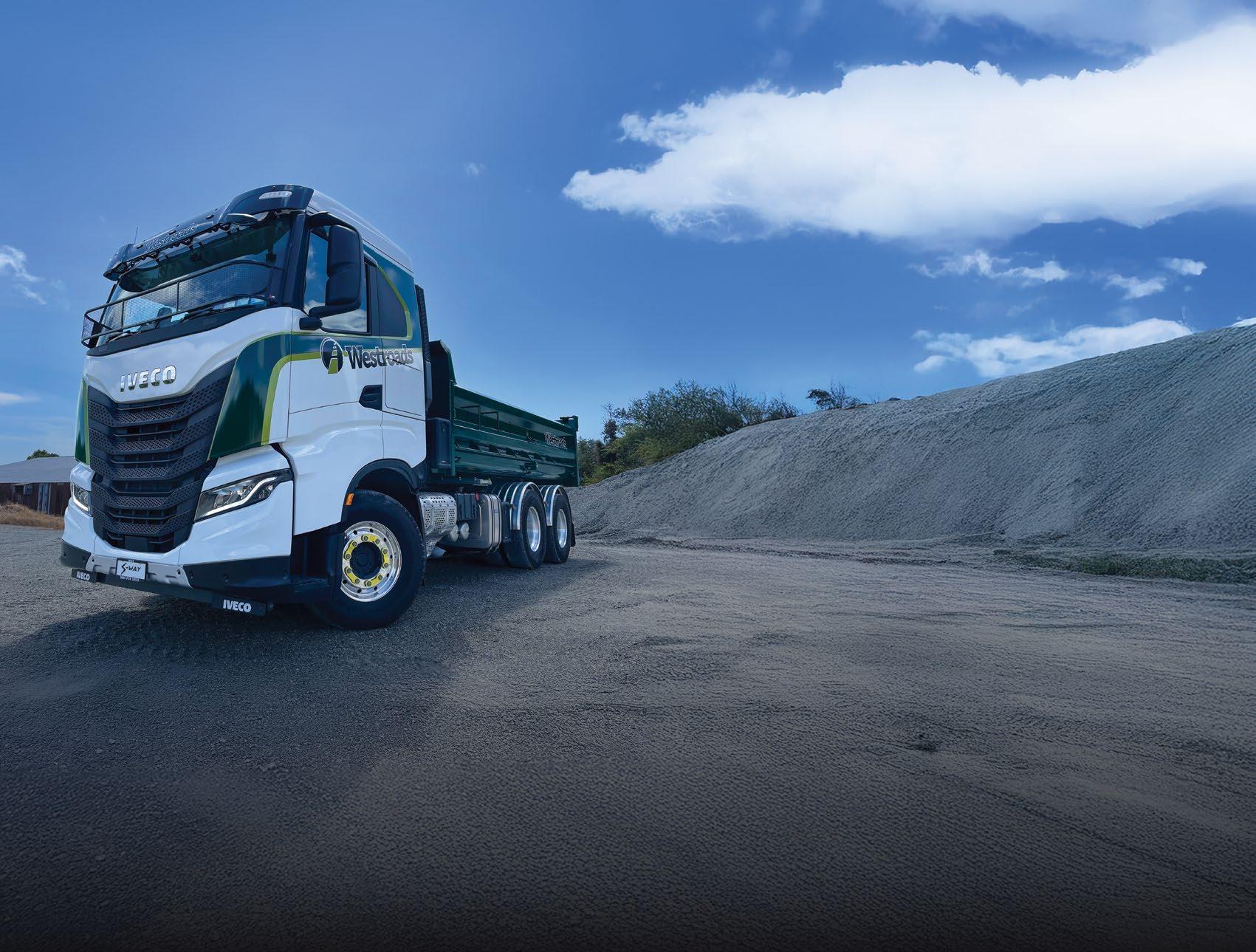







OPERATOR: Carleys Transport, Te Kauwhata
ENGINE: Volvo D16G 16L Euro-5 447kW (600hp) 2800Nm (2065lb/ft)
TRANSMISSION: Volvo ATO3112
I-Shift 12-speed
REAR AXLES: Volvo RTS2370B
REAR SUSPENSION: Volvo eight-bag air suspension
BRAKES: Disc. ABS, EBS
SAFETY: ESP, DAS, ACC, AEB, LCS, LKA, AB, passenger side view cam
OPERATOR: John West Logistics
ENGINE: UD GH11TB 11L 298kW (400hp) 2000Nm (1475lb/ft)
TRANSMISSION: ESCOT-VI 12-speed AMT
REAR AXLES: UD hypoid with cross locks
REAR SUSPENSION: UD eight-bag ECAS air suspension
BRAKES: Disc. ABS, EBS
SAFETY: UD safety suite, TEBS, TECC, ESC, LCS, HSA, SGA
BODY/TRAILER: Truck body and crane installation by Custom Motorbodies
FEATURES/EXTRAS: Palfinger PK22002EH crane, polished alloy wheels, stone guard, sun visor
PAINT: Factory
SIGNAGE: Brave Design, Henderson
OPERATION: Diamond Roofing deliveries throughout the greater Auckland region
BODY/TRAILER: Domett truck deck and matching five-axle trailer, Total Stockcrates
FEATURES/EXTRAS: Full Globetrotter spec, factory aero kit, additional LED marker lighting, stone guard
PAINT: Factory
SIGNAGE: Fleet Image, Te Awamutu
OPERATION: Livestock transport throughout the North Island
DRIVER: Shaun ‘Taip’ Taipari
SALES: Dwayne Lawson

OPERATOR: C & R Developments, Hautapu
ENGINE: Cummins X-15 15L 459kW (615hp) 2779Nm (2050lb/ft)
TRANSMISSION: Roadranger RTLO22918B 18-speed manual
REAR AXLES: Meritor RT52-185G with full cross locks
REAR SUSPENSION: Neway AD246/10 air suspension
BRAKES: Drums. ABS, EBS
SAFETY: ABS, EBS
BODY/TRAILER: 90mm oscillating turntable and subframe by TRT, Hamilton
FEATURES/EXTRAS: SI Lodec scales, TRT CTI, twin tool lockers, stainless steel sun visor, custom LED marker light panels
PAINT: Factory
SIGNAGE: Grumpy’s Sign Shop, Cambridge
OPERATION: Low loader operations throughout the country
DRIVER: Murray ‘Muzz’ Peake
SALES: Adam McIntosh

OPERATOR: Hilton Haulage, Oamaru
ENGINE: Scania DC16 16L Euro-6 485kW (660hp) 3300Nm (2434lb/ft)
TRANSMISSION: Scania Opticruise G33 14-speed AMT with 4700D retarder
REAR AXLES: Scania RB662 single reduction with full cross and diff locks
REAR SUSPENSION: Scania air suspension on all axles
BRAKES: Disc. ABS, EBS
SAFETY: ESP, AEB, ACC, driver and passenger airbags
BODY/TRAILER: Truck body and new matching five-axle trailer by Lusk Engineering, Ashburton
FEATURES/EXTRAS: Broshmik drop visor and stone guard, Scania spotlight roof bar, Scania reversing cameras on both truck and trailer, cab fridge, additional LED marker lights
PAINT: Bus and Truck Body Works, Ashburton
SIGNAGE: Signbiz, Christchurch
OPERATION: Bulk tipping operations throughout the South Island
DRIVER: Nick Kelland
SALES: Simon Leary

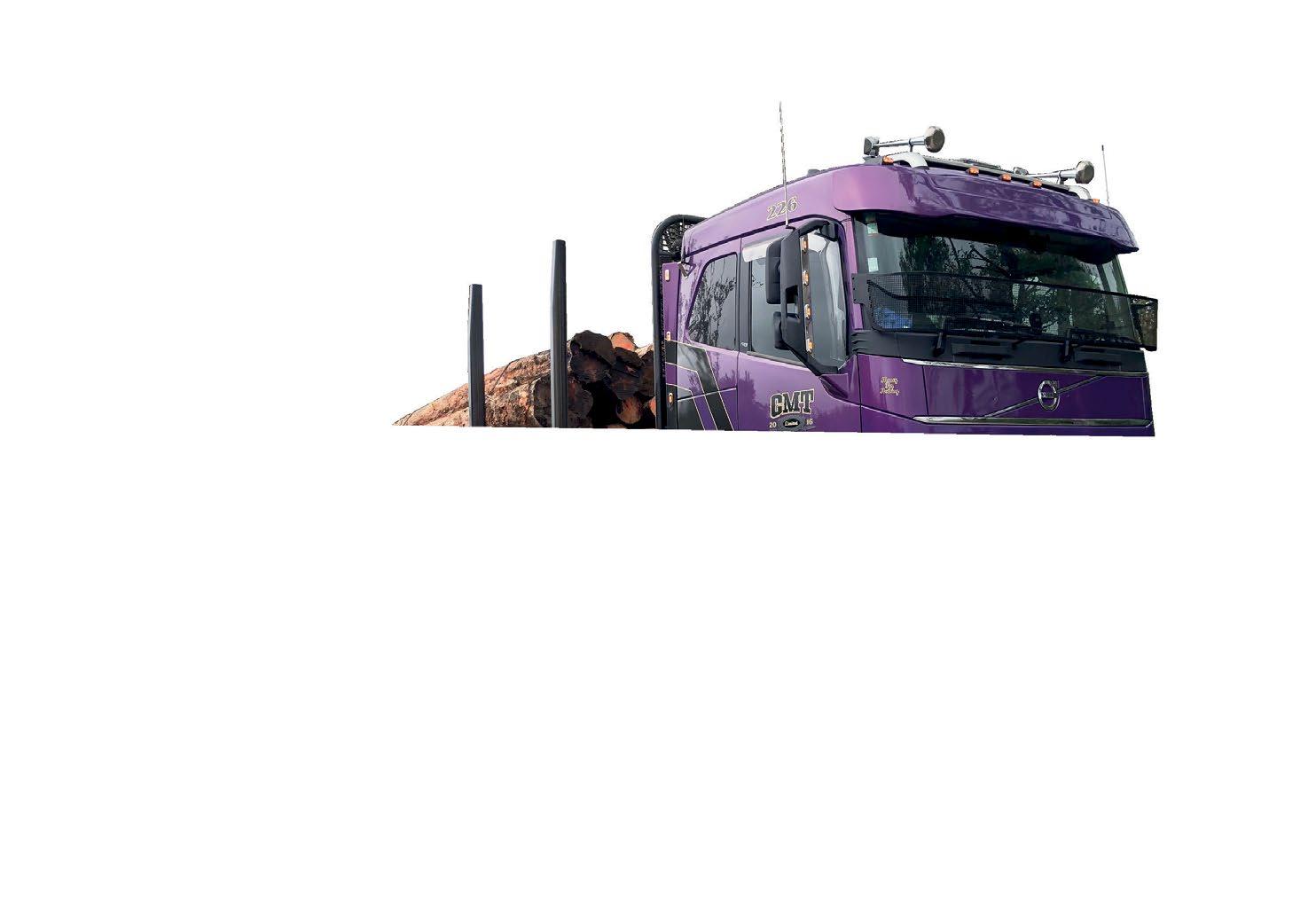
OPERATOR: CMT (2016), Napier
ENGINE: Volvo D16G 16L Euro-5 522kW (700hp) 3150Nm (2323lb/ft)
TRANSMISSION: Volvo I-Shift 12-speed with hydraulic retarder
REAR AXLES: Volvo RTS2370B
REAR SUSPENSION: Volvo
eight-bag air suspension – extra high RADD-G2
BRAKES: Disc. ABS, EBS
SAFETY: ESP, DAS, ACC, AEB, LCS, LKA, AB, passenger side view cam
BODY/TRAILER: Logger fitout to truck and matching four-axle
OPERATOR: Four Peaks Transport, Geraldine
ENGINE: Scania DC16 16L Euro-6 574kW (770hp) 3700Nm (2729lb/ft)
TRANSMISSION: Scania Opticruise GRSO926R 14-speed AMT with 4100D retarder and clutch on demand
REAR AXLES: Scania RB735 hub reduction with full cross and diff locks
REAR SUSPENSION: Scania air suspension on all axles
BRAKES: Disc. ABS, EBS
SAFETY: ESP, AEB, ACC, driver and passenger airbags
BODY/TRAILER: Delta Stock Crates, Feilding
FEATURES/EXTRAS: S-Cab sleeper spec, pull-out bed, rear wall storage, cab fridge, additional LED marker lights, stoneguard
PAINT: Factory
SIGNAGE: Geraldine Signs, Geraldine
OPERATION: Livestock movements throughout the South Island
DRIVER: Andrew Gould
SALES: Simon Leary
trailer by Patchell Industries, Rotorua
FEATURES/EXTRAS: Straight front axles, engine sump guard, King Bars Pacific Road Train bull bar, additional LED marker lighting, stoneguard
PAINT: Factory
SIGNAGE: Caulfield Signs and Graphics, Rotorua
OPERATION: Logging operations for the Pan Pac Whirinaki mill
DRIVER: Greg ‘Scooby’ Springer
SALES: Simon Wilson

OPERATOR: Sheldrake Haulage, Tokoroa
ENGINE: Paccar MX-13 13L Euro-6 390kW (530hp)
2600Nm (1920lb/ft)
TRANSMISSION: ZF TraXon 16TX2620 16-speed AMT
REAR AXLES: DAF SR1360T XLFR with full locks
REAR SUSPENSION: Paccar eight-bag air suspension
BRAKES: Disc. ABS, EBS
SAFETY: ABS, EBS
BODY/TRAILER: New truck body by Jackson Enterprises and refurbished Fruehauf five-axle trailer
FEATURES/EXTRAS: Full factory aero kit, stoneguard, additional LED marker lighting, tool lockers
PAINT: Factory
SIGNAGE: Wrapped Auto Signs, Tauranga
OPERATION: Dedicated work delivering new paper product and backloading recycled cardboard
DRIVER: Richard Pakoti
SALES: Adam McIntosh
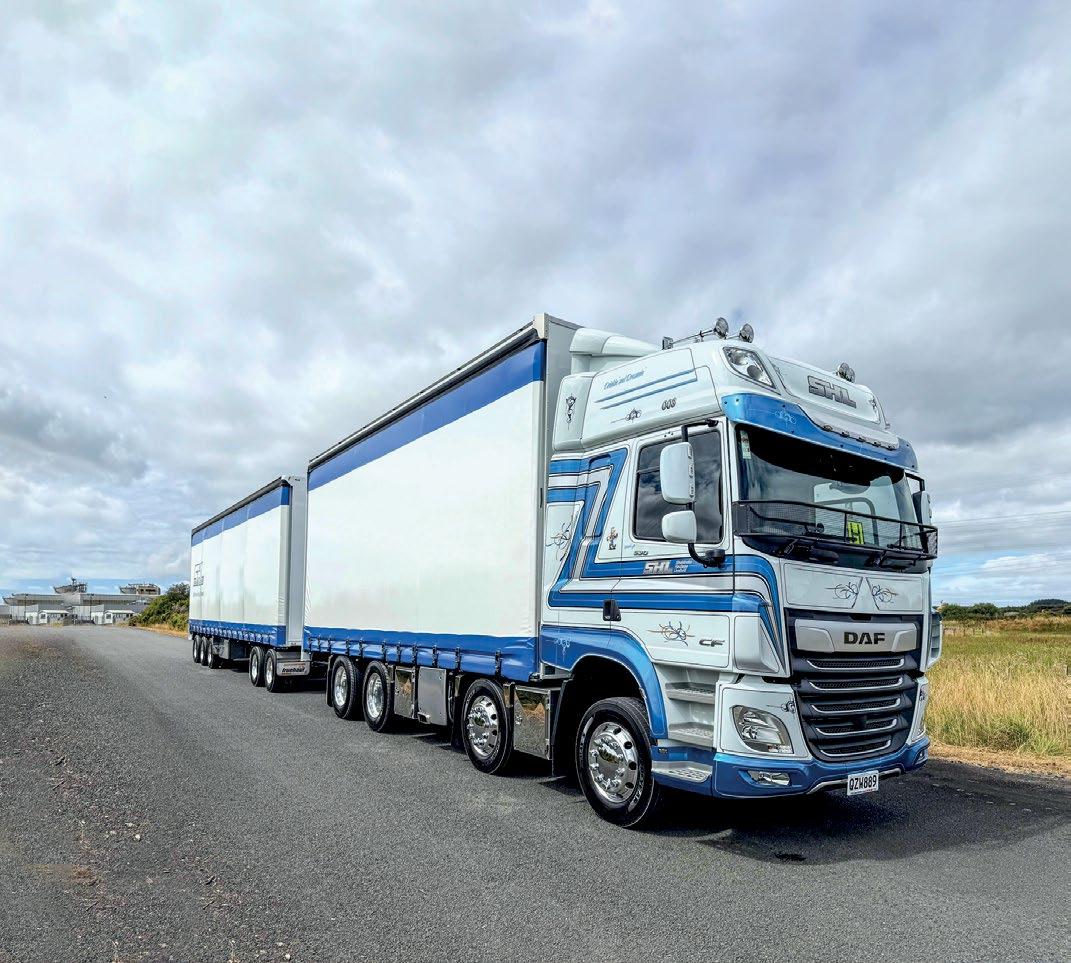
OPERATOR: JP Roadhaul, Mt Maunganui
ENGINE: Cummins X-15 15L 459kW (615hp) 2779Nm (2050lb/ft)
TRANSMISSION: Roadranger RTLO22918B 18-speed manual
REAR AXLES: Meritor MT21-165GP with full cross locks
REAR SUSPENSION: Kenworth Airglide 460
BRAKES: Drums. ABS, EBS
SAFETY: ABS, EBS
BODY/TRAILER: IXOM six-axle B-train chemical tanker set
FEATURES/EXTRAS: Factory-fitted Holland compensating fifth wheel, Kentweld rodeo bumper, BroLube auto greasing system, custom stainless steel and lighting work by Mainline Distribution, PearlCraft steering wheel, Alcoa
Dura-Bright alloy rims, limited-edition gauges
PAINT: Factory
SIGNAGE: Marty’s High Performance Signs, Mt Maunganui
OPERATION: Delivering IXOM product from its Mt Maunganui base
DRIVER: Jeff Hill
SALES: Tim Finlay

Have you recently registered a new rig on the road? Would you like it immortalised within the pages of New Zealand Trucking magazine? Then feel free to send a photograph and specification information to carl@nztrucking.co.nz and we will make that happen for you.
AB – Air Bag
ABS – Antilock Braking System
ACC – Adaptive Cruise Control
ABA – Active Brake Assist
AEB – Autonomous/Active Emergency Braking
AEBS – Advanced Emergency Braking System
ALA – Active Lane Assist
ASR – Anti Slip Regulation / Auto Slip Regulation
ATC – Automatic Traction Control
BAS – Brake Assistant System
BB – Brake Blending CAB – Curtain Air Bag DA – Driver Alert DAS – Driver Assistant Support DM – Driver Monitoring DS – Driver Support DTC – Drag Torque Control EBA - Emergency Brake Assist EBS – Electronic Braking System EBSS – Electronic Braking
System
– Electronically Stability
– Front Under-run
Reversing Buzzer RM – Rocking Mode RW – Reverse Warning SAB – Side Air Bag SC – Speed Control
– Side Detection SGA – Side Guard Assist
– Traffic Eye Braking System
– Traffic Eye Cruise
– Tyre Pressure
– Vehicle Stability Control


• Truck & Trailer Wheel Alignments
• Long wheel base vans / heavy vans and motorhome wheel alignments
• Tyre sales and fitting
• Induction heating and straightening of bent trailer axles and diff housings
• On & off truck wheel balancing
• Axle Camber Corrections
• Onsite alignments
• Specialist Vehicles TRUCK & TRAILER WHEEL ALIGNMENTS SPECIALISTS

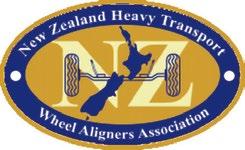








New Zealand has a rich heritage of body and trailer building, and we’re proud to showcase recent examples of Kiwi craftsmanship every month. To feature on these pages, send a photo, features and the manufacturer’s name to carl@nztrucking.co.nz.
When it came to fitting out its new Kenworth K220 as a 50MAX self-loading crane truck, Point Lumber of Tīmaru entrusted the build to the experienced team at Mills-Tui. The five-axle multi-bolster trailer runs Hendrickson INTRAAX disc-braked axles, with TIREMAAX keeping air pressure in check. The truck deck uses Hardox steel and Quick-Lock ExTe stanchions, all assisting to keep the tare weight trim. A Palfinger Q180Z crane with log grapple completes this functional build, capable of 58 tonne on an HPMV permit.

FEATURES: Tui tensioners, Bigfoot CTI, SI Lodec scales, Knorr-Bremse EBS, Mills-Tui alloy wheels, RedFlag toolboxes. Mills-Tui, Rotorua
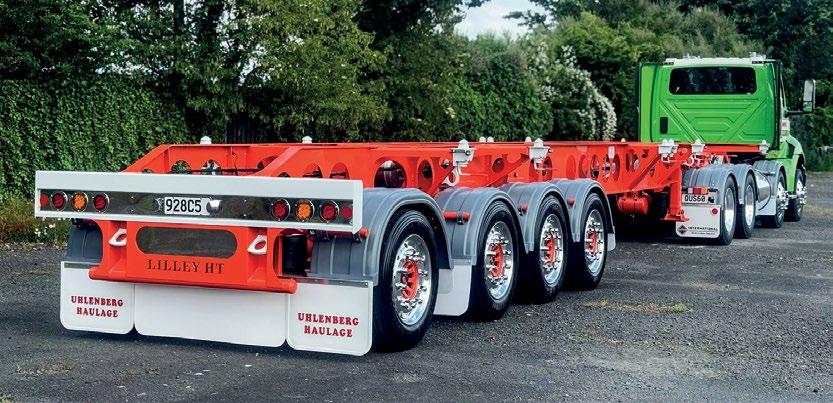
FEATURES: SAF-Holland landing legs, Alcoa DuraBright super single alloy rims, custom stainless-steel light bar, infill trim. Lilley HT and Hogan Contracting, Putaruru
Proudly wearing a coat of Uhlenberg Haulage orange on its chassis is this new quad-axle container skelly built by the talented crew at Lilley HT and Hogan Contracting of Putāruru. As low tare weight is always important, consideration was given to all areas of the build, including the fitting of SAF-Holland BI9 series Intradisc axles. The installation of a Wabco EBS intelligent braking system takes care of proceedings and stability.

Built for bulk, and plenty of it, is this fresh new build straight from the Transport Engineering Southland (TES) workshops in Invercargill.
With the bin on the truck at 5.1m long and 2.1m sides, and the trailer at 8.5m with 2.3m sides, the new McEwan combination is an impressive sight and capable of some impressive volume.
Taking the strain when it comes to the lift is a pair of Edbro hoists, with single swing taildoors and sealed grain doors, allowing a variety of discharge options and rates.
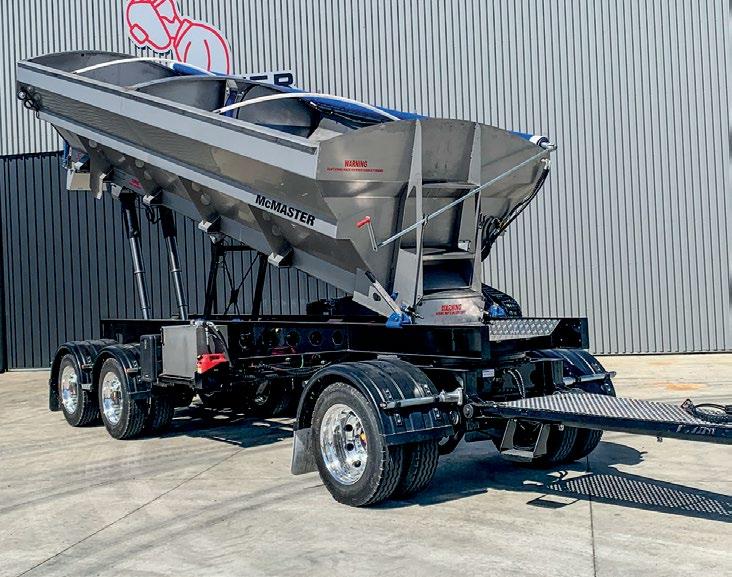
FEATURES: Alcoa alloy rims, Rhino guards, Wabco EBS, rollover cover. McMaster Engineering, Winton

Delivering the great professional look of a wheel in combination with significant weight saving benefits and the strength of a quality forged aluminium wheel makes ALCOA Wheels stand above the rest.
FEATURES: SAF axles, Wabco EBS, TES custom access ladders, Alcoa DuraBright alloy rims. Transport Engineering Southland (TES), Invercargill
Hitting the road and the paddocks throughout Southland for Winton-based Sinclair Transport is this new self-unloading fertiliser trailer built by the creative crew at McMaster Engineering of Winton.
Versatility, productivity and longevity were at the top of the wish list, and with the twin hopper stainless-steel body capable of transporting 14 tonnes of urea and a high-tensile steel chassis, these points are most definitely addressed. SAF-Holland ZI-9 Intradisc axles on air suspension with a Wabco EBS intelligent braking system helps to keep things firmly grounded.


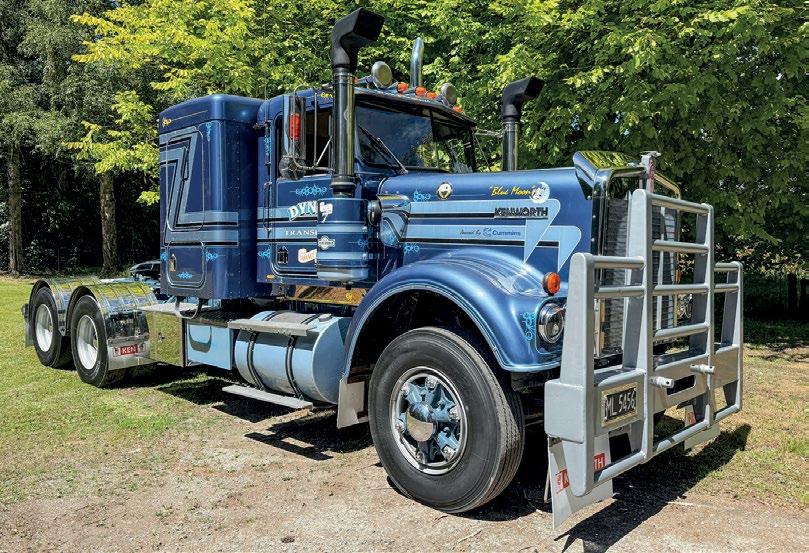

Blue Moon was the first truck to feature as both the magazine’s cover and poster.
Every now and again one of those trucks pops up in the Million Mile Club that is just a little bit special. With this month being our 40th anniversary issue, we feel privileged to induct this worthy contender into the club.
Blue Moon as it is affectionately known within the Dynes Transport fleet, is no stranger to the pages of New Zealand Trucking. In near-new condition, Blue Moon featured on the cover of the April 1985 issue of the magazine, as well as being that month’s poster child. At the time, David Shand was the skipper at the helm of the distinctive metallic two-tone blue Kenworth. David commented then how it was a good weapon and a good reliable truck. Testament to this is how, 40 years on, Blue Moon remains a one-owner truck, still residing in West Otago within the Tapanuibased fleet.
Built as a chip-liner at the time, Blue Moon was double-shifted, running product to both Bluff and Dunedin from the local sawmills. In 1990, with near 800,000km on the clock, Blue Moon was brought into the workshops at
Tapanui, the chip bins were removed, and it was redeployed as a logger. Fitted out with a new four-axle trailer and set up as a shorts unit, it was into the blue mountains pulling five to six loads a day out of the bush to local mills.
Roll around to 2005, Blue Moon was tired and looking a little shabby with some cab damage, so Dynes Transport’s mechanical maestro, Mark Chalmers, wheeled it into the workshop and commenced a considerable strip-down and rebuild.
“We gave the big-cam 400 Cummins an in-frame, and also removed the six-rod suspension and fitted Kenworth eightbag air suspension. The six rod was okay, but because we were converting it to a tractor unit, the air suspension just makes it smoother and easier on the back,” Mark explains.

Each month, New Zealand Trucking Media recognises the trucks that have achieved this milestone in the act of carrying the nation on their backs. We'd like to recognise yours too!
OR OVER 1 MILLION MILES (1.6M KILOMETRES) TO JOIN, EMAIL: editor@nztrucking.co.nz
Quality image of the truck
Name of owner and driver
Basic spec (model, engine, trans, rear end)
Contact details
Only owners can submit
“We cleaned, prepped and repainted as we rebuilt it, and added a few shiny bits. While on the job, we came across the sleeper for sale, so it was purchased and fitted complete with the walk-through. It is a bit small, the bigger 63in would be better, but it is still useful and looks the part on the long frame rails.” We couldn’t agree more, it definitely completes the package.
Blue Moon has an easier life these days. Based out of the yard at Tapanui, it finds itself in front of a transporter trailer as well as assisting with workshop operations; some might say semi-retirement. However, rest assured that Blue Moon, now with approximately 2,500,000km on its clock, is still an extremely well-specced, capable tractor unit, making it a well-qualified inductee into the New Zealand Trucking Million Mile Club for March 2025.




and
It’s 40 years since Torquing Bulldog graced the cover of New Zealand Trucking magazine’s inaugural issue, and today, the blue and silver Dibble rigs continue to ply New Zealand’s highways. Here, a Dibble Mack Trident is seen travelling up SH3 through the King Country.




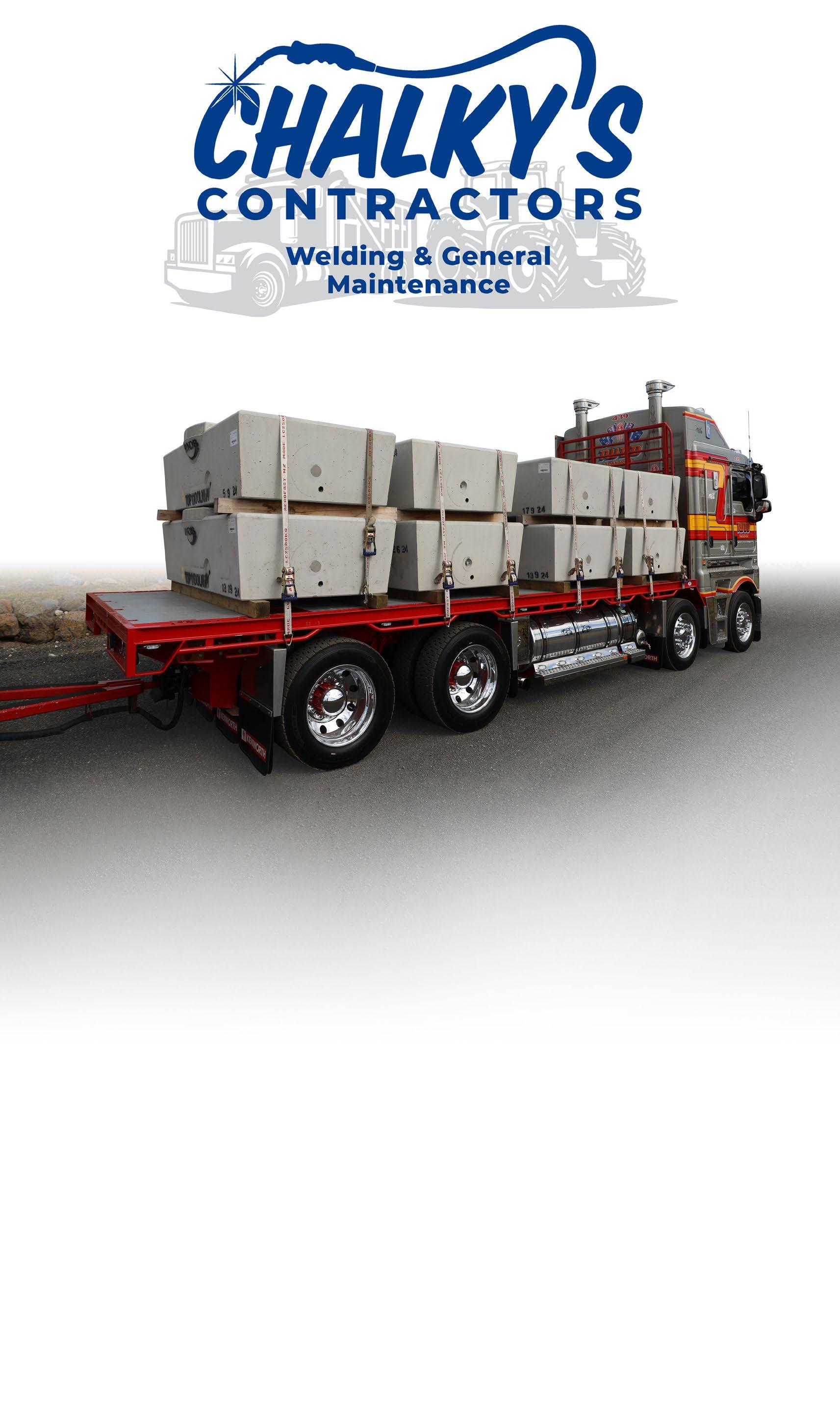


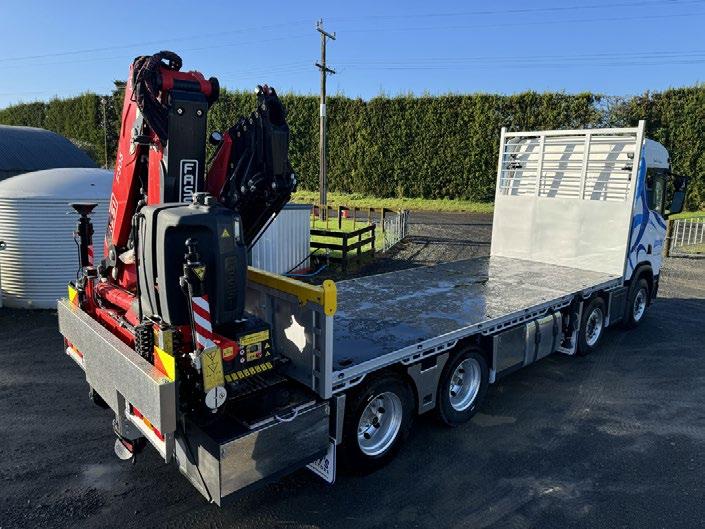
Story and photos by Rod Simmonds
Kiwi truck enthusiast Rod Simmonds recently visited the Forbes Central West Livestock Exchange in NSW and shares some insight into how stock sales are done across the ditch.
Sheep trucking has always been hard work on both sides of the Tasman, especially during hot, dry summers. An increasing number of kiwi truckies are heading to greener pastures (brown grass in reality) and are being welcomed with open arms by Aussie livestock operators. Their experience, animal care and ability to “look after the gear” is well thought of and, for the younger ones, living in a truck for three or four weeks at a time is simply a never-ending adventure.
With New Zealand’s national sheep flock down to 23 million (from a peak of 70 million in 1983), Australia is well placed to capture top operators to help move their 70-million-andgrowing sheep number. The gear is bigger, the crates are bigger and the distances are bigger. What’s not to like?
To support the rural livestock industry, in the past decade, many areas have seen the major redevelopment of saleyards (or, as Aussies call them, livestock exchanges) by local government funding and operations. In
Australia – and NSW, QLD and Victoria particularly – livestock exchanges are in all the major grazing areas and typically 200km to 300km apart.
One such site is the Forbes Central West Livestock Exchange (CWLE for short), now the thirdlargest sheep site in Australia, with over 1.4 million head being handled. Along with cattle and pigs, it is quickly catching up to the equally impressive nearby (in Australian terms) Dubbo Livestock Exchange – about 150km away.
Context is everything: the Manawatu’s Feilding Saleyards is renowned as being one of New Zealand’s leading yards and averages about 450,000 head of sheep a year.
The $10 million facility opened in 2006 just north of Forbes,
Central NSW, and just 2km from the interstate Newell Highway, where roadtrains can travel unhindered. In 2019, it was expanded again to include more yards, loading facilities and a pig-specific area. There is a wellpatronised four-unit crate wash pad, café, showers, etc, and it is the ideal overnighting yard for stock and drivers alike.
The facilities are managed by the local shire council and are regarded as a template for future yards with top-quality animal care, full water management, massive roofs (with water collection tanks), roadtrain and multi-combination unloading, and so on.
The first sale for the year saw agents yard 37,300 head, with 28,850 lambs penned.
So, back to the trucks … well,
There is no shortage of trucks when 1.4 million head of sheep are handled each year.



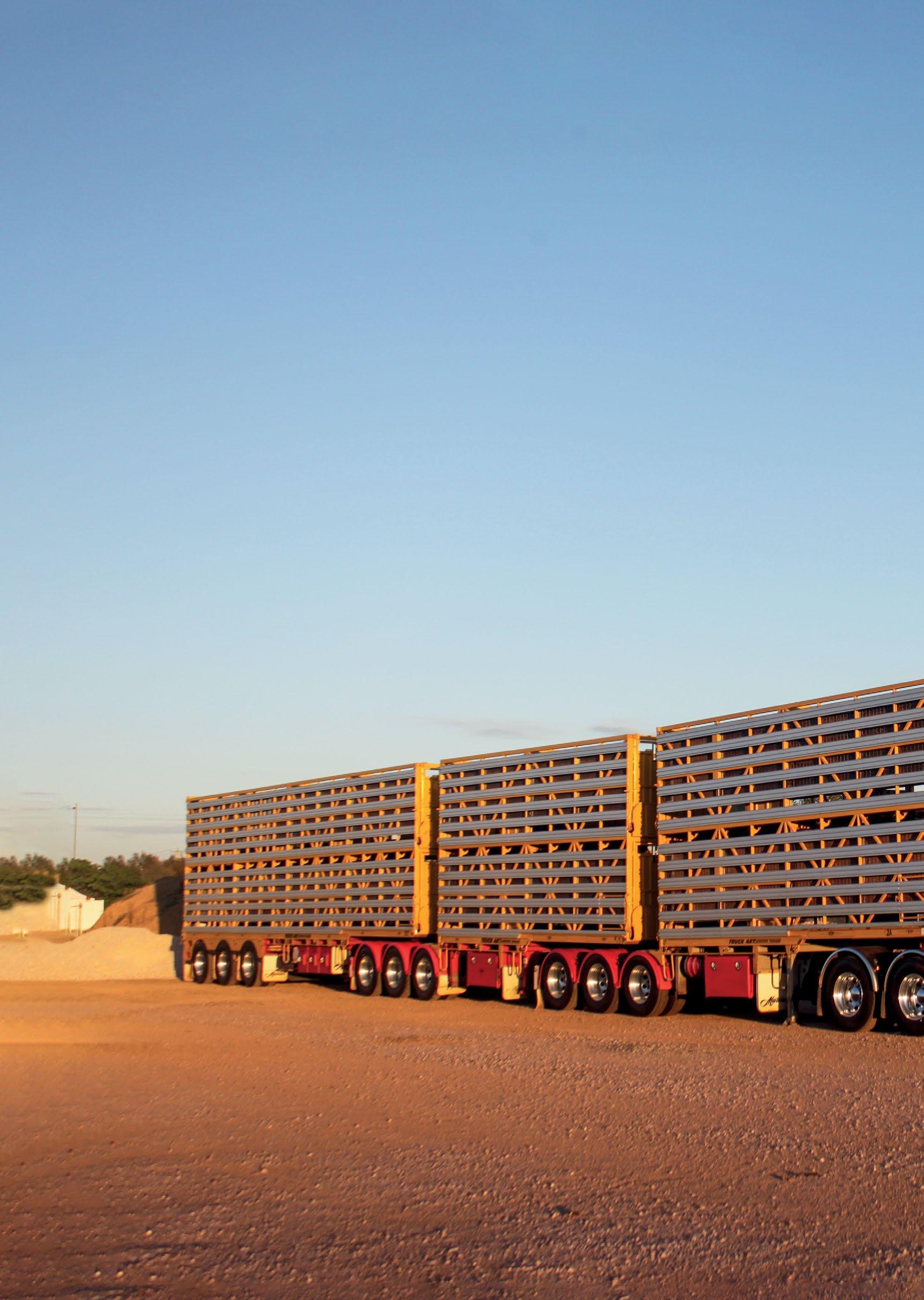
during a recent visit, it really is an unbeatable Kenworth brand dominance with the odd other American brands and even a rare European or Japanese make. The numbers lining up one morning were 22 Kenworths, one Western Star, one Mack, one International, one Volvo, one Mercedes-Benz and one Isuzu … plus a car park full of Toyota utes, parked backend first.
Roadtrains, AB-triples and B-doubles, plus some local singles, work day and night, delivering the day before auction (and typically all auction day and night) and into the next day hauling out.
Holding paddocks keep the stock well fed and watered, especially during the big sales.
Many interstate operators work the saleyards all week, with the locals using the feeder trucks working five to six days a week, day (and night) to keep up. Plus, with overnight resting, you have a well-supported and professional logistics operation working daily. This is what productivity looks like.
Regulation-wise, livestock carriers in Australia (and like the US) have long-standing exceptions or ‘loose’ regulations to benefit the animal health.
Standard height is 4.3m (New Zealand 4.25m limit), but livestock crates can run at 4.6m, 12.5m maximum per trailer and for B-doubles, 18.8m length of deck space. Overall, the limit is 27.5m for a set of B-doubles, which have pretty much general access. They’ve proven popular and are more efficient, and that’s how it should be.
‘Volume loading’ means little policing of overall weights; spreading out the livestock to improve animal welfare is the key but, in reality, the capacity is always filled. You never leave any stock behind …
Naturally, each state in Australia has its own rules, but after industry lobbying, there is nowadays far more consistency. Having strong representation with federal and state regulators from a wide range of industry sectors seems to be the key –another lesson New Zealand
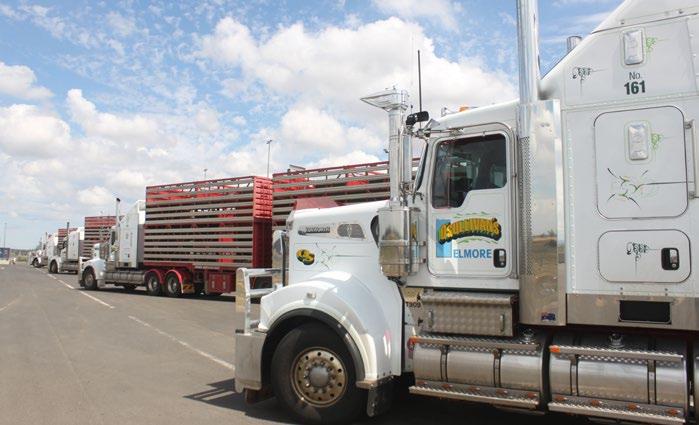

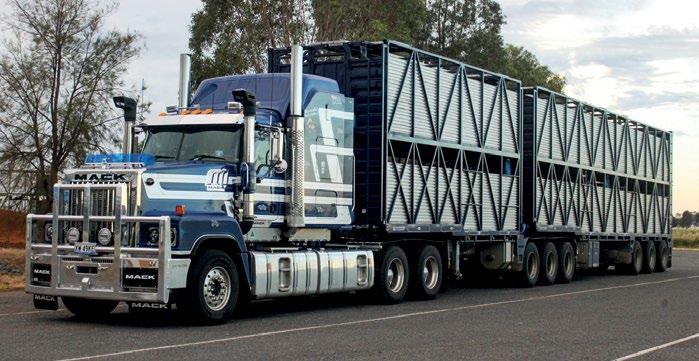
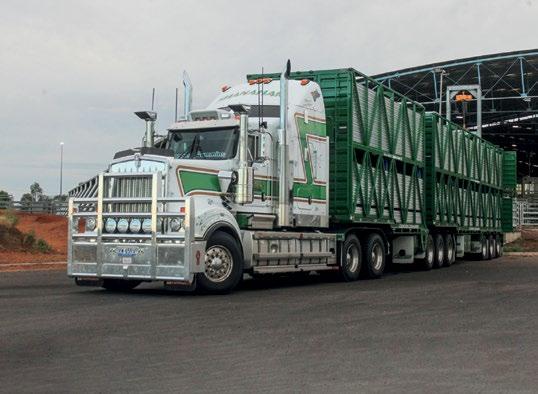



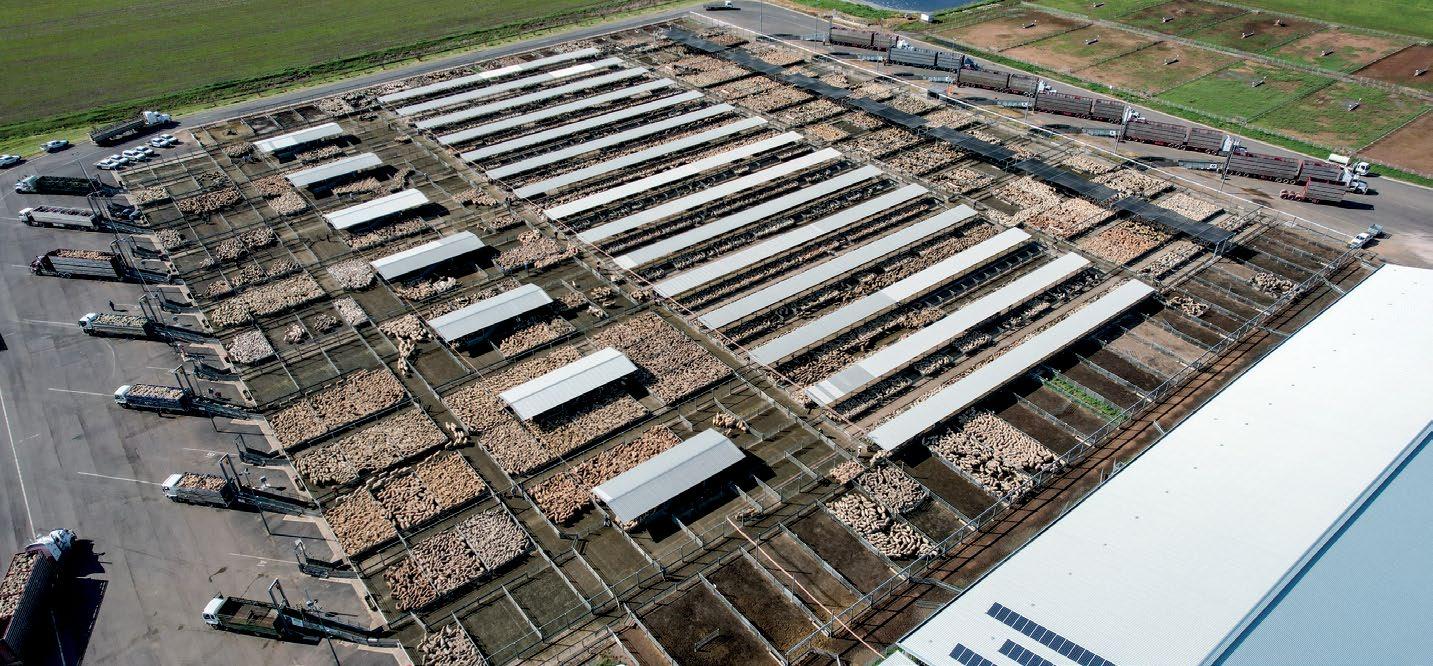
could learn.
Driver fatigue is pretty well self-managed, but with some exceptions. Animal welfare is the top priority, with operators improving safety records despite the tough environment. The key is they don’t include loading as
recorded time. It can typically take three hours to load a B-double or AB-triple, so there is never a need to rush.
And, to help load the fixedfloor four decks, you need dogs – and lots of them. It seemes to be four to six dogs in each unit,
plus the electric prodder, yard Jackaroos, and stock agents all lending a hand.
With the varying sheep breeds, from the common Merino to the newer, shedding Dorper breed – double the size of typical New Zealand sheep – it’s still hard
yakka to move them.
The more recent development has been to fit effluent catchment and tanks to appease the masses, and funnily enough, they use and love the Jackson Enterprises (Pahiatua) livestock dump valves!
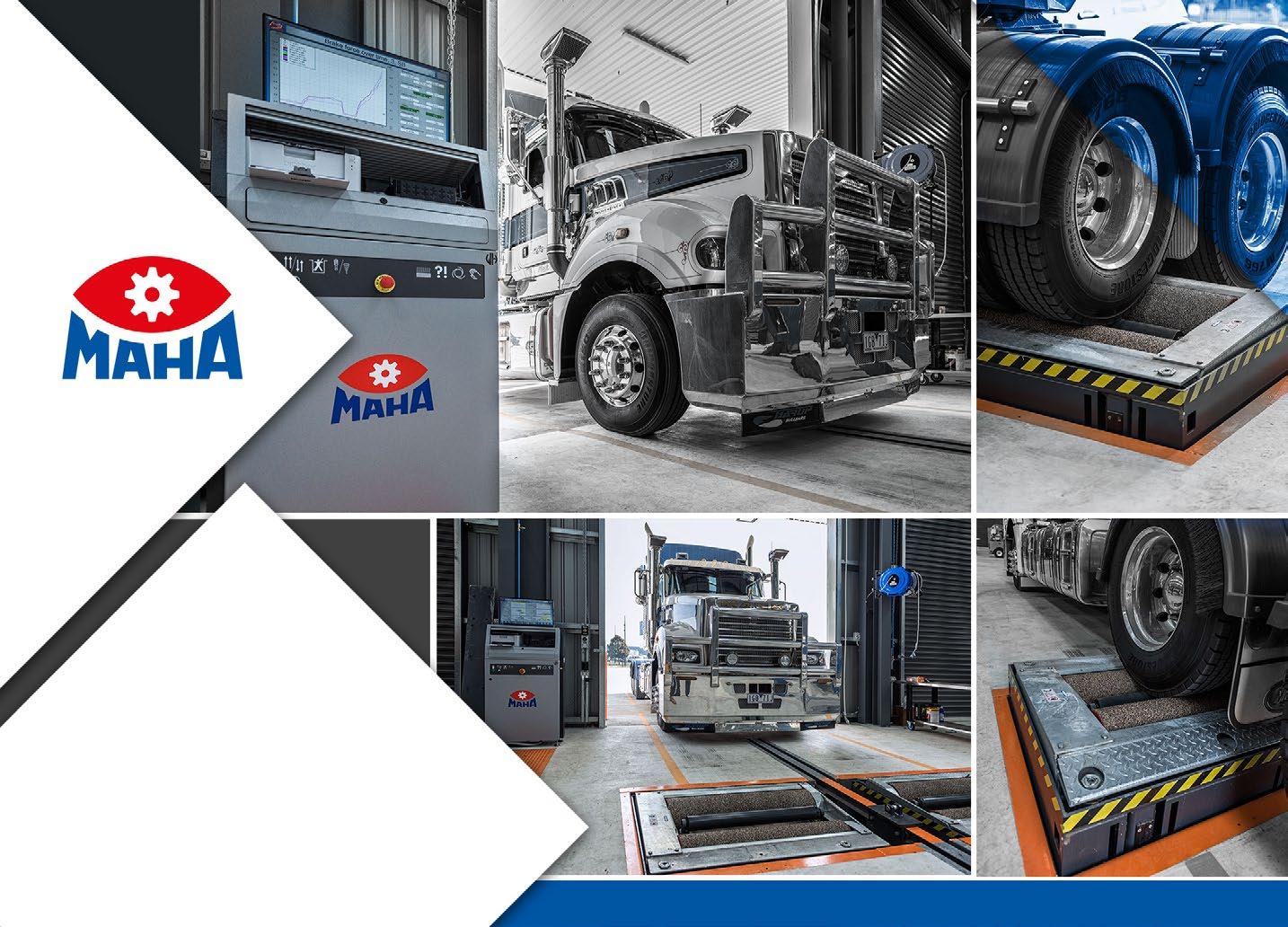





Story by Will Shires Photos: Scania
Will Shiers sampled a smorgasbord of trucks in an unseasonably mild Norway at the Scania Winter 2025 press event.
Salmon or reindeer?” the waitress asked at my Oslo hotel restaurant, perfectly encapsulating Scandinavian cuisine in a single question. It was a tough decision, but it paled in comparison to the one I faced the next day as I ventured north from the Norwegian capital to Trysil – home to Norway’s largest ski resort and the venue for Scania’s annual winter driving event.
With 20 trucks to choose from and limited time to drive them, the event felt more like navigating an exclusive tasting

menu than indulging in an allyou-can-drive buffet. The sheer variety was overwhelming, so I focused on a few standout options. I hope you’ll find my choices satisfying.
This year, Scania offered no fewer than five battery-powered trucks for the press to try – and I ignored every single one. It’s not that I don’t enjoy driving electric trucks; I genuinely do. But they’re just a bit boring, and I’m running out of fresh things to say about them. After all, there are only so many ways to describe how quiet they are. More importantly, this is Norway. With its longer combinations (much longer than I’m used to in the UK, anyway) and heavier weights, this is V8 territory. With that in mind, I halfran, half-slipped my way through the snow to the most desirable truck of the event: a customised 770S, 58-tonne, 24m-long logger.
Held in January/February, this event normally sees temperatures plummet well below -10°C, and earlier in the week, conditions were true to form. By the time I arrived,
however, the thermometer had crept up to -1°C, accompanied by rain. Apparently, this phenomenon is caused by low clouds preventing precipitation from freezing during its descent, instead instantly transforming into a slick layer of ice as it hits the ground.
Sitting beside me in the cab, the Norwegian demo driver explained that these conditions are notoriously dangerous, even for seasoned locals. Most choose to stay off the roads when things get this treacherous. He suggested that we steer clear of the public roads and stick to the safer snow-covered tracks at the event site.
Setting off, I immediately understood the problem. As I unleashed some of those 770 horses, I was greeted with nothing more than wheelspin. However, the truck had a trick for precisely this scenario.
Where James Bond’s Aston Martin DB5 squirted oil to make the road slippery for those behind, this truck employed a solution with the opposite effect. A press of a dash-mounted button released a heap of sand in front of the first drive axle. With
the diff lock engaged, traction was instantly restored, and I was on my way.
“Keep it rolling,” my co-driver advised, his voice calm but firm. “You don’t want to stop halfway up any of these hills.” It was sage advice, and thanks to the rapid shifts of the new G38 gearbox, maintaining momentum proved relatively straightforward – even if the odd spin of the wheels reminded me not to get too confident.
The real test, however, came on the descents. Applying the retarder out of habit locked the drive axles momentarily, catching me off guard. I corrected it quickly, much to my co-driver’s relief: “In colder conditions, the retarder is fine, but with today’s rain, stick to the footbrake –especially in a customer truck,” he cautioned.
Driving this truck in its natural habitat, despite having to take it very easy, was a joy. It’s what this truck was built for, and it looked absolutely at home. Surely, this sector will be among the last to transition to electric – and, hopefully, that day remains far in the future. Long may the V8 be heard in Scandinavia’s forests.
Easy does it with 770hp in treacherous conditions.

This truck is something of a rarity. Not only does it feature the lowest S-cab, but at 395kW (530hp), it also boasts the lowestrated V8 in the range. I was eager to get behind the wheel, knowing opportunities to do so may soon become scarce. With the 13L Super driveline now available up to 560hp, the overlap is already impacting sales of the 530 V8 – a model that was never a bigvolume seller. I can’t help but think it’s only a matter of time before it’s quietly dropped from the line-up.
This drive took place the following morning, and while the temperature was still hovering around zero, the rain had stopped, and gritted roads provided considerably better traction than the previous day. Driving on tarmac with competent winter tyres proved surprisingly straightforward.
The demo driver, sat in the passenger seat, not only permitted me to use the retarder during a long descent but actively encouraged it. “You can bring it in step by step, and if you feel the EBS system start to work, that’s your warning – it’s slippery, and you need to slow down,” he explained. Climbing back uphill, the truck coped with ease, the satisfying growl of the V8 rumbling under the cab as it powered the 50-tonne, 19.5m vehicle up a steep slope.

We soon veered off the main road and onto forestry tracks covered in snow. Progress was steady until my passenger suggested we come to a stop on a gentle incline. Sure enough, the wheels spun helplessly on the slick surface when I tried to set off again.
This, as it turned out, was no accident but a deliberate opportunity to demonstrate some of the truck’s standout features. With full air suspension, I could redistribute weight across the axles to improve grip. In this instance, I shifted weight to the tridem’s two driven axles, immediately restoring traction and allowing us to move forward effortlessly.
European Union regulations permit temporary overloading of a drive axle by up to 30%, provided the speed stays below 30km/h, to enhance grip. Although Norway isn’t bound by these rules, the feature should still only be used as a short-term solution. Shifting too much weight off the front steering axle can adversely affect handling, especially during cornering, so it’s unsuitable for long durations.
To add another layer of assurance, I engaged the truck’s aftermarket Onspot automatic snow-chain system. From the touchscreen display, I could monitor the chains as they deployed on the first drive
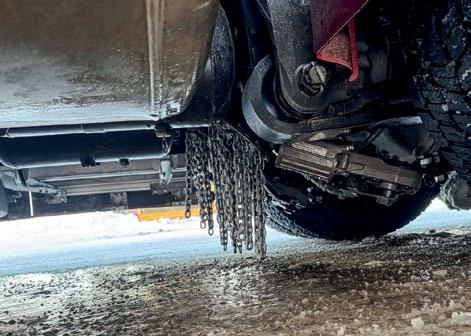
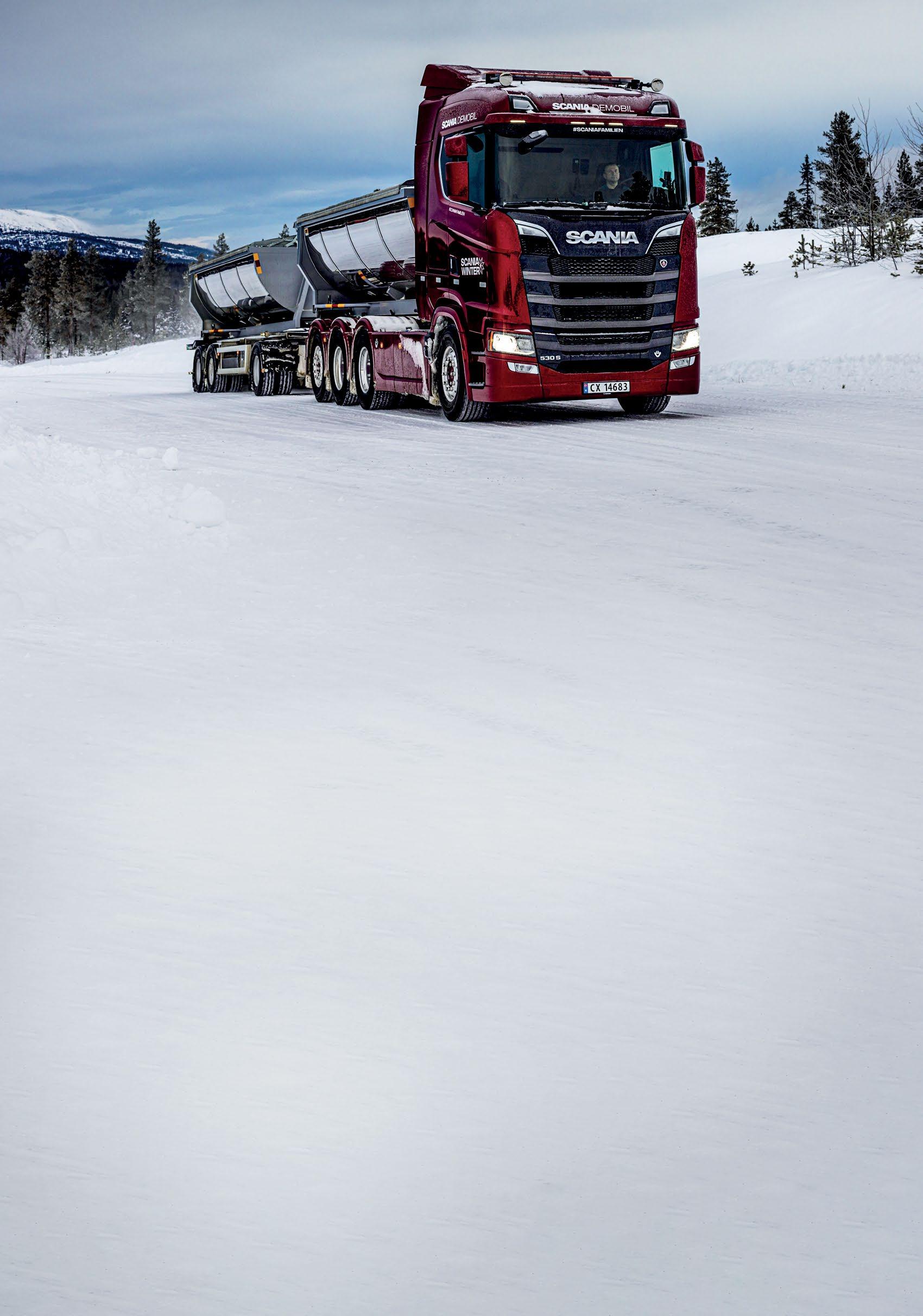
Scania’s least-powerful V8 is eclipsed by the Super, but still has its own charm.
axle. In Norway, regulations require carrying seven snow chains for the truck and trailer, but this system reduces the need to five, as it is approved to replace the equivalent of two manual chains.
Activating the Onspot system in advance is key; it’s better to engage it before climbing a hill or parking, so it’s ready when needed. Parking on compacted snow with warm tyres can lead to minor indentations, which may result in the truck becoming stuck as the snow refreezes.
However, there are limits to its use. The chains must be retracted during highspeed driving to avoid damaging them and the tyres. To prevent mistakes, this truck automatically disables the chains when speeds exceed 50km/h, safeguarding against accidental wear.
At the end of the test route, I was invited to perform an emergency stop with the Onspot chains engaged. Accelerating to 30km/h on the icy runway, I hit the footbrake hard, only to be stunned by the stopping distance: a full 80m. Had I been travelling at 80km/h, it would have taken a jaw-dropping 400m to halt.
This stark demonstration was a humbling reminder that despite modern safety systems and winter accessories, no technology can overrule the unrelenting laws of physics.

And now for something completely different – a 1992 93M 4x4, one of about 2000 elderly Scanias in the Norwegian military fleet. This particular example had barely covered 15,000km in its 33 years, a testament to the low-mileage life many of these trucks enjoy in military service. A sizeable number of P113s and P143s are also still in active service. Stepping into the cab was like entering a bygone era. There were no digital interfaces, no interactive screens, and certainly no creature comforts – just bare-bones functionality with an undeniable air of purpose. A manual gear lever stood proudly
at the ready, which made a refreshing change. However, it was scarcely needed, as the entire course could be tackled in second gear. A hand throttle mounted on the dashboard allowed the co-driver to manage the pace. The deeply rutted tracks snaked through the snow-covered wilderness, seemingly guiding the truck with an almost instinctive ease. All I had to do was marvel at its off-road prowess as the snow chain-clad tyres bit into the icy terrain with determination, enabling the Scania to handle conditions that would leave most vehicles stranded. Now this was my idea of an autonomous truck!


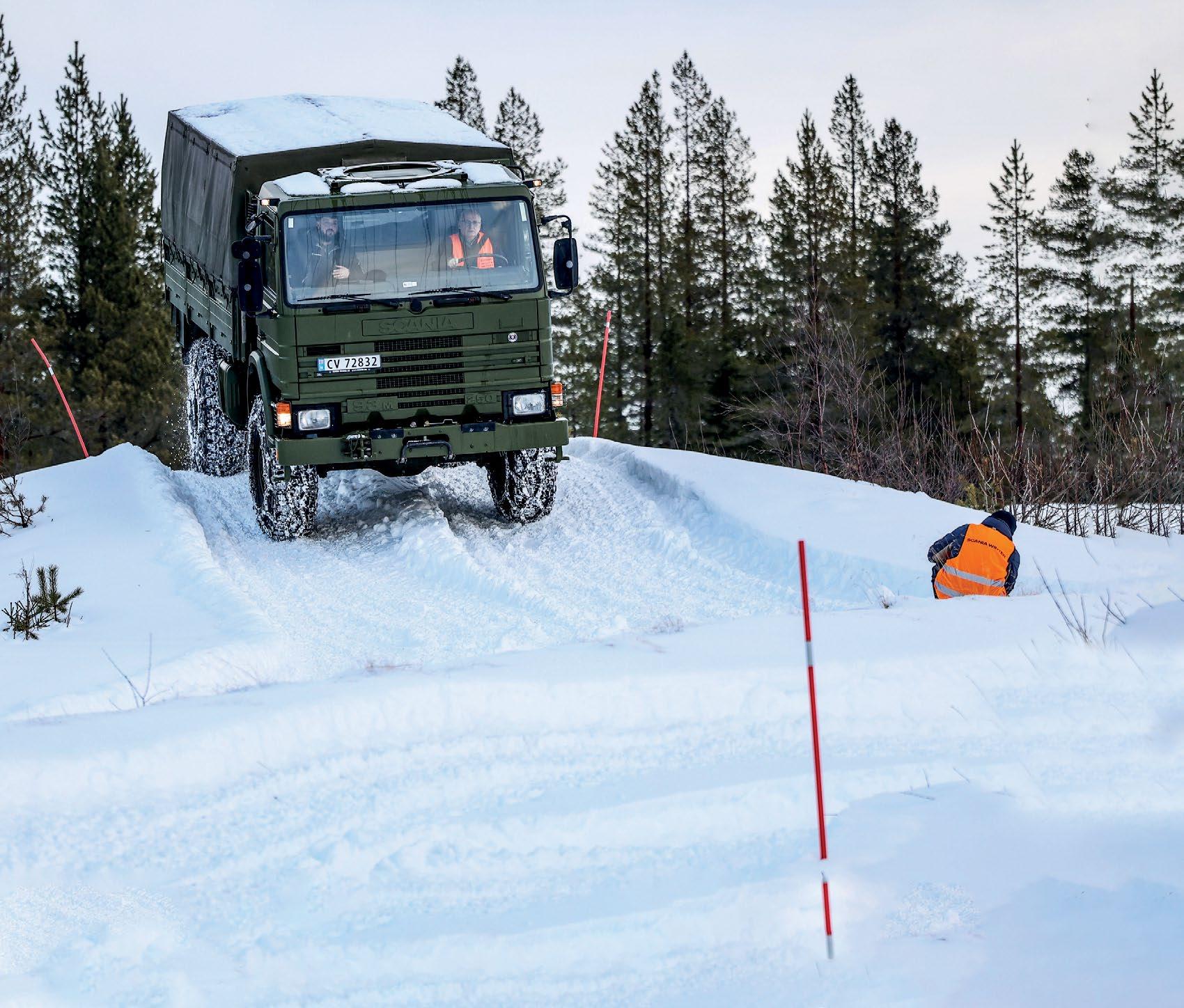
The new trucks were equipped with Scania’s latest Smart Dash digital dashboard. Launched last year, it features a configurable driver display directly in front of the driver, as well as a touchscreen centre information display located to the side.
The driver display can be tailored to individual preferences and offers clear, easy-to-read information. On the other hand, the centre
information display, which I’m told will soon be compatible with Apple CarPlay, simplifies operations by removing the need for intricate menu navigation for straightforward tasks. While touchscreen interfaces are not to everyone’s liking, Scania has kept physical buttons for essential functions, ensuring ease of use is not sacrificed.


Contacts:





Here we are, virtually 12 months to the day since we embarked on our 40th anniversary Torquing Bulldog project build. This month is all about building a set of bulk bins, adding the finishing touches, and hitting the road. It is hard to imagine that we are here now, on the home straight to completion, so let’s dive straight into it.

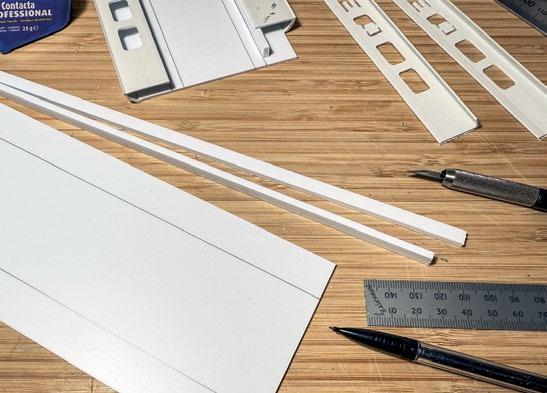

No matter whose bulk bins you are replicating, it is fair to say the most awkward stage of the build is the curve of the bin where the sides meet the base. Fortunately our good mates Gordon O’Riley and Marty Crooks have been here before, and their suggestion of using cuttings from a plastic tile moulding absolutely hits the spot. The use of super glue is required to bond the tile moulding to the styrene plastic, as the tile moulding plastic resists solvents, and will not bond to the styrene plastic using the likes of Revell ‘Contacta Professional’ liquid glue.




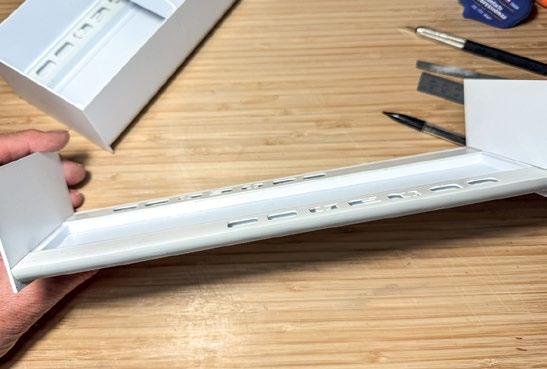
Once the base has set firmly we can map and cut out the front and rear ends of the bins. I suggest using at least 1.5mm sheet styrene plastic for the ends and the sides; this will add a level of rigidity to the build and ensure that the bin retains its form. Adding support baffles to the front and rear ends, as well the centre of the bins, adds more support. Cutting a radius into the top of the baffles also replicates the support hoops for the tarpaulins. These will be added to the bins after they have been painted.


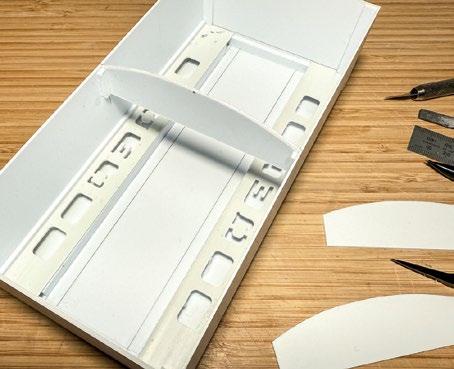


Once the overall form of the bin has been constructed, we can add the side rails and structural details. These are easily formed out of strips of styrene plastic. Remember that you are bonding to the tile moulding, so again you will need to use super glue for this application. At this time we can add the likes of tarpaulin tie-down details as well as the tail light rails and mudflap mounts.


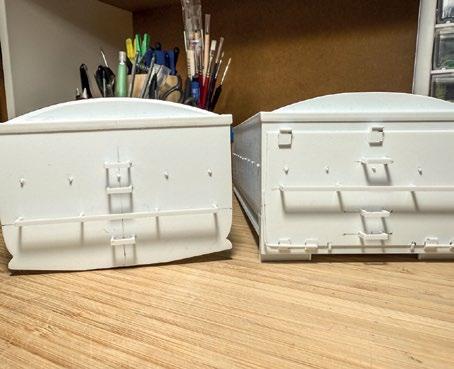
To complete the construction of our bins, we need to add the tail-door hinge and access-step details. Again, we use simple strips of styrene plastic to achieve this. A helpful hint is to form the steps flat on the bench, then glue and allow to dry first. Once completely set, glue the assembled steps to the bins, this way they will not flail about while the glue is setting.
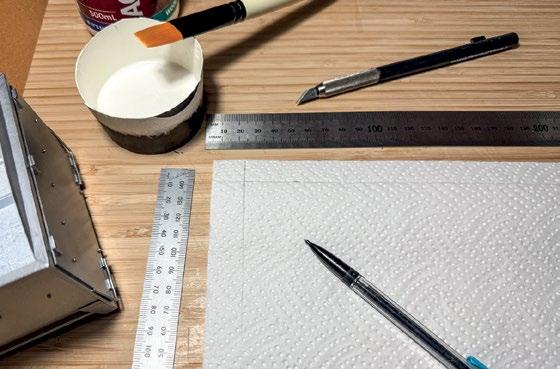
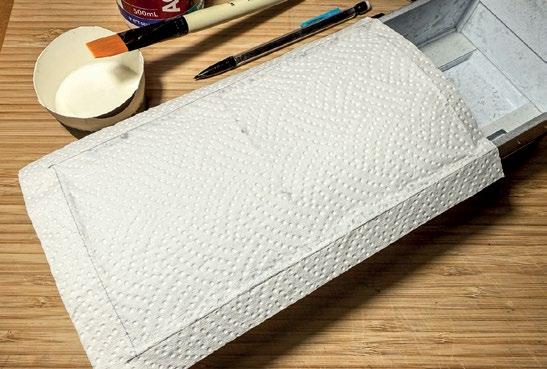
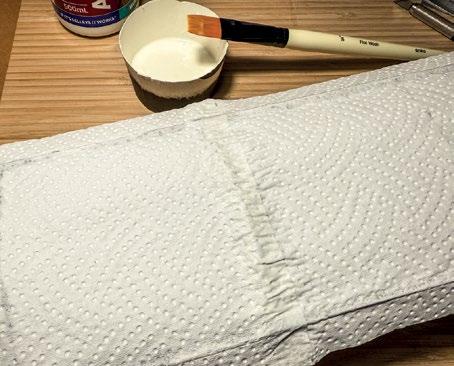
To top off the painted bins, we now need to make a matching set of tarpaulins. There are many ways to achieve this. I have found standard kitchen paper towel is both easy to use and gives an authentic look. First, using a sharp hobby knife and straight edge, map out the required coverage and cut to shape. We next apply a small bead of PVA glue around the outer edge of the bin, and across the tops of the support baffles. Now carefully position the paper towel onto the bin, and gently dab down onto the PVA glue to form a solid bond to the bin.
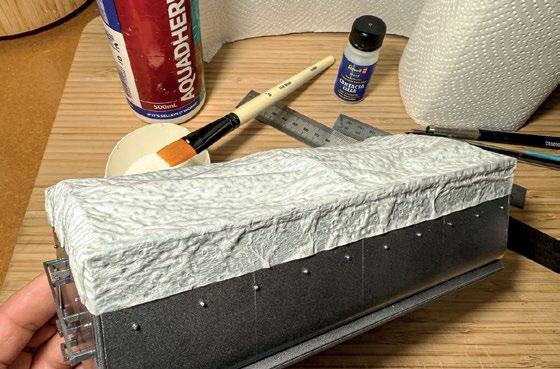


Once the PVA glue has dried firmly, attaching the paper towel to the bin, mix a PVA glue wash in a small paper cup. This is generally a combination of 80% PVA glue and 20% water. With a wide-bristle hobby brush, apply the PVA glue wash firstly to the sides of the tarpaulin, and immediately fold the tarpaulin sides down and attach to the sides of the bin. The trick here is to apply just enough pressure to attach the paper towel/tarpaulin so as to retain the authentic crease and ripple effect, rather than pressing too firmly and have the paper towel looking as though it has been ironed flat. Once the sides are attached, use the remainder of the PVA glue wash to liberally – but carefully – paint over the entire top surface of the tarpaulin. This will encourage the paper towel to drape over the support baffles into the voids, giving an authentic 1980s bulk tipper look. Now allow the PVA glue wash to dry thoroughly, generally 12 hours. Finally the finishing touch, paint the entire tarpaulin with a matte/flat finish paint. The reason for using a matte/flat finish paint instead of a gloss is that once this dries, the surface finish will be left with little to no sheen, just like the real thing. With that, both bins are now ready for attaching to their respective chassis.
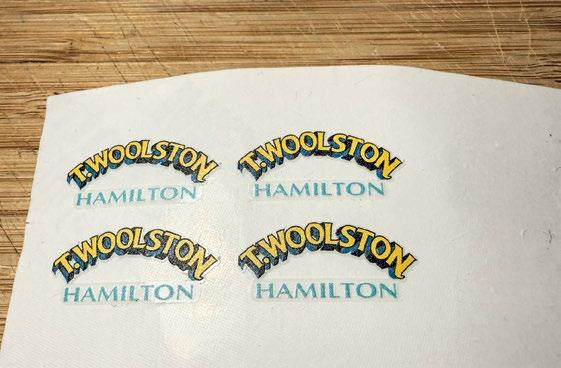
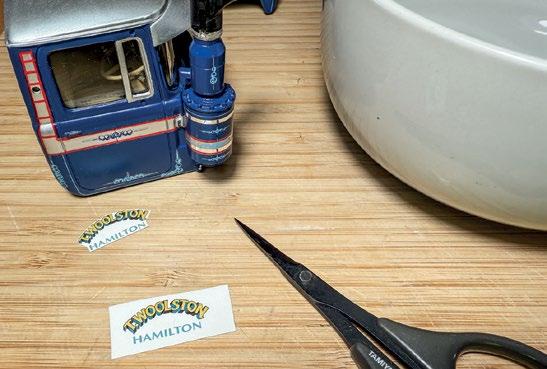

The final step of the project, and the step that absolutely brings it to life, is the placing of the name on the door. Suddenly Torquing Bulldog takes on its identity. To achieve this we have used the services of our local sign writer. Armed with a jpg image of Torquing Bulldog’s cab door, they were able to clip out the signwriting, enhance it and digitally print this on a very fine adhesive film for us. We then use scissors to trim all excess film, leaving just the lettering. Now we can carefully align and apply – job done! Well, nearly done. Because those of you with a keen eye for detail will have noticed that there is a prominent feature not yet installed, the bug deflector. There is a purposeful reason for this, and all will be revealed shortly, so stay tuned!

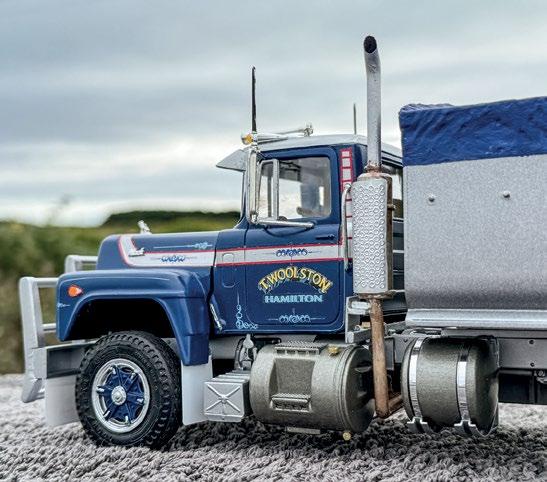

Make the switch to a low-emissions vehicle and get up to 25% off
The Low Emissions Heavy Vehicle Fund aims to increase the number of zero and low-emissions heavy vehicles on New Zealand’s roads.
Grants apply to new low- or zero-emissions heavy vehicles or conversions.
Enjoy lower operating costs and better performance for the long haul. Find
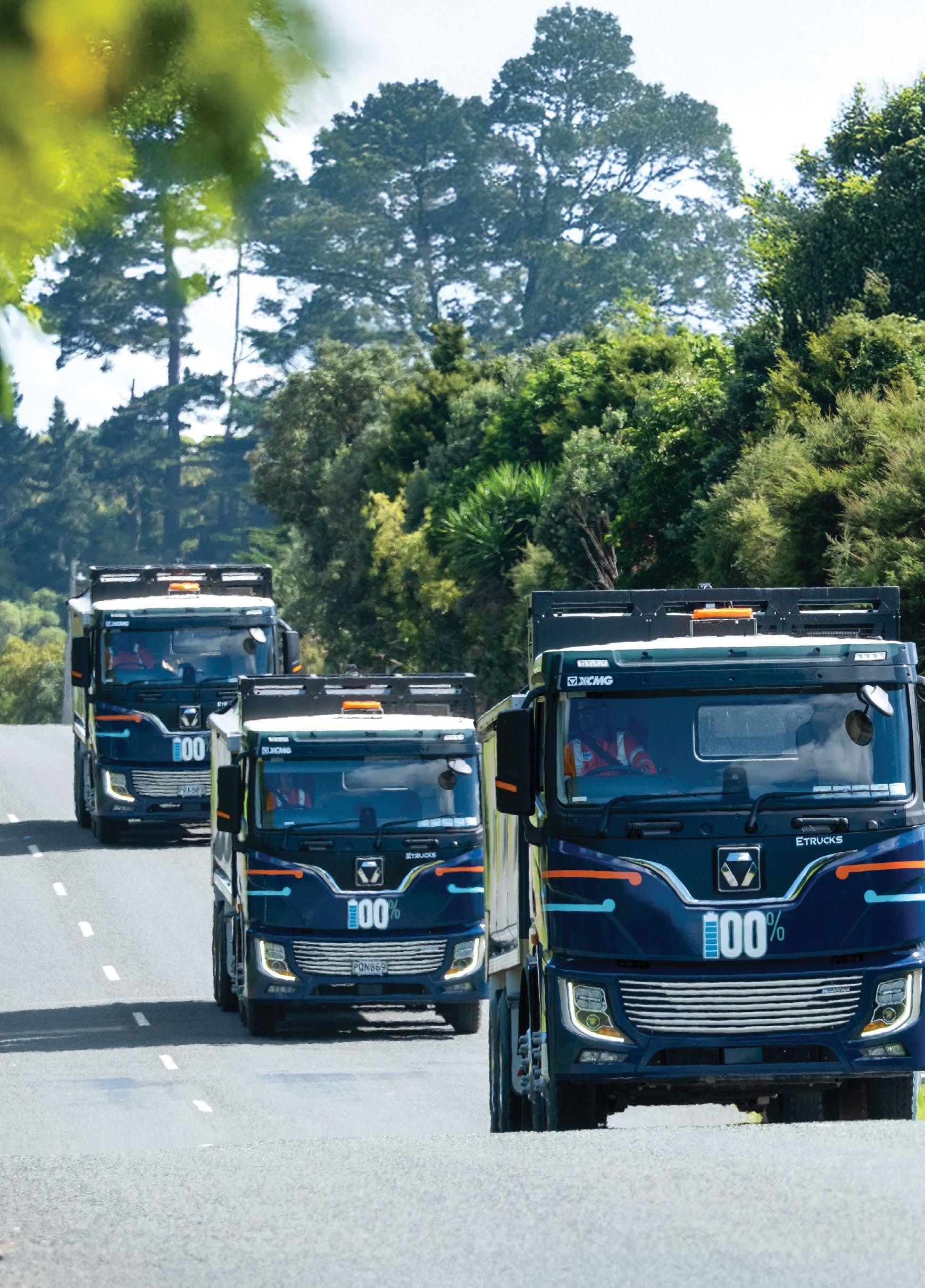
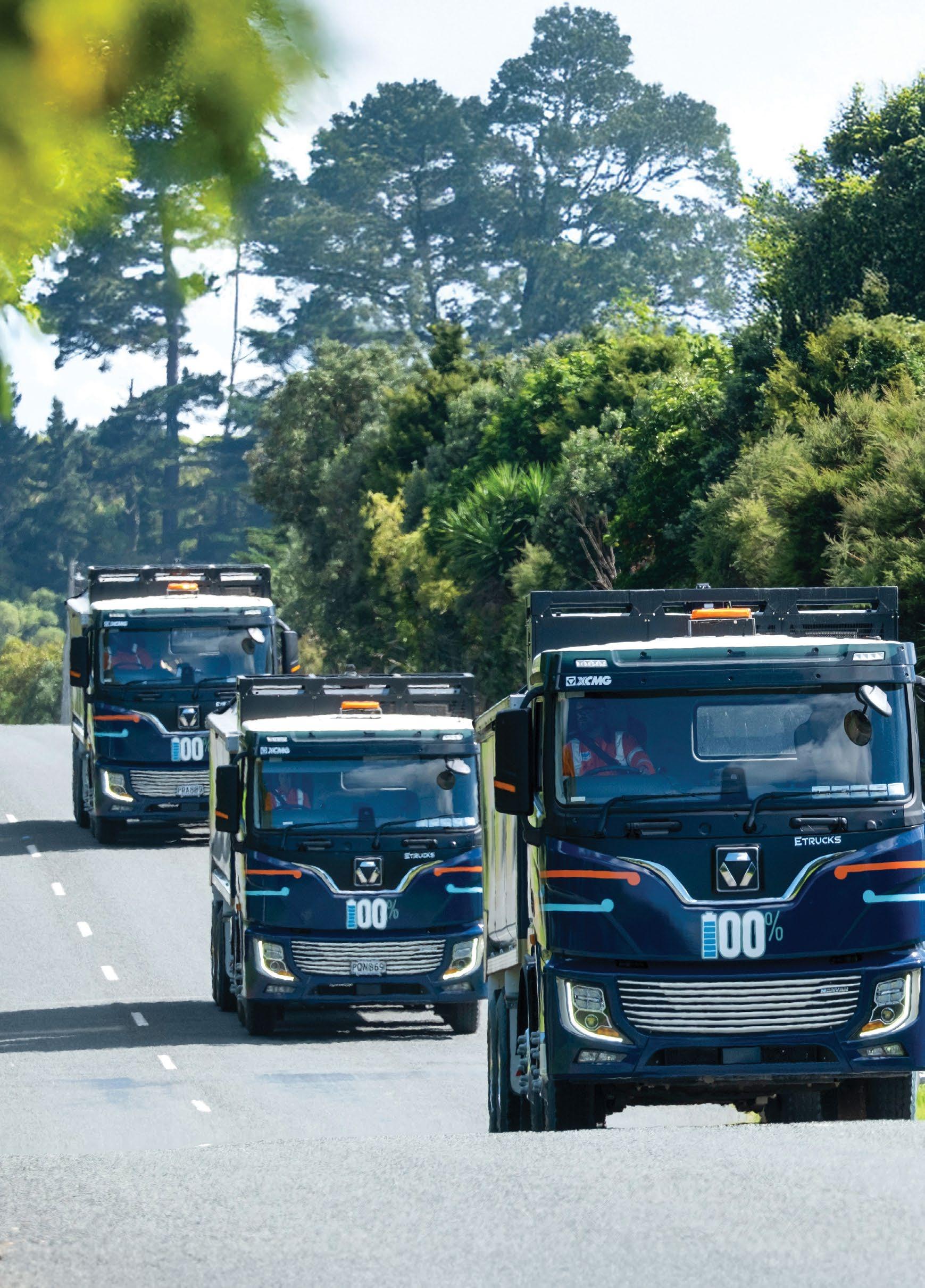
Show organisers
Please send your event details, at least eight weeks in advance, to: editor@nztrucking.co.nz for a free listing on this page.
TMC Trucking Industry Show
7 to 8 March 2025
Canterbury Agricultural Park, Christchurch Contact: nztruckingassn.co.nz/trucking-industry-show-2, 0800 338 338, carol.mcgeady@trucking.nz
Tui Truck Stop Show ’n Shine
Sunday 30 March 2025
Tui Brewery, Mangatainoka
Contact: Facebook – Tui Brewery, tuihq.co.nz, hospo@tuihq.co.nz, 06 376 0815
All scheduled events may be subject to change, depending on weather conditions, etc. Please check websites for updates before setting out.
Wheels at Wānaka 18 to 20 April 2025
Three Parks, Wānaka Contact: wheelsatwanaka.co.nz, info@wheelsatwanaka.co.nz
Brisbane Truck Show 15 to 18 May 2025
Brisbane Convention Centre Contact: brisbanetruckshow.com.au



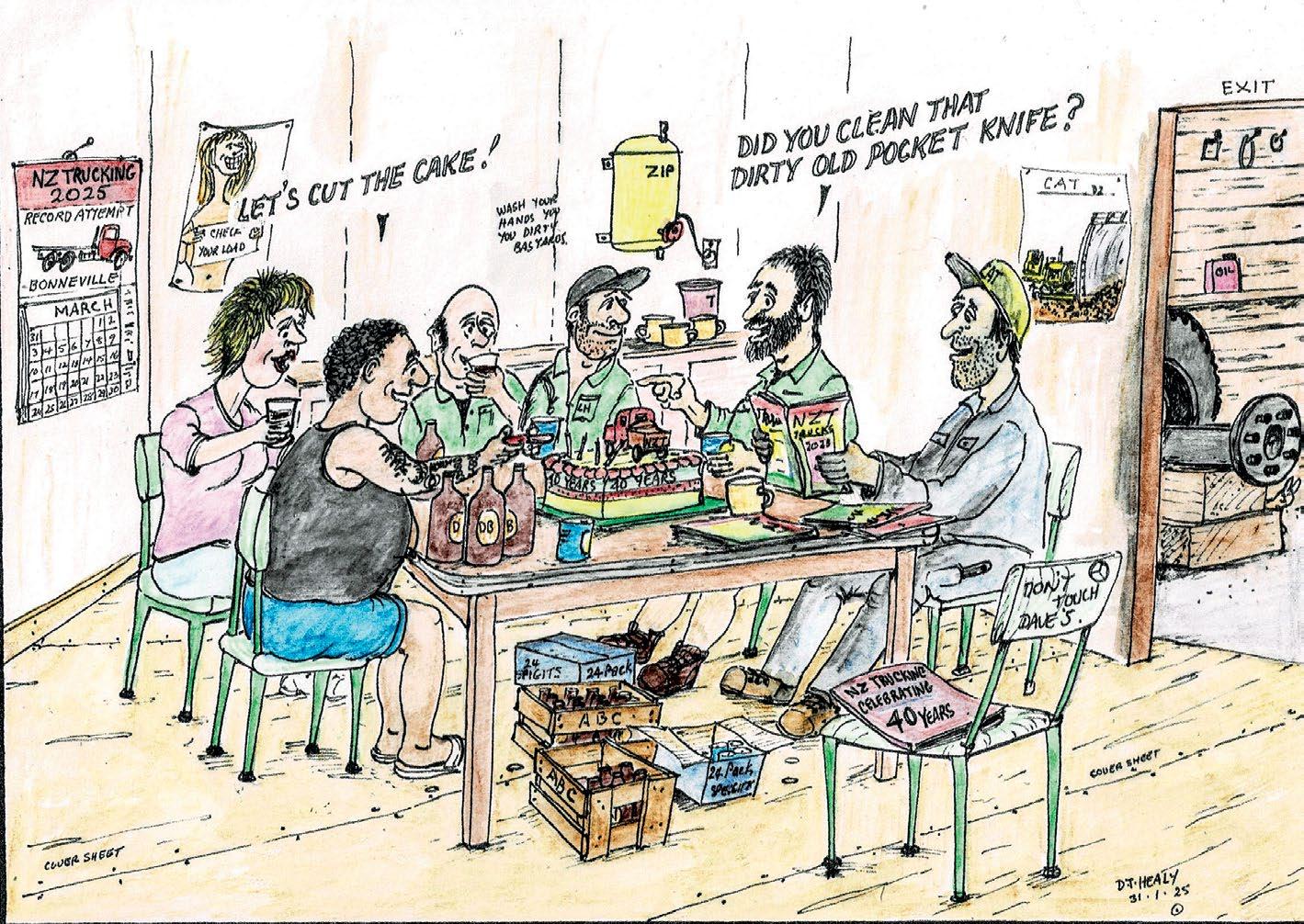






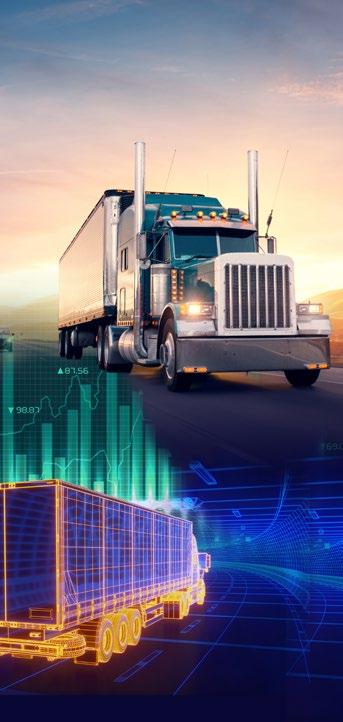

New Zealand Trucking reveals how the economy is travelling via key metrics from the road transport industry.
This information is compiled by Russell Walsh from information provided by the NZ Transport Agency statistical analysis team and through the Open Data Portal.
The data used in this information reflects any amendments to the data previously reported.
This summary includes data from two heavy-truck classes and one heavy-trailer class.
A goods vehicle is a motor vehicle that:
(a) is constructed primarily for the carriage of goods; and (b) either:
(i) has at least four wheels; or (ii) has three wheels and a gross vehicle mass exceeding one tonne.
Note: Vehicle classes are not the same as RUC vehicle types or driver licence classes.
A table of all vehicle classes is in Table A of the Land Transport Rule Vehicle Dimensions and Mass 2016 Rule 41001/2016 https://www.nzta.govt.nz/assets/ resources/rules/docs/vehicledimensions-and-mass-2016-asat-1-November-2019.pdf
Vehicle class Description
NB (medium-goods vehicle)
NC (heavy-goods vehicle)
TD (heavy trailer)
A goods vehicle that has a gross vehicle mass exceeding 3.5 tonnes but not exceeding 12 tonnes.
A goods vehicle that has a gross vehicle mass exceeding 12 tonnes.
A trailer that has a gross vehicle mass exceeding 10 tonnes.
First registration of NB and NC class vehicles for January, by major manufacturer

First registration of NB, NC and TD class vehicles for January, year on year


First registration of TD class heavy trailers for January, year on year by major manufacturer

Other suppliers of class TD heavy trailers not included in above
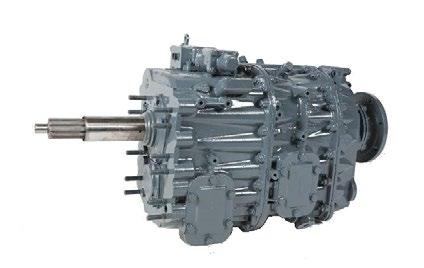
Daimler Truck AG board member and head of truck technology, Dr. Andreas Gorbach, shares his thoughts on the difficulties faced by commercial vehicle manufacturers and operators in the face of an increasingly tough European legislative environment.
To ensure that commercial vehicles can keep our economy and society moving in the future, commercial vehicle manufacturers are investing billions to make them emission-free. The vehicles are ready – but manufacturers are still facing draconian penalties. Meanwhile, Europe is increasingly being challenged by non-European competitors. What is currently going wrong? And what matters now?
What’s it all about?
Trucks and buses are and will remain the backbone of our economy and society. Commercial vehicles deliver to supermarkets, pharmacies, construction sites, factories and hospitals, put out fires and bring emergency supplies to crisis areas, empty garbage cans, deliver parcels – and they take people to work, on vacation or our children to school.
More than 70% of everyday products are transported by trucks in Europe. Unlike a car, the purchase of a commercial vehicle is first and foremost a rational investment decision. Customers are entrepreneurs running their businesses on small margins – they have to earn money by operating a truck or bus.
In Europe, around six million trucks and around 900,000 buses are in daily use –and the trend is rising. By 2040, freight transportation by truck in Germany is expected to increase by 34% – and it can hardly be substituted by rail, ship or air. The economic strength of a country is directly linked to freight transportation – when the gross domestic product increases, so does the number of trucks on the road.
With almost 60 million tonnes of diesel consumed per year, six million trucks are also responsible for around 7% of European CO2 emissions.
Battery-electric and hydrogen-powered trucks and buses are needed for CO2neutral transportation – carbon-neutral fuels can also play a role.
If we wanted to switch 6,000,000 trucks in Europe completely to battery-electric drive, we would need around 350TWh (terawatt hours) of green energy per year to charge them. For comparison: Germany’s
total electricity demand in 2023 was around 500TWh.
The necessary expansion of the high-voltage grids would be far too time-consuming and cost-intensive. Ten megawatts is required to charge long-haul trucks simultaneously at a public rest area in around 45 minutes – and, in turn, the planning and construction for only one such facility takes up to ten years.
Battery-electric vehicles alone will therefore not be able to decarbonise at the speed required to achieve the European CO2 targets for trucks (minus 45% in the new vehicle fleet compared to 2019).
At the same time, independently of the commercial vehicle industry, a global trade in green energy (comparable to today’s trade in gas and oil) will emerge, especially regarding hydrogen. This is because there is enough sun and wind in the world to produce enough hydrogen to cover the entire demand.
For commercial vehicles, hydrogenbased drives are the ideal technology to complement battery-electric drives. Depending on the transportation task, battery or hydrogen (with fuel cell or internal combustion engine) can be the more economical solution for our customers.
In addition, the development of a charging and refuelling infrastructure for both technologies is faster and more cost-effective than the massive expansion of infrastructure for just one technology. And if the required hydrogen is produced in sunny regions, for example, this high efficiency in production compensates for the lower efficiency due to higher conversion losses compared to battery drives. What is known as the “sun-to-wheel” efficiency is therefore the same.
Today, Europe is a leader in hydrogen and fuel cell technology. In contrast to battery cells, Europe can be the global technology leader here in the long term. Thus, an investment in these technologies is an investment in Europe’s future competitiveness. In addition to batteries and fuel cells as emission-free drive technologies, hydrogen combustion engines
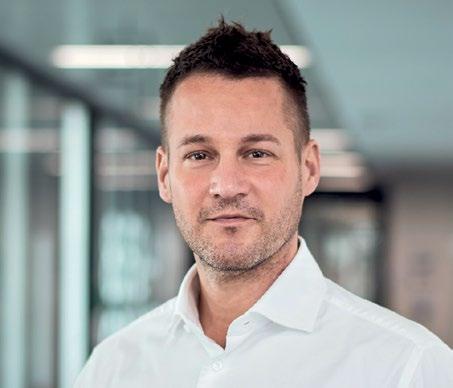
and “carbon-neutral fuels” (CNF) such as hydrotreated vegetable oil (HVO) can also play a role in reducing CO2 emissions.
This especially applies to applications that are difficult to electrify with batteries or fuel cells, e.g. harvesting, construction or defence vehicles. Internal combustion engines for trucks will still be needed here in the long term. CNFs can already be used in the decarbonisation of the existing fleet and can generally be credited towards achieving the CO2 targets of the commercial vehicle industry.
Emission-free vehicles are ready, but manufacturers still face draconian penalties – because there is a lack of cost parity and infrastructure for the vehicles.
The commercial vehicle industry has been investing billions in decarbonisation for years. All manufacturers have already achieved a great deal. At Daimler Truck, eleven batteryelectric truck and bus models are in series production worldwide, as well as a batteryelectric city bus with an additional fuel cell for greater range.
But, high prices for green energy and the very low number of public charging and hydrogen refuelling stations are currently slowing down decarbonisation. Commercial vehicle manufacturers have little to no influence on either of these factors. Manufacturers therefore do not have full control over whether they achieve the specified CO2 targets for 2030.
Should they not achieve the targets, the penalties are more than ten times higher per ton of CO2 than in the passenger car industry. It is important to understand that the commercial vehicle business is fundamentally different from the passenger car business. Customers buy trucks and buses with a calculator. They are running their businesses on small margins, so they buy the vehicle that is the most profitable to operate.
If 2024 was about establishing hydrogen transport in New Zealand, 2025 is the year green hydrogen shows its muscle as a viable and reliable way for businesses to decarbonise.
Increasing hydrogen vehicles are hitting the road this year as

Green hydrogen refuelling station are open in Auckland, Hamilton and Palmerston North, and hydrog vehicles are hitting the road

Now’s the time to upgrade to hydrogen fuel cell or dual fuel vehicl
Fast refuelling
Similar payload to diesel trucks
Similar range
Zero emissions
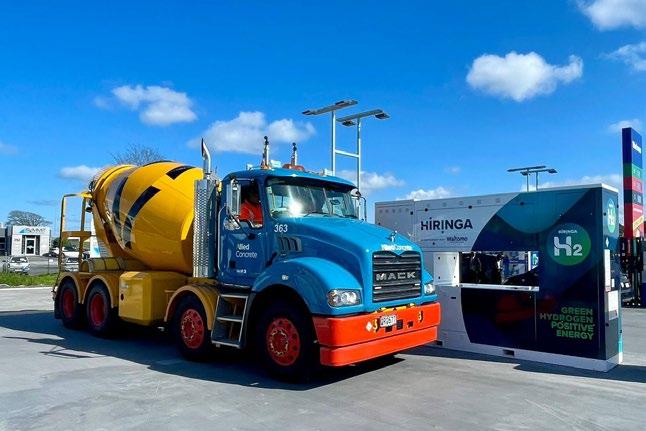



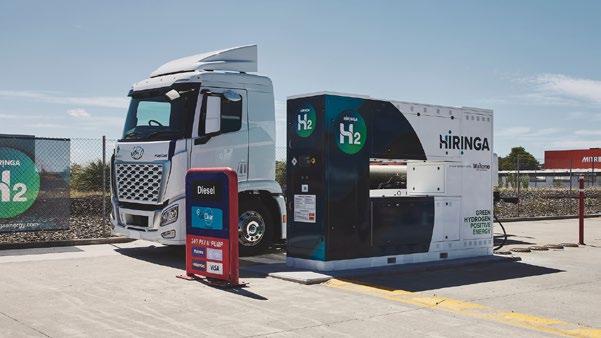



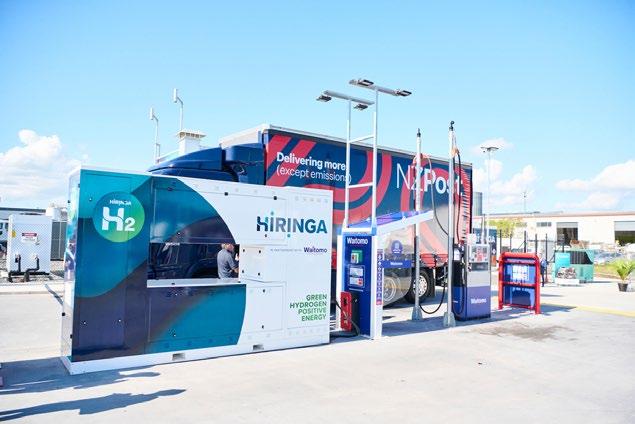




the cost of hydrogen vehicles, lowering the barriers to purchase.
“One of the ways we see hydrogen developing this year is in heavy transport in particular,” he says.
“While batteries are great in cars and light commercials, the impact on payload and the time to recharge for big gear is substantial.
“Comparatively, hydrogen trucks have a similar range and payload to diesel equivalents and can be reliably refuelled in as little as 15 minutes. Fuelling a hydrogen rig is equivalent to charging an electric vehicle with a 3MW connection – it’s a significant amount of power.”
There are a range of events and showcases over the next few months where operators can find out more, including the TMC



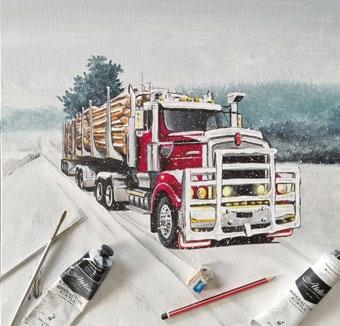
Trucking Industry Show in Christchurch on 7 and 8 March, and TR Group’s Hydrogen EV Day at Hampton Downs on 27 March.
In addition to the three Hiringa refuelling stations already operating in the North Island, two new stations are opening in the second quarter. Hiringa’s Tauranga refuelling station and HWR’s Invercargill refuelling station will both further the range for hydrogen trucks across New Zealand.
These events represent chances for operators to check out vehicles, ask questions and understand more about hydrogen transport.
For operators wanting to keep up and be seen as transport leaders, the time to switch to hydrogen is now.







NAPA NZ and DANA Spicer Australia team up to drive progress in commercial transport.
With a strong commitment to supporting the needs of the heavy transport sector, NAPA NZ has partnered with drivetrain and mobility solutions specialist DANA Spicer Australia.
The collaboration marks a significant milestone, enabling both companies to deliver value to the New Zealand market while fostering a long-standing, mutually beneficial partnership.

DANA Spicer is renowned worldwide for its innovative engineering and durable products, including axles, driveshafts, and other advanced drivetrain components. These products are critical to the commercial transport industry, ensuring reliability and performance for fleets operating in demanding conditions.
With locations in New South Wales and Western Australia, the company specialises in drivetrain systems, e-propulsion systems, energy-management solutions and motion systems.
By working closely with DANA Spicer Australia, NAPA NZ has expanded its product offering, providing customers with access
to world-class solutions tailored to meet the unique challenges of the New Zealand transport landscape.
The partnership is more than just a supply agreement – it represents a shared vision for growth and excellence. NAPA NZ’s extensive distribution network and local expertise perfectly complement DANA Spicer’s reputation for cutting-edge technology and quality. Together, the two companies are delivering unmatched support to transport operators, helping them keep their vehicles on the road and operating at peak efficiency.
The collaboration also underscores NAPA NZ’s dedication to building strong relationships with global leaders to benefit
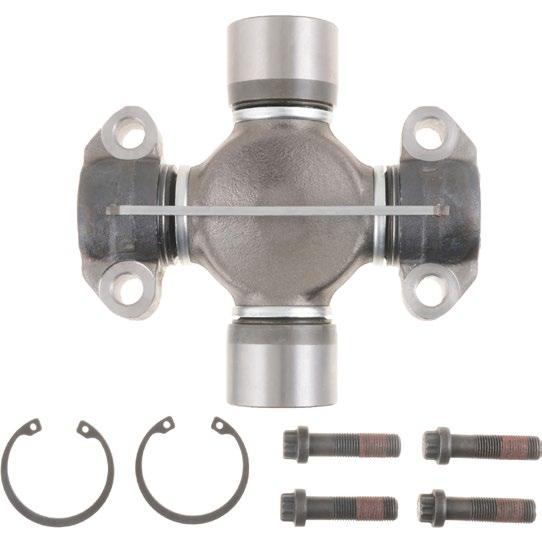
the local market. By forging a partnership with DANA Spicer Australia, NAPA NZ is not only enhancing its product lineup but also contributing to the long-term success of the commercial transport industry in New Zealand.
As the partnership continues to grow, NAPA NZ and DANA Spicer Australia remain committed to driving innovation, reliability, and success for their customers, ensuring that the New Zealand transport sector remains strong and competitive for years to come.
For more information contact your local NAPA rep on 0800 800 073.


Promotion runs 1st - 22nd March 2025
one of three pairs of corporate hospitality experiences to see the Supercars race at The Taupo Super440 11th - 13th April 2025 -


GET AN UP CLOSE AND PERSONAL EXPERIENCE AT NEW ZEALAND’S PREMIER RACING EVENT OF THE YEAR!
Experience life in the fast lane trackside, with exclusive driver appearances and pitlane tours, for a real behind the scenes look at kiwi motorsport. Enjoy the total VIP treatment in comfort and style at the Corporate Villa as your base, with premium food and beverages provided.
YOUR EXPERIENCE:

• Two nights luxury accommodation in Taupo
• Two full days of thrilling motorsport with VIP access including driver appearances, pitlane tours, food and beverage service
• Watch uninterrupted action including Supercars, NAPA Central Muscle Cars and NAPA’s own Justin Allen in the GR86 Championship from a premium trackside balcony
• Transfers from the hotel to the track and back each day, and a group dinner on Saturday night
DON’T MISS THE ROAR OF THE ENGINES AT THIS TRULY THRILLING EXPERIENCE!






New Zealand concrete giant Firth Industries is installing the MAX-SAFE Maximum Safety AntiRollaway Brake Solution across its fleet of more than 350 concrete trucks.
Firth Industries is New Zealand’s largest and only national concrete company, producing ready-mix concrete, masonry, paving, retaining walls and brick veneers for commercial and residential applications.
To mitigate the risk of rollaway incidents, Firth sought a robust engineering solution that would prevent unintended vehicle movement, even if the parking brake was not applied or applied incorrectly. While existing audio alarms had proven effective in preventing multiple incidents, a more reliable and proactive approach was deemed necessary.
Firth’s health, safety, environment and sustainability team extensively evaluated rollaway safety offerings from Australasia, Asia and Britain.
“With diverse fleet dynamics (manual, automatic, fuel and EV), Firth is removing

heavy vehicle rollaways as a safety risk for our business,” says André van Pletzen, head of environment, health and safety, Fletcher Building Concrete Division.
“With safety as a core priority, Firth wanted to adopt a proven safety solution to prevent vehicle rollaways – caused by operator error or faulty park brake systems – to keep staff, contractors and the general public safe.”
In 2020, Firth’s head office established a relationship with the MAX-SAFE distributor for New Zealand, Autokraft Electrical and Diesel (AED), after Firth’s Hamilton depot manager, John Hardisty, came across the antirollaway solution on a local heavy vehicle.
The MAX-SAFE Maximum Safety AntiRollaway Solution is an Australian invention in use for over 20 years that prevents rollaway vehicles – forwards or backwards
Key benefits of the MAX-SAFE Maximum Safety Anti-Rollaway Brake Solution:
• Maximum safety for all people and property.
• Active, automatic system – no driver intervention, no complicated processes.
• Inbuilt algorithms for constant selfanalysis for faults.
• Engineering control mitigating possible human error (neglecting to apply parking brake).
• Ideal for any industry that uses heavy vehicles.
• Prevents runaway vehicles, including on steep hills.
• Out-of-the-box customised solution with ready-to-go plugs for each vehicle type – no splicing of wires, full
confidence in the system’s integrity.
• The same solution works on all vehicle types.
• Inbuilt parking brake alarm – meets site safety requirements.
• Backup service – experienced New Zealand-based dealers for installation, certification and service.
• Confidence in the solution, peace of mind knowing drivers and people are safer.
• Preventative maintenance is available for all MAX-SAFE solutions.
• Full MAX-SAFE training modules available.
For enquiries, contact Autokraft Electrical and Diesel: 06 359 0100, www.aed.nz, brandon@autokraft-ed.co.nz

– irrespective of slope or idle creep, providing driver and company surety.
Over the past two-plus years, AED’s installer network has fitted the technology into all new heavy vehicles before they are added to the Firth operational fleet.
The Firth fleet consists of Isuzu, UD and Hino trucks.
“Firth wanted to ensure that there was consistency across the fleet, so drivers could have the confidence there was an automaticbraking solution in place – whether the vehicle was new or old, manual or automatic, diesel, petrol or EV. A solution that would work the same across all vehicles would be ideal,” says André.
The rollout has seen MAX-SAFE AntiRollaway progressively retrofitted on all of Firth’s heavy vehicles, as well as owner-driver vehicles.
The solution has been installed by trained AED MAX-SAFE installers and dealers on weekdays and weekends to ensure minimal disruption to truck availability and service levels. Approximately two vehicles can be retrofitted per day per installer team.
As of September 2024, 260 trucks nationwide have been upgraded with this safety prevention, ensuring Firth trucks are no longer susceptible to rollaway. The final 70 trucks will be installed over the coming 10 months. AED is project-managing the rollout in conjunction with Firth regional HSE advisors and operational teams.
“It has been a positive experience working with AED. It has been a massive task with many challenges, and communication was essential,” the Firth team says.
“The AED team has been professional, transparent and proactive when tasked with managing the fit-out and certification process.”



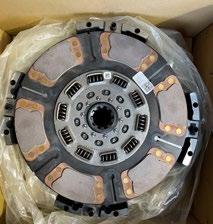





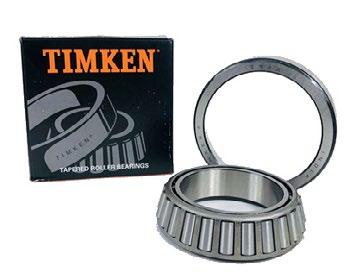




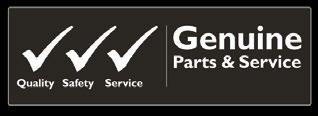








Gisborne-based C. R. Taylor recently added a fifth TRT trailer to its fleet, enhancing its housemoving capability.
The three-axle ESS house trailer joins a quad-axle widening low loader, a three-axle extendable flatdeck and a two-axle house trailer.
The decision to invest in the ESS trailer reflects the company’s commitment to embracing new technology and furthers a relationship dating back generations. A family business managed by brothers David and Glen Taylor, C. R. Taylor provides various services, including crane operations, house removals and bridge repairs.
The fleet also features three cranes – 90, 30 and 13 tonne – making it the sole crane company in Gisborne. It also operates a large knuckle-boom crane mounted on a 10x4 Hino (New Zealand Trucking, July 2020), enhancing its capability to serve various regional needs.
David Taylor emphasised the benefits of investing in an ESS trailer, particularly for house moving, noting that its 35° steering offers superior manoeuvrability on tight roads.
“TRT trailers offer a level of quality that stands out from other manufacturers, especially in the durability of the rams. You can get much more use out of a TRT trailer before needing any maintenance or repairs,” he says. “Their resale value also stays strong due to this quality and longevity.”
The ESS trailer impressed on its first job, Gisborne to Rangitukia on the East Coast, arriving onsite in 3.5 hours as opposed to six with the older, single-steer trailer.
“Navigating the multiple U-turn corners was handled with ease using the new trailer. Previously, it would have required several back-and-forth manoeuvres to get the trailer around tight bends, but with the enhanced steering, these challenges were easily overcome,” David explains.



Superior
David says he’s getting accustomed to the new trailer, learning more with every job. As he grows more confident with its operation, each job becomes quicker and easier.
Initially, he wasn’t sure the ESS trailer was the right choice, but he’s now pleased with his decision and is reaping the benefits.
Glen Harnett, TRT’s general manager of capital whole goods, highlights the efficiency
of TRT ESS trailers, “It saves time and minimises damage to buildings, especially when navigating tight roads and sites.
“The trailer reduces operator fatigue and wear on the equipment, making it a safer option.
“With full steering, there’s also less wear on tyres, which further contributes to its longterm durability and effectiveness.”

NZ Trucking is New Zealand’s leading magazine for both the industry and the enthusiast, featuring the latest heavy truck and light commercial road tests, product news, and trucking personalities.
Subscribers will also get access to the digital magazine, meaning you can read it anywhere, at any time!
NZ Trucking is New Zealand’s leading magazine for both the industry and the enthusiast, featuring the latest heavy truck and light commercial road tests, product news, and trucking personalities.
Pricing for subscriptions include postage and GST. Postage included.
You will also get access to NZ Trucking Magazine on ISSUU. You will be emailed a login when the next issue is available.
Pricing for subscriptions include postage and GST. Postage included.
Phone: 0800 878 256 or visit: NZTrucking.co.nz/Shop
ph 0800 878 256 or visit NZtrucking.co.nz/subscriptions
SCAN TO SUBSCRIBE

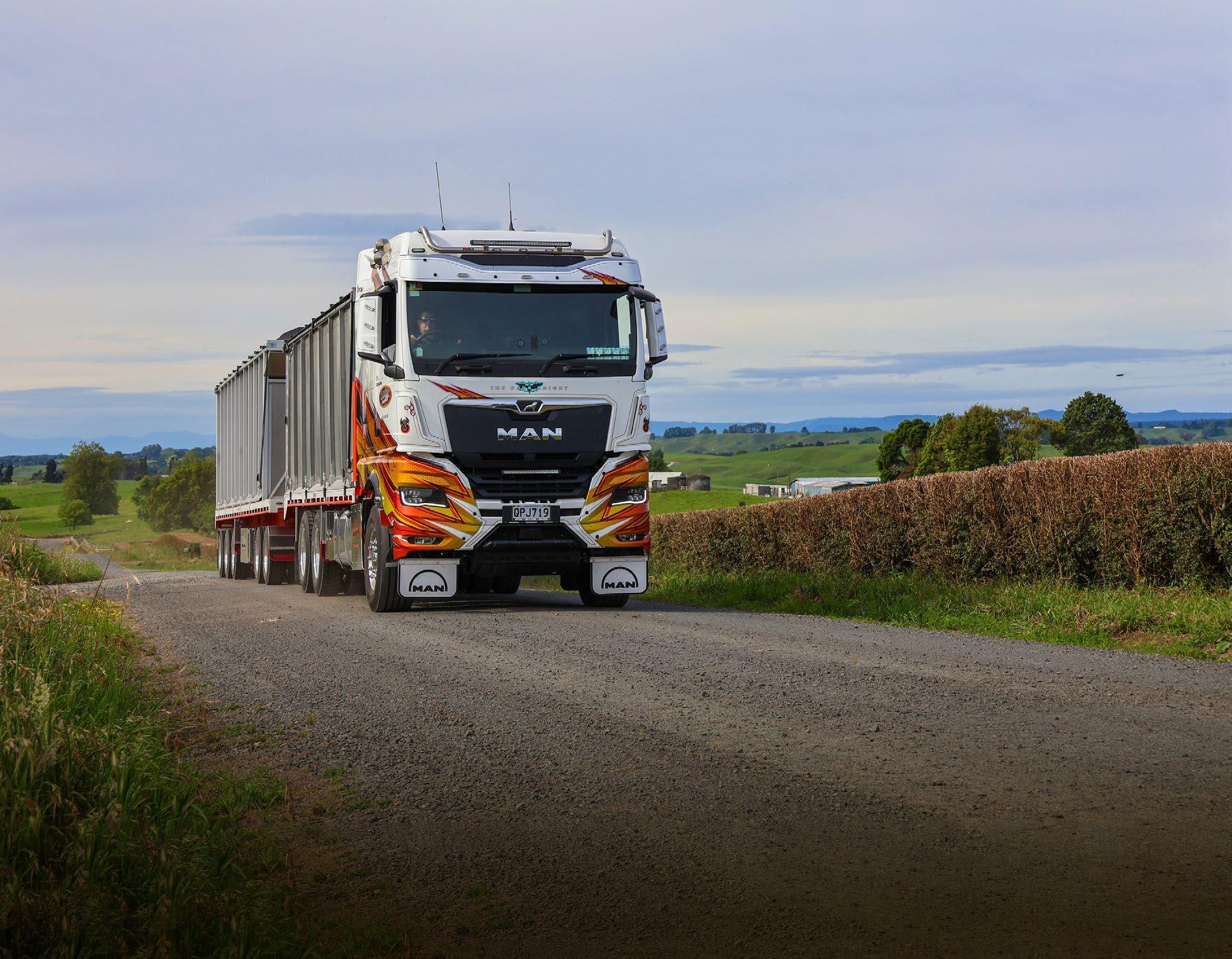


Noble stresses
This month, I’m kicking things off with a glowing endorsement of in-vehicle camera technology –usefulness that’s been undeniable in three, significant unrelated events that have impacted three different fleets I’m connected with.
In all three instances, the footage obtained immediately after each event, two of which were serious, was beyond invaluable in not only identifying liability, but understanding how the incidents occurred. Without question, there were lessons for all parties involved, and in a couple of cases, the footage reiterated the old mantra that “anything can and will happen”, and that it’s often the actions of other road users that we need to be most alert to.
As we collectively strive towards better professionalism and compliance sector-wide, it baffles me that some operators don’t want to embrace the transparency camera technology brings with it fully. From my experience, working through some pretty challenging incidents, some of which had the benefits of cameras and some that didn’t, I can’t speak highly enough of the insights the footage provided. In almost all cases, it highlighted the exemplary approach the transport operator took, something that would otherwise have proven difficult to identify quickly and clearly. Ask anyone who’s had anything to do with a fatal incident, driver or operator, and they’ll likely tell you they’d adopt whatever tools they could to accelerate the investigation process – cameras are a critical enabler of this. And, yep, sometimes the footage we’re presented with may not paint our team members in the light we’d like. But, as an employer, we’d surely far rather have a tool at our disposal enabling us to help quantify
this in a black-and-white (poor pun, sorry!) manner than rely on an unfolding he-said, she-said scenario.
As an aside, I suspect we’re not that far away from insurance promoting the use of these tools in every fleet. I know one insurer already provides significant support to operators keen for help installing the technology.
Continuing with the theme of camera technology, I had the chance to ride in the cab of the Windrose EV tractor unit on Auckland’s motorway as 2024 drew to a close – a week or so after the vehicle arrived in the
come across the OEM landscape.
I also spent a couple of weeks across the ditch over Christmas and returned home impressed with the productivity displayed by Australia’s heavy transport fleet. It got me thinking – when will we see more route-specific opportunities for larger combinations? Maybe I’m oversimplifying the engineering and compliance challenges (or perhaps we’ve become experts at adding complexity?), but Auckland-Hamilton or Christchurch-Ashburton (and beyond) seem like prime routes for pushing 40ft/20ft combinations to 40ft/40ft – a simple shift
I can’t speak highly enough of the insights the footage provided. In almost all cases, it highlighted the exemplary approach the transport operator took, something that would otherwise have proven difficult to identify quickly and clearly.
country. While it’s not yet towing a trailer, it showcases a level of thoughtful design that is hard not to appreciate. Features like the array of screens providing a full-length side view during lane changes and forwardfacing cameras enhancing the visibility of oncoming hazards may sound simple in concept. But, in practice, they represent a significant leap forward. I have no doubt these innovations are a glimpse of what’s to

that could boost productivity by 33% in one go. With economic growth and productivity high on the government’s agenda, surely it’s time to accelerate these opportunities.
Finally, I hope you’ve all seen my 2025 crystal-ball-gazing in last month’s column starting to morph into life in your neighbourhood – more of the good, less of the challenging, and profitable, safe operations for us all. Bring it on!










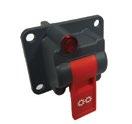
Hydreco manufactures state-of-the-art hydraulic components for a diverse range of systems, including tippers, low loaders, concrete trucks, and truck cranes.
As the exclusive distributor in New Zealand, TRT offers Hydreco’s extensive selection of hydraulic parts and equipment tailored for the heavy transport industry.

TRT also has the hydro-mechanical engineering capability to design solutions for any transport need, including Hiab and Jonsered cranes, Multilift systems, and all tipping scenarios.
Plus, with nationwide technical support and a fully equipped workshop in Hamilton, we can provide expert hydraulic fit-outs to ensure optimal performance and reliability.

We need to make the effort to get outside not just for our physical health but for our mental health, writes fitness guru Laura Hulley.
As a full-time office worker, I don’t often get too much vitamin D or breathe in much air that isn’t straight from an air conditioning unit. I’m sure truckers can relate. Although work commitments and conditions aren’t always conducive to outdoor active time, we need to make an effort to get outside not just for our physical health but for our mental health.
If you’re driving, this obviously isn’t always an option for you. But I encourage you, as often as is practical, to pull over and get some fresh air and stretch your legs. Your mind and body will thank you for it. Although I will always be a massive ambassador of the gym, I believe there’s nothing quite like a good bush walk and being at one with nature. I have compiled a list of some exciting and fun outdoor trails and activities to do with mates or family while the weather is still good.
Wairere Falls is a beautiful bush walk in the Matamata-Piako area. It is a combination of bush and man-made steps winding up towards a beautiful waterfall lookout at the summit. Many people also go for a dip in the fresh water at the top of the waterfall. The walk is moderately hard, allow three hours for the return trip depending on your fitness level. There is the option to stop at the first lookout point and call it a day if you feel the waterfall summit may be out of your reach. The track has recently been upgraded.
The Otago Rail Trail is a cycle track that spans the Otago region in the South Island. Whether just heading out for the day or doing the full week tour, there are options to suit all ages and situations. The great thing about the rail trail is that you don’t have to contend with cars, which makes it suitable for children. There are, of course, cycle trails all over New Zealand to bike year-round.
If you love the water and the beach, then a kayak tour at Cathedral Cove could be for you. There are specific tours that take you safely through the beach and rock caves at Cathedral Cove. You can, of course, hire or bring a kayak and make your own way around, too. Kayaking is a great upper body and core workout using the natural resistance of the water. It’s also a good alternative for people who want to explore the water but may not be confident ocean swimmers.
The Tongariro Crossing is a world-renowned hike in the Tongariro National Park that traverses volcanoes, mountain springs and alpine lakes. There are half-day, full-day and weekend guided tours. This is not something that you would want to attempt on your own without the help of an experienced guide. It would also act as a great goal to work towards if you are starting out on your hiking or walking journey.
The Karangahake Gorge is filled with beautiful hikes and walking options of varying levels of difficulty. A river flows down the centre of the entire gorge where people enjoy taking swims in the freshwater throughout summer (and brave people in winter). People of all ages and stages can enjoy the gorge, from 30-minute flat terrain bush walks to three-hour return mountain peak walks to the summit of Mount Karangahake. Mount Karangahake was one of the six summits I climbed as a part of a mental health charity event and is by far one of my favourites. The 90 minutes it takes to get to the summit is well worth it for the incredible view. You can see all over Waikino, Waihī and the surrounding areas from the summit.
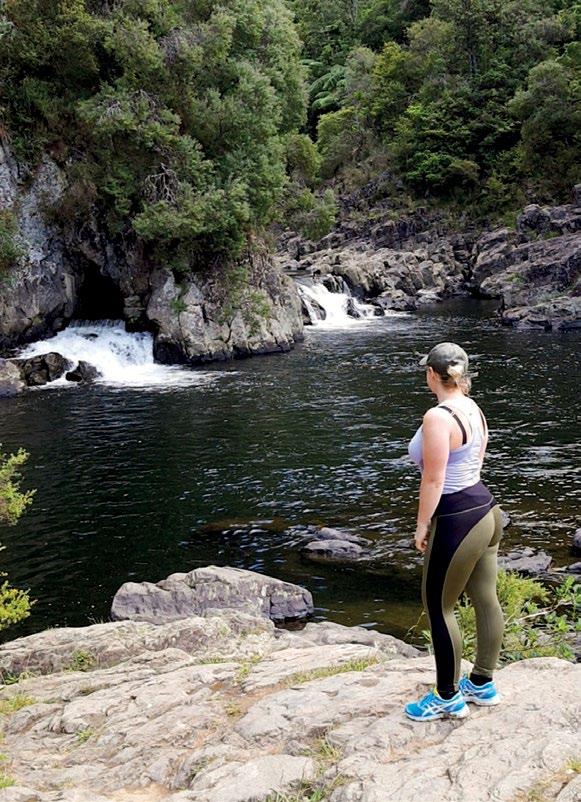
If you are looking for an entry-level summit suitable for the entire family, then look no further than Mauao. There are a few different tracks up to the summit, which should take about an hour to reach. One is predominantly stairs, and the other is mainly bush/gravel track. Once you reach the top, you can obviously choose if you’d like to go down the same way or take an alternate route back down. If you are not interested or ready to tackle the summit, there is a beautiful track around the base of the Mount that is mostly shaded and flat terrain.
If none of the outdoor activities I’ve listed suit, or they are too far away – then research online some of the many walks, hikes, cycles and exercise tours to do in your area. The beauty of outdoor activities is you can pick something that interests you. Whether you prefer to walk, cycle, swim or kayak – there’s plenty to do and see.

Ensuring safety at work is a top priority for many individuals and organisations, and a health and safety representative is essential. If you do not currently have one at your workplace, it could be wise to choose one now, says Safewise consultant Kaye Byrne.
Everyone has the right to be safe at work; it’s simple to state, but what steps do we take to make it happen?
According to First Union, a health and safety representative is one of the most essential components in creating a secure work environment. This worker, chosen by their colleagues, can bring up official health and safety concerns to their employer. And even though it might be an unknown term for many, there is a legal requirement for most workplaces to possess them.
Additionally, a health and safety representative might be key in preventing your workplace from experiencing a tragic work accident. New Zealand has strong health and safety legislation compared with other countries, but this has not always been the case. Official reports after the 2010 Pike River disaster revealed findings that resulted in strengthened workplace health and safety regulations. Post-disaster reports revealed that Pike River employees had voiced health and safety issues regarding their workplace but lacked the means to address them. To cover these gaps in the industry, the Health and Safety at Work Act 2015 granted employees the entitlement to a health and safety representative, along
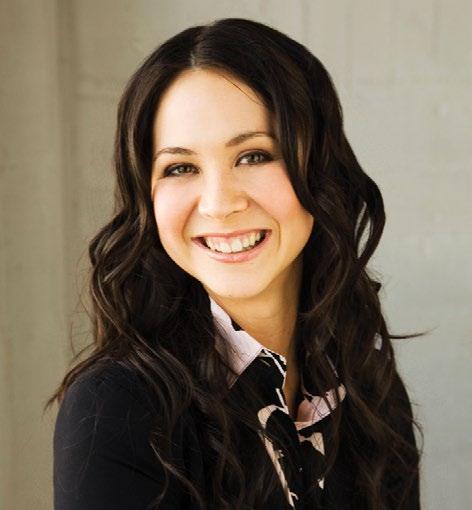
with several additional measures.
Any employee can request a health and safety representative at their job, but if your workplace employs over 20 people or is in a high-risk sector, it is mandatory to have a worker representative, and an election must be held to select them.
The legislation also specifies that the PCBU – “the person conducting the business or undertaking”, typically refering to the employer – is accountable for maintaining the health and safety of employees. Maintaining a safe work environment is certainly in their best interests, as they could be held responsible if something goes awry. All employees should know who the organisation’s health and safety representative is.
Although you aren’t required to be a designated health and safety representative to express worries or decline tasks you find hazardous, the official rep possesses greater authority. They may provide notifications for violations of health and safety, which are forwarded to the PCBU and WorkSafe for review. They can instruct other employees to halt unsafe activities until the issues are addressed. Crucially, they serve as an official channel for the problems of their colleagues
as well.
After selecting a representative, the employer is required to cover the cost of two full days of authorised training annually, which must be conducted during paid hours. The representative may also decide the location for the training.
Your PCBU is whom you should talk to when it comes to implementing a health and safety representative in your workplace, and there is no time like the present to have that conversation.

Kaye Byrne is a health and safety consultant who works for Safewise, a health and safety consultancy organisation. Kaye has been in the health and safety field in one way or another for the past 10 years, most recently as a consultant. Kaye has experience working with many different industries and people. She holds a New Zealand Diploma in Workplace Health and Safety Management (level 6) and is a member of the New Zealand Institute of Safety Management.
Danielle Beston takes a deep dive into
The Sentencing (Reform) Amendment Bill proposes strengthening the consequences of offending by amending the Sentencing Act 2002. It seeks to limit sentence reductions to 40%, introduce new aggravating factors, amend sentencing principles to account for information provided by victims, prevent repeat use of sentence reductions for youth and for remorse, and encourage the use of cumulative sentencing. If this bill becomes law, it will constrain the state’s judicial arm. It is questionable whether this is desirable or necessary. This month, I want to explore some of the reasons why.
Every charge has a maximum penalty attached to it. For example, assault on a child under the age of 14 years old carries a maximum penalty of two years’ imprisonment. When a judge is deciding how serious an offence is, they must put it on a scale and determine a starting point. The maximum sentence is reserved for the worst example of the offence, and everything else will fall between this and a discharge without conviction, which is at the opposite end of the scale.
After determining the starting point, the judge increases the sentence for aggravating factors such as repeat offending or the victim’s vulnerability and reduces the punishment for mitigating factors such as an early guilty plea or youth. Sentencing is not a fixed process. Judicial discretion is necessary because the facts of each case and each offender are individual, and the resulting sentence must therefore be individualised.
New Zealand imprisons 181 people per 100,000, which places us 90th out of 223 jurisdictions. This is well above Australia, England, Wales and Scotland and double the rates in Northern Ireland, the Republic of Ireland and Canada. It is fair to say that based on these numbers, New Zealand judges cannot be described as ‘soft’.
Community protection is the ultimate aim of the criminal law so many are in favour of a prison term being imposed to achieve this end. However, emerging evidence shows that sending offenders to prison makes them more likely to re-offend. Prisoners are seven times more likely than the general population to have a mental health or substance abuse problem. Once inside, prisons provide a training ground for more criminal behaviour and are a ready source of recruits for gangs.
There are already long delays that mean that defendants, complainants and witnesses have to wait months or years for a matter to proceed to a trial date. Budgetary restraints have resulted in a shortage of judges and courtrooms, and the criminal justice system is groaning under the pressure. The reductions for mitigating features, which the reforms want to curtail, are essential to preventing this problem from worsening.
If a judge feels obliged to impose a higher sentence because of the new amendments, lawyers must advise defendants accordingly. Inevitably, more will decide to take their chances in a trial rather than plead guilty. This will result in more complainants coming to court to give evidence, some defendants being acquitted, and the already struggling criminal justice system coming under more pressure to allocate trial dates.

The New Zealand Law Society has identified that the reforms seek to give greater prominence to victims in sentencing decisions. While it accepts that victims rightly have a place in the sentencing process, it points out that prioritising the views of victims over other factors could fundamentally change the criminal justice system.
This could lead to unintended and unjust outcomes with disproportionately severe and varied results. Two victims of similar crimes could hold very different views about the purpose of sentencing and the appropriate sentence. Additionally, creating an expectation that victims’ perspectives will determine the sentencing decision may ultimately disappoint victims when this is not possible due to other factors such as sentencing principles, purposes and aggravating or mitigating circumstances. This could undermine confidence in the justice system.
Judges who consider the Sentencing (Reform) Amendment Bill to overstep the separation of powers will do their best to secure individualised justice. It might be that they set the starting point of a sentence at the low end of the scale to achieve the same outcome, while appearing to abide by the new 40% cap on mitigating factors. Alternatively, they could decide that a rehabilitative sentence that does not require the imposition of a custodial sentence is the better outcome. The creativity of the judiciary should not be underestimated.
Please note that this article is not a substitute for legal advice, and if you have a particular matter that needs to be addressed, consult with a lawyer. Danielle Beston is a barrister who specialises in transport law, and she can be contacted at danielle.beston@bestonlegal.nz or 021 326





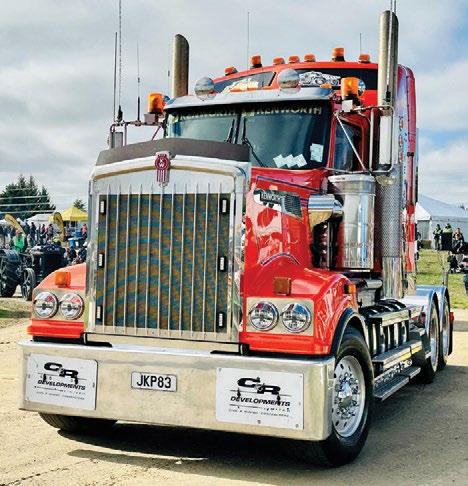
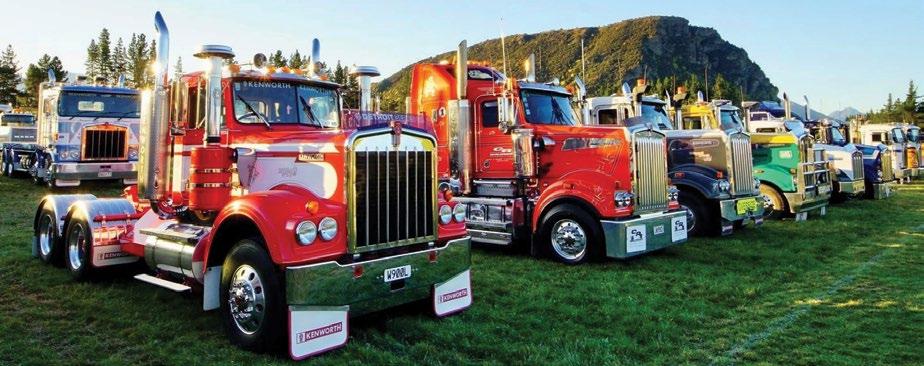

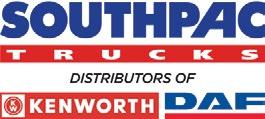

Let’s discuss the importance of wide boundary lenses in policy-making.
Drivers are constantly bombarded with visual information: road markings, distant mountains, brake lights, fast food signs, etc. It is, therefore, second nature to focus on drivingrelevant details and filter out redundant stuff when on the road.
Filtering information is common elsewhere, too. “Externalities” are items accountants disregard in their accounts; engineers use “design figures” (floor load, 100-year storm, etc.) to define the limits of their calculations; salespeople sometimes hide behind “buyer beware”, leaving the purchaser to check the fine print.
And politicians can be frustratingly vague about exclusions from proposed policies. “Voter beware” doesn’t cut it at a policy level, and we might reasonably expect policy-makers to have their eyes wide open when sometimes they end up seeming badly blinkered.
Take agricultural methane. At 43% of our emissions, it’s a big deal for New Zealand. The present government bypassed its Climate Change Commission and appointed a “methane panel” to report on the science of methane reduction causing “no additional warming”.
Spot the “externality”? It excludes actually reducing warming
But reducing warming ASAP is exactly what’s needed for a halfdecent future. “No additional warming” narrows that to not making things worse. It’s like saying someone racing at 100km/h in a 50km/h zone is okay, provided they don’t go any faster.
In contrast, the authoritative, wide boundary 2024 State of the climate report: Perilous times on planet Earth (BioScience, December 2024) is clear: “Drastically cutting methane emissions can slow the near-term rate of global warming, helping to avoid tipping points and extreme climate impacts.” In fact, rapidly slashing methane emissions is one of our very best options to lower our warming impact quickly.
What about electric cars? Narrow boundary view: 1/10th of the operating emissions of fossil fuel cars. Great! Wider boundary: more emissions in making a battery car than fossil fuel. In New Zealand, it takes a couple of years before BEVs break even on emissions (then they win all the way). Even wider view: does it make any sense to replicate our congested, parking-nightmare, highway-hungry, private fossil-fuel commuting with BEVs doing the same?
And wider boundary still: an eyewatering study with an eyewatering name (Assessment of the Extra Capacity Required of Alternative Energy Electrical Power Systems to Completely Replace Fossil Fuels, at Researchgate) shows converting the global fleet to BEVs and powering them with renewable electricity is logistically implausible: “The whole EV battery solution may need to be re-thought and a new solution developed that is not so mineral-intensive.”
Which leaves us where?
With wicked problems that deserve far better than expedient, halfbaked “solutions”.

Calculated induced demand (i.e. additional to that previously existing) as a result of a new highway. Assessing induced road traffic demand in New Zealand. Source: NZTA.
In his podcast And then what? Using wide-boundary lenses (24 minutes at And+then+what?), commentator Nate Hagens widens the view on energy, EVs, growth, degrowth and more.
Then he expands wide-boundary thinking by adding “Yellow Teaming” to traditional “Blue” and “Red” Teaming.
Blue Teaming tries to ensure the success of a project, Red Teaming considers how the project could fail, while Yellow Teaming explores negative consequences if the project really succeeds (eg, extra urban arterial feeders usually increase congestion).
Unlike driving, which needs a narrow focus on road information, major policies demand wide-boundary lenses and risk falling seriously short when they aren’t used.
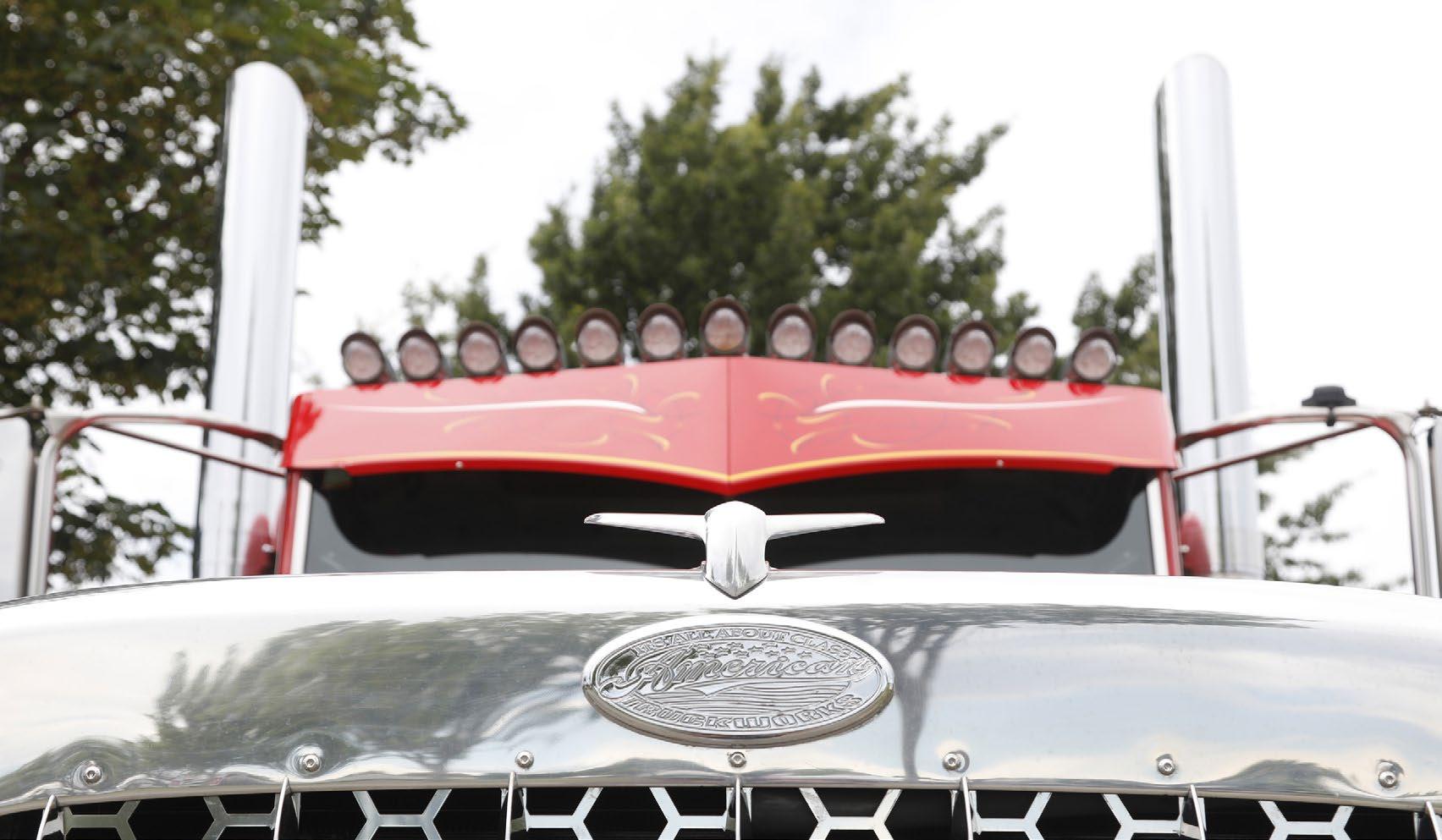
Lindsay Wood, MNZM, runs climate strategy company Resilienz Ltd. He is active in policy, and on IT tools for decarbonisation, and speaks, writes and broadcasts widely on climate issues. In 2024 he was made a Member of the New Zealand Order of Merit for services to climate awareness and environmental sustainability.

































































NZ Trucking Association can be contacted on 0800 338 338 or info@nztruckingassn.co.nz

Carol McGeady general manager
Adecade ago, the Health and Safety at Work Act 2015 (HSWA) marked a turning point in workplace safety, particularly within the transport and logistics industry. The HSWA was designed to create a stronger culture of accountability and continuous improvement, moving beyond compliance into proactive risk management. Ten years on, the industry has evolved significantly, with heightened awareness, improved systems and a greater emphasis on worker wellbeing. However, challenges remain, and as we reflect on the journey, we must continue to drive progress.
The transport and logistics sector has traditionally been high risk, with workplace injuries, vehicle-related accidents and fatigue management persistent concerns. Since introducing the HSWA, companies have had to take a more structured approach to risk assessment and mitigation. The industry has seen increased health and safety representatives, greater use of technology for compliance tracking and a stronger emphasis on mental wellbeing and physical safety.
A key shift has been the focus on leadership accountability. Under the act, directors and senior management are required to actively engage in safety management, ensuring that it is not just a box-ticking exercise but a fundamental part of operational decision-making. This has led to more transparent reporting, regular safety audits and a cultural shift where employees feel more empowered to speak up about potential hazards.
Despite these improvements, the transport sector has faced significant challenges in implementing and maintaining high safety standards. One of the biggest hurdles has been changing long-standing industry habits. The ‘she’ll
be right’ attitude, deeply ingrained in some sector areas, has been difficult to overcome. Smaller operators, in particular, have struggled with the financial and administrative burden of compliance, often lacking dedicated health and safety personnel to manage the required processes.
Fatigue management remains a critical issue. While regulations exist to limit driving hours, ensuring compliance can be difficult, particularly for owner-drivers and contractors who work under commercial pressures. The mental health and wellbeing of drivers have also become a growing concern, with increased awareness but still insufficient support structures in place.
The next 10 years will be very different as companies adopt TruckSafe. It is a structured Safety Management System that goes beyond the minimum legal requirements, ensuring that companies have robust policies, procedures and risk management strategies in place. Independent audits provide an added layer of accountability, giving recognition to businesses that prioritise safety, wellbeing and compliance. By exceeding HSWA standards, TruckSafe will become the model for best practice in the industry, ensuring businesses strive for excellence rather than mere compliance.
On the other hand, while enforcement of HSWA has led to increased compliance, it has not entirely eliminated unsafe practices. Some businesses struggle with implementation due to cost constraints or lack of industry-wide consistency. Additionally, penalties for non-compliance, while necessary, have sometimes created a fear-based approach rather than fostering a culture of genuine safety improvement.
The TruckSafe programme offers independent validation of safety practices, allowing businesses that invest in their
people and systems to be recognised. This will enhance their reputation and encourage others to follow suit. Customers and supply chain partners are increasingly prioritising safety credentials when selecting transport providers, reinforcing the idea that safety is a competitive advantage rather than a regulatory burden.
As we move forward, the industry must continue to refine and improve safety strategies. Embracing technology, such as telematics for real-time monitoring and AI-driven fatigue detection, will be key to reducing critical risks. Training, education and ensuring competency must remain top priorities, enabling workers at all levels to understand their roles and responsibilities in maintaining a safe workplace.
Furthermore, mental wellbeing must be fully integrated into workplace health and safety frameworks. The past decade has brought increased awareness, but more action is needed to provide practical support for transport workers facing stress, isolation and mental fatigue.
The TruckSafe SMS is available now, so sign up today and start your journey –trucksafe.net.nz
The TMC Trailers Trucking Industry Show will host Paul Fellows, chair of TruckSafe Australia. Come along on 7 to 8 March to meet Paul, an operator who understands the challenges of keeping all staff safe at work. He will share his insights at the TruckSafe launch on Friday, 7 March, at 2pm.
Additionally, CiLT, in conjunction with the NZ Trucking Association, will hold a seminar series from 12pm on Friday, 7 March. Presenters from StraitNZ, Foodstuffs, Alliance, LPC and Hilton Haulage will discuss strategies, initiatives and policies that have proven successful under the act’s framework. Register here – https://tinyurl. com/77v373xj
7 March 2025 9am - 5pm
TMC Trailers
Canterbury Agricultural Park, Christchurch
TRADE DAY - Friday 7th March
(Public Day Saturday 8th March 2025)
Trade customers only. An opportunity to invite customers to attend and host functions on your site.
All events and sessions below are FREE to attend. Register to guarantee a spot on the day.

























































National Road Carriers Association can be contacted on 0800 686 777 or enquiries@natroad.co.nz
James Smith GM Policy and Advocacy, NRC
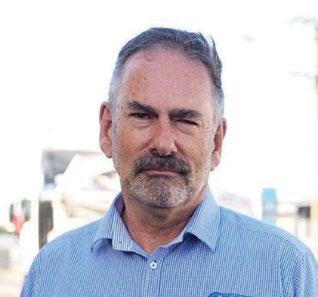
If you ever doubted the ability of New Zealand’s supply chain to just get on and deliver despite blockages, breakdowns, bad weather and closures, the last month or so demonstrated the flexibility and resilience of the country’s freight systems. While the trucking industry has played a key role, co-operation with other modes of transport, including rail and shipping has made it work.
Even though the system works around these problems and continues to deliver, these issues once again highlight the need for a 50-year roading and infrastructure plan that is agreed upon across the political

spectrum so we are not constantly starting and stopping.
Here are a few examples of what I’m talking about:
• Railway line blockages: Recent closures of railway lines in Auckland and Wellington to allow for maintenance have not fazed the transport sector. Everything that would have gone by rail has been road bridged, with all available trucks being requisitioned and adapted as needed to haul containers. Trucks have been cycling through Ports of Auckland and Metro

Port every few minutes to pick up loads, so within half an hour or so, you have a train load being carted out by trucks. The entire exercise has been co-ordinated by KiwiRail in co-operation with truck operators – which will be the case again when more closures are planned in April.
• Desert Road closure: The two-monthlong closure of the Desert Road between Tūrangi and Waiouru from mid-January to mid-March to reconstruct 16km of road and replace the deck of the Mangatoetoenui Bridge has added inconvenience for freight between
AS HEARD ON THE NRC ON SCHEDULE PODCAST
Justin Tighe‑Umbers CEO

We kicked off the year with our On Schedule podcast and Infometrics chief forecaster and director, Gareth Kiernan, giving his thoughts on how 2025 will likely shape up for the transport industry and New Zealand.
It was a fascinating conversation; Gareth covered a lot of ground, so I’ve summarised a few of his key trends and predictions. First up, the good news is that it appears our economic activity was largely at its lowest at the end of 2024, with signs that things are now picking up.
Initial signs are positive that volumes are
trending upwards, but it might not be until the second half of 2025 that momentum really starts to kick in.
Cost pressures also appear to be easing, relief from interest rates is starting to have a positive impact, with more interest rate cuts predicted to follow. This mix shapes up to support some margin reinstatement for the transport industry with improved volumes and profitability.
With Donald Trump securing a second term, a protectionist stance on the US economy likely means more tariffs on imports. While a 10% tariff might stimulate short-term
US domestic economic activity, it would come at a cost to US consumers, as local producers already compete without tariffs. In the medium term, reduced trade and slower US growth could weaken China, New Zealand’s largest market. This highlights the importance of New Zealand’s efforts to diversify trade, including strengthening agreements with countries like the UAE, Gulf States and India to mitigate geopolitical risks.
Throughout 2024, there was a steady stream of infrastructure announcements from the
Auckland and Wellington as vehicles can detour via SH41, SH47, SH4 and SH49, adding 30 to 40 minutes to the journey. It is a bit more disruptive for local operators, who could add 90 minutes to some trips. Linehaul and local operators accept the work has to be done and are sucking up the short-term inconvenience for the long-term benefit of the upgrades.
• Cook Strait ferries: KiwiRail and Bluebridge Cook Strait ferries have experienced a string of issues recently, mostly weather-related, which have possibly been made out to be worse than they are by news media, which now has the Cook Strait crossing firmly in its sights. We continue to call for reliable, well-maintained and well-planned infrastructure, which applies to the Cook Strait. In the meantime, national freight operators have continued to professionally and quietly work around
the issues, ensuring goods cross the Strait to their intended destinations in a timely way.
do we learn from this?
• Agreed long-term plan needed: NRC is delighted the National-led government is getting on with a major new roadbuilding programme nationwide, but it is critical new roads are not paid for by deferring maintenance until the last minute on existing ones.
Deferring maintenance to pay for new roads is a road to nowhere. Looking after what we have in a timely and efficient manner is just as important as building new roads.
The extended closure of the Desert Road is another example highlighting why NRC is calling for a 50-year roading plan with scheduled investment in maintenance and restoration to minimise the risk of road network failure and the disruption
to transport operators and the businesses and public they supply goods and equipment to.
• NRC supports the full closure as NZTA advises it is the most efficient way to complete the deferred maintenance in the fastest possible time. It is critical that NZTA holds its end of the bargain and has the Desert Road open again on time with works completed in the planned twomonth period.
• All modes are needed: Despite what you might read in the media, which tends to focus on problems and conflict, the different transport modes – road, rail and shipping – work well together. This is just as well because they are complementary – rail and coastal shipping are more economical and efficient than road, in some cases, while road will most often be the mode needed for the last mile because of the reach of the road network.
government, particularly in terms of roading. Economic forecasters remain cautious as to how many projects will get shovels in the ground in 2025. Many still need to move through planning and design, with funding mechanisms and legalisation to be worked through to enable delivery.
There is no question the current government is acutely aware of the previous government’s perceived lack of delivery. Ministers appear to be keen to deliver on election promises to ‘get stuff done’, which suggests construction will commence for many significant infrastructure projects as we move through 2025.
Already the signs are positive, with construction confirmed to start on SH1 Papakura to Drury, the reopening of the Mangamukas, funding approved for the design of stage one of the Hawke’s Bay Expressway and early works on SH1 Belfast to Pegasus Motorway and Woodend Bypass (RoNS), and SH1B Telephone Road reopening confirmed.
Getting our immigration settings right
remains an ongoing challenge. While the economy was grinding to a halt, the noise about worker shortages dulled. But as the economy ramps up, we are going to find ourselves having to come up with plans to entice the return of skilled machine operators who have sloped off overseas during the past four years.
Thought needs to be given by officials as what immigration pathways we can offer individuals with the technical skills we need to deliver the ambitious infrastructure projects the government has promised.
Economists predict there will be some degree of continued lethargy in the room for another six months or so, so transport operators still need to focus on business resilience. Diversification remains key to building resilience and reduces exposure should one sector being doing it tough.
But if diversification isn’t possible, which for many it won’t be, then now is the time to ensure you understand
your cost structure. It’s crucial to identify opportunities to improve efficiency or increase margins, as businesses that only absorb rising costs will eventually find this approach unsustainable. Equally important is understanding how resilient your customers are – because there is nothing worse than doing $10,000 of work only to find out they have gone under and can’t pay your bills.
Can we expect a rapid return to the pumping economy of 2018/19? Not this year. But there are signs of green shoots emerging. Interest rates are coming down, which is a clear catalyst to get the economy moving. And while recovery is expected to be gradual and perhaps a bit patchy, predictions are that we should be gaining some momentum by the second half of the year. This will remain limited as we won’t have repaid the costs and borrowing we did during the pandemic, but things should be heading in a far better direction than they were in 2024.

Transporting New Zealand can be contacted on (04) 472 3877 or info@transporting.nz
Dom Kalasih chief executive

Isaw some interesting information from the International Monetary Fund recently that came out just as NZTA announced changes to speed limits.
Everybody understands that a higher speed brings safety challenges – you cover more distance when reacting, and it takes longer to stop.
But on the other hand, the IMF analysis Where Are the World’s Fastest Roads? shows high-speed roads boost productivity, reduce poverty and contribute to economic development by connecting markets efficiently.
The post said the world’s fastest roads are found in richer economies, including the United States, Portugal, Saudi Arabia and Canada. The slowest roads are in the poorest countries – another obstacle to inclusive growth.
We need to add “AND” to the discussion about speed, productivity, safety. We want a safe, well-performing economy and believe there is a need to create greater awareness of the trade-offs made when things get in the way of moving people and freight.
Speaking of productivity, a major case in point is the closure of the Desert Road for major maintenance.
We supported NZTA using a block-road closure for this project as it enables the work to be done safer and not drag on for months and years with stop-go management.
Based on NZTA information about the additional detour time and traffic data, we also accepted that there would be an estimated extra freight cost of $100,000 per day.
Our members have no choice but to pass on those costs to their customers, and that shows up as higher prices. This was the best option to balance the competing demands
of safety and economic impact.
Substantive detours also lead to a loss in labour productivity and can greatly impact local businesses in the affected area. According to some business owners, it appears the latter issue has been exacerbated by an electronic sign confusing motorists and leading some to unnecessarily bypass many businesses earlier than they normally would. This is another good demonstration of how travel changes can impact communities.
We’ve sought an update from NZTA on how the project is tracking to schedule, and we will keep members regularly updated. Hopefully, it will be opened very soon.
By the way, for those travellers who feel aggrieved by the additional 35 to 40 minutes required to detour the Desert Road, spare a thought for travellers in North Queensland and Far North Queensland who suffered torrential rain in and around Townsville in February.
The region’s roading authority, Transport and Main Roads, developed a contingency plan, which had a solitary alternative route for heavy vehicles to get around the floods. It advised the freight industry: “Please note, this adds an additional 1200km detour, which equates almost to the distance from Brisbane to Townsville.” And then the road closed …
One of the biggest challenges our industry faces is uncertainty with our workforce. We know it is ageing, driver demographics are changing, and driver shortages vary nationwide. However, as a fragmented industry, we haven’t had high-quality data available to help businesses make good recruitment decisions.
Adding to that problem is a lack of
quality data about driver demographics, including age, gender, ethnicity and income. To address this gap, we’re producing a workforce report using data from the last three censuses to provide a much clearer picture of the changing workforce.
With support from Teletrac Navman, we have commissioned some research using data from the last two censuses. From some early snapshots, the findings and the insights will be invaluable to our members and enable us to develop strategies that are much more likely to be successful.
The National Road Freight Survey launches this month, and we need all owners, managers, drivers and other essential staff to have their say.
This will be the largest industry-wide survey in over a decade, providing an evidence-based snapshot of our sector, helping us understand how operators are doing, and establishing the issues of most importance to drivers and companies. Topics include the state of the roads, public attitudes towards drivers, tolling and road-user charges, the impending wave of driver retirements and road policing and regulation.
The results of the survey, managed by Research New Zealand and supported by the E. J. Brenan Memorial Trust, will be used to better understand what’s important and of concern to the road freight industry.
Appropriate survey reporting will be shared with all participants, with insights then shared with policy-makers, industry participants and the wider public.
There are some impressive prizes to be won, so regardless of your role in the industry, check out our website for details and take 10 minutes to ensure your voice is counted.


My neighbour recently installed an external water filter that filters all the water entering their house. I asked why they needed this. His response: the water coming out of the taps tastes terrible. I have noticed that, so has my neighbour on the other side.
This got me thinking (something I have been repeatedly warned not to do). My neighbours, like myself, pay rates to the local council. Out of these rates, they add chemicals to the water to kill the bugs and make it fit for purpose but the chemicals end up putting a bad taste in the water. So, we then spend money buying in-line filters to remove the chemicals. There must be a better way, surely?
I have had a Post Office mailbox, a private box, since the mid-1990s. Back then, it was a convenient thing to have, but when the next invoice for payment comes in, I will be cancelling it because I have come to realise that I am paying for a service that the people who send me mail have already paid for. When you put a stamp on an envelope, the stamp’s cost includes the cost of delivery to the address on it. If it is going to a PO Box, the renter of the box must pay for the box – effectively they are paying a fee to have their mail delivered, a cost that the sender has already paid. Likewise, it seems a bit stupid that government agencies such as the defence force and fire service pay road-user charges. The government allocates money to these organisations, who then buy RUC, which goes back to the government. The agencies, incurring

DOES YOUR BUSINESS MEET LEGAL REQUIREMENTS? WOULD YOU LIKE TO SAVE MONEY?
Safewise has many services to help with your health and safety needs.
Let us help you protect your people, process, property and your profit:
4 Meet your legal compliance requirements.
4 Save money by reducing downtime and damage.
4 Earn discounts on levies from ACC.
Visit www.safewise.co.nz to find out more, or call:
0800 SAFEWISE 0800 723 394
transaction charges along the way, then claim the cost of RUC as an operational expense. Wouldn’t it be much simpler if the government just transferred the estimated cost of RUC purchases for these agencies directly to NZTA at the beginning of the year, removing all the double or more handling?
These agencies would still be paying their contribution towards road maintenance, but instead of directly paying it, the payment would be indirect; this must be more efficient than what we have now, even with the electronic RUC systems available.
In January this year, NZTA released for “consultation” its document Preliminary decision to allow drivers who hold a class 1 driver licence to drive electric trucks weighing 6000-7500kg (available at the public consultation hub at nzta.govt.nz). The purpose of this is explained clearly in the title, it was scheduled to come into effect on 28 February 2024 and is to be place for two years. Currently, drivers of these vehicles require a class 2 licence. Included in the reasons listed for this exemption, NZTA says: “An exemption would have a positive effect by removing some of the regulatory burden and associated costs on businesses wanting to replace their diesel trucks with equivalent e-trucks. For example, there are additional costs and training associated with gaining a class 2 driver licence.”
Data provided to the writer by NZTA suggests there were over 11,000 new class 2 licenses issued for the year ended December 2023. It would be a stretch to suggest that the majority of these were to allow a person to drive an electric truck with a GLW greater than 6000kg. But congratulations to NZTA; it must be one of the few regulatory bodies in the world that believes the weight of a truck or bus is less important to road safety than the fuel it uses. It may even be a world-first. Two things stand out for me reading through the proposed exemption: there is no indication as to how compliance with work time and logbooks would be addressed, neither is there any reference as to how the requirements to hold a goods service licence, currently required for goods service vehicles over 6000kg will be addressed. We wait and see what NZTA’s workaround for these will be.
“NZtA must be one of the few regulatory bodies in the world that believes the weight of a truck or bus is less important to road safety than the fuel it uses.”
Some years back, the Road Transport Forum and NZTA proposed to the Ministry of Transport to lift the threshold of class 1 driver licences to 7500kg to align with some overseas jurisdictions. The MOT rejected the proposal because of its adverse effects on road safety. One must conclude, therefore, that these adverse effects do not occur for an electric vehicle but remain for a diesel-powered one. The detail behind this theory would make interesting reading.
Delivering high quality, functional and innovative trailers to kiwis since 1971.












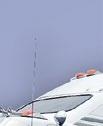








FAIRFAX
• 15.1m




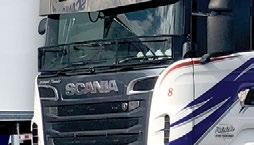


Fairfax Signature Semi-Trailer
• Full chassis (Black)
• Quick remove skidplate
• SAF axles 3 fixed, 1 steer
• Wabco EBS
• 28 pallet deck
• Forklift rated floor
• Muti-temp fridge ready 2 rows of F track
Other spec options available








John Stevens
+64 21 532 135 john.stevens@fairfaxindustries.co.nz

Freighter B-Train Dry Freight
• SAF 19.5 axle
• Mezz floor ready (Floors optional)
• WABCO EBS
• Disc brakes
• Steel deck
• 2 x toolbox’s
• Chock carrier
• Curtain colour customer choice (excludes sign writing & clearcoat)
• Black chassis White walls
• Rope rails & chainplates Jost greaseless turntable

+64 27 2890 282 craig.vandernagel@fairfaxindustries.co.nz Neil


+64 27 372 7035 neil.patel@fairfaxindustries.co.nz
The Road Safety Truck will be a must-visit attraction in the Kids Zone, offering interactive, hands-on experiences designed to educate and engage visitors of all ages.
Step Into a Truck Driver’s Shoes – Experience the road like never before with Virtual Reality Headsets, giving you a driver’s-eye view of truck blind spots and road safety challenges.
Learn Essential Safety Skills – The “Don’t Muck with a Truck” programme teaches kids how to stay safe around heavy vehicles in a fun and engaging way.
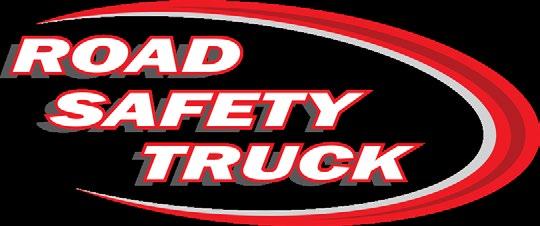
Motorcycle Safety Blind Zone Demonstration
Join Peter Daly, Road Safety Coordinator from Waimakariri District Council, for an eye-opening safety demonstration at the front of the Road Safety Truck:
See What Truck Drivers See – Sit in the cab and experience firsthand how motorcycles disappear into blind spots.
Learn Life-Saving Strategies – Discover key safety tips for riding near heavy vehicles.
Gain Hands-On Experience – Understand realworld risks and how to stay safe on the road.
Don’t Miss This Must-See Safety Experience –March 8, 2025! See you at the show!
8 March 2025 9am - 4pm KIDSFREE -FREEPAR







































Hey Little Truckers!
By the time you are reading this you are probably well back at school. So, while your days might have you buried deep into your textbooks and lessons, flicking through the pages of the latest Little Trucker Down Under will be a great after-school reward. Speaking of school, did you know that we have our very own Little Trucker Down Under book covers?
They’re so cool, with pictures of all different trucks that you can cut to size and stick on your books. Grab them from the Little Trucker Down Under shop on our website, www.littletruckerdownunder.com.
So what have we been up to? We’ve been spending a lot of time at truck shows around the country, checking out all the cool trucks lined up looking their very best. Check out our photos a couple of pages over of the Kids ‘N Rigs Truck Show. Were you there? Send us your pics!
Speaking of, we have a new contest going called Pic of the Month. Send us your photo of you at a show, or with a truck, or reading our magazine, or of just something really cool, and your photo could feature in the next edition of the magazine. We hope you enjoy this month’s Little Trucker Down Under!
Stay awesome, Shannon

Find the truck icon winner
Congratulations to Tamarah Clark, who correctly found the Little Trucker icon in last month’s magazine. We’ll be in touch to send you your prize.

Can you find the icon hidden



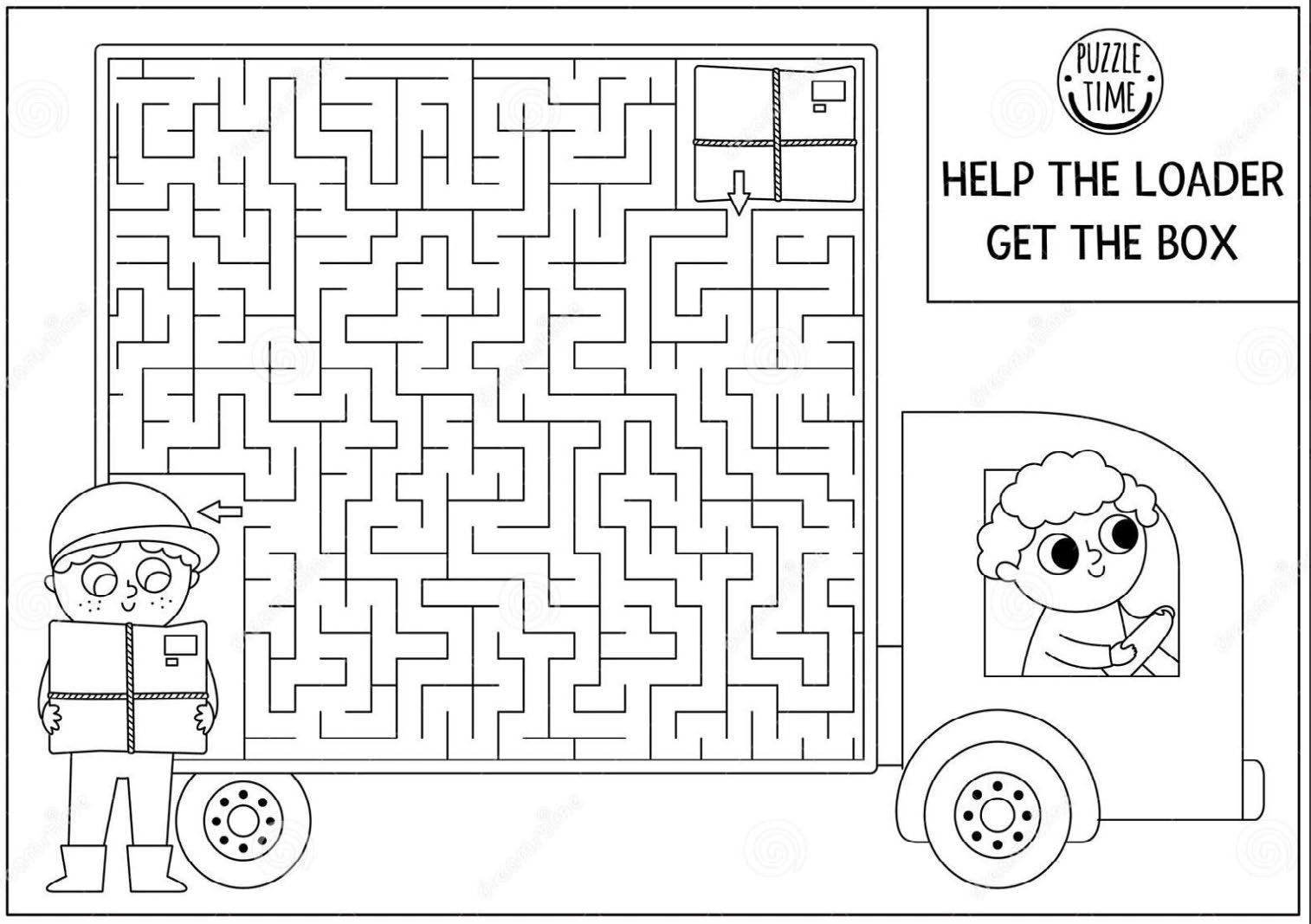


Have you got a cool photo to share? Send it through to us at shannon@ nztrucking.co.nz and you could be selected as our photo of the month!
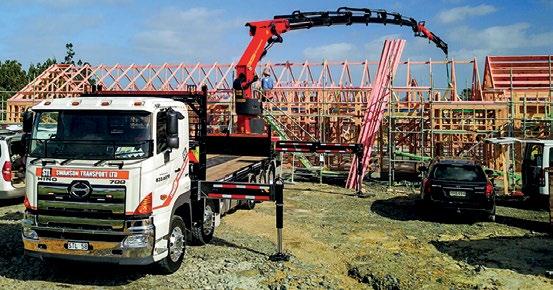
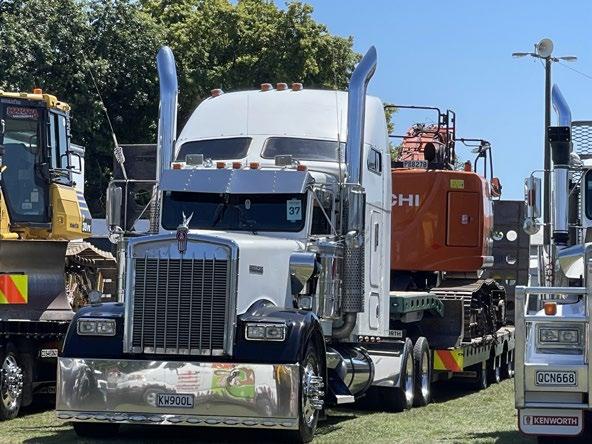

IPhotos by Dave McCoid
t was a fantastic sunny day down at Kids ‘N Rigs Truck Show in February!
There were 87 trucks on display looking their absolute best, and kids of all ages came along to the Richmond A&P Showgrounds to check them out!
A great day in support of a great cause, with all proceeds going to the Child Cancer Foundation. Were you there? Don’t forget to send us your pictures to shannon@nztrucking.co.nz.
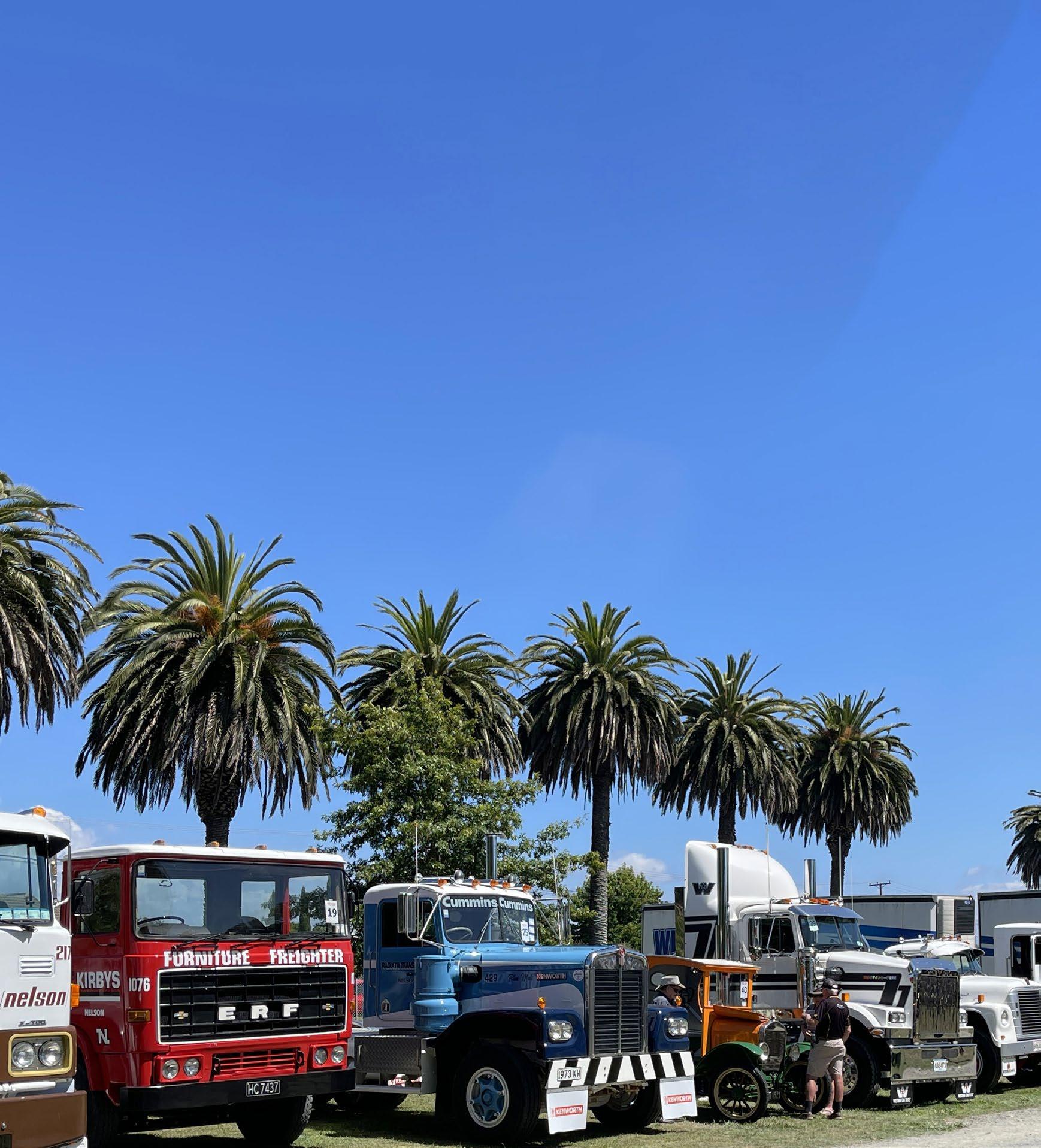
Little Trucker is brought to you by...




A united team delivering worldclass products through a first-class service





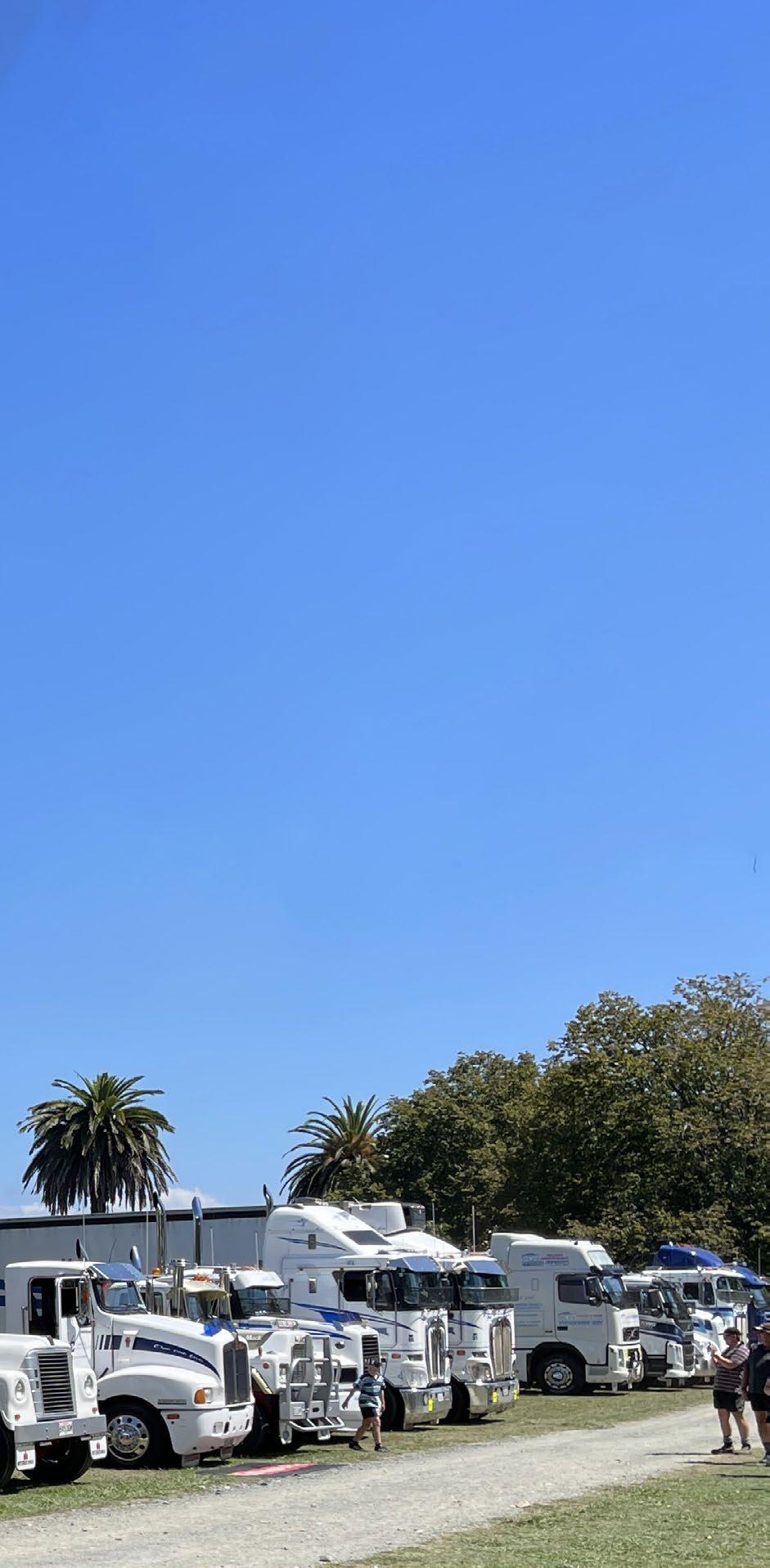





Send a picture of your colouring in to us at shannon@nztrucking.co.nz and we’ll share it in the magazine Name:

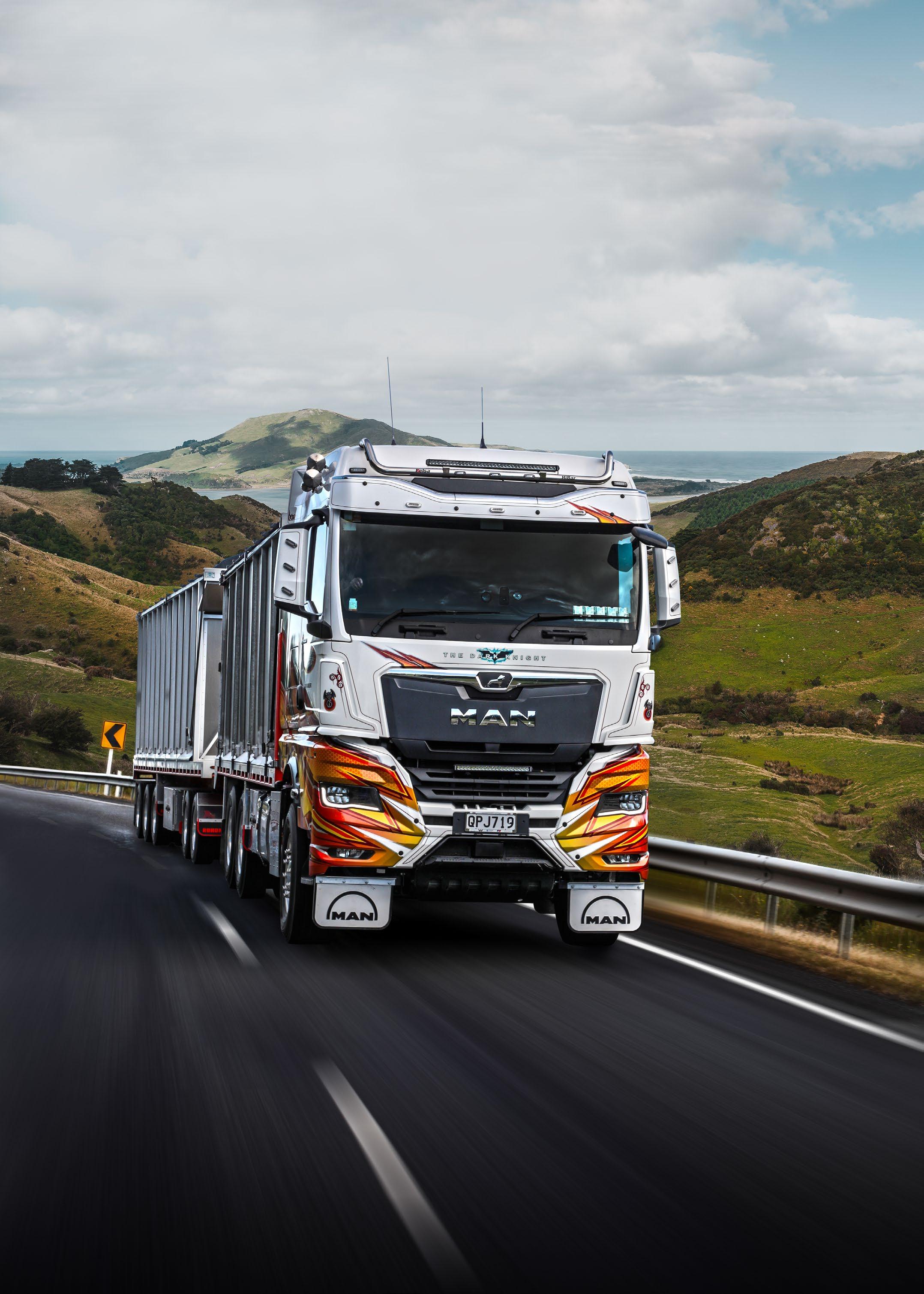
Whether you're driving through lush green hills or tackling tough backcountry roads, it’s crucial to enhance performance while keeping expenses under control. Check out the impressive 6x4 MAN TGX, recently added to the Kerley Brothers fleet. With a remarkable 640 horsepower, this truck conquers the demanding Waikato terrain with ease. The new MAN truck generation combines superior driver comfort, exceptional fuel efficiency, and advanced economy features. Built to optimize uptime and reduce operating costs, it’s the ideal business partner for long-lasting performance and savings.













